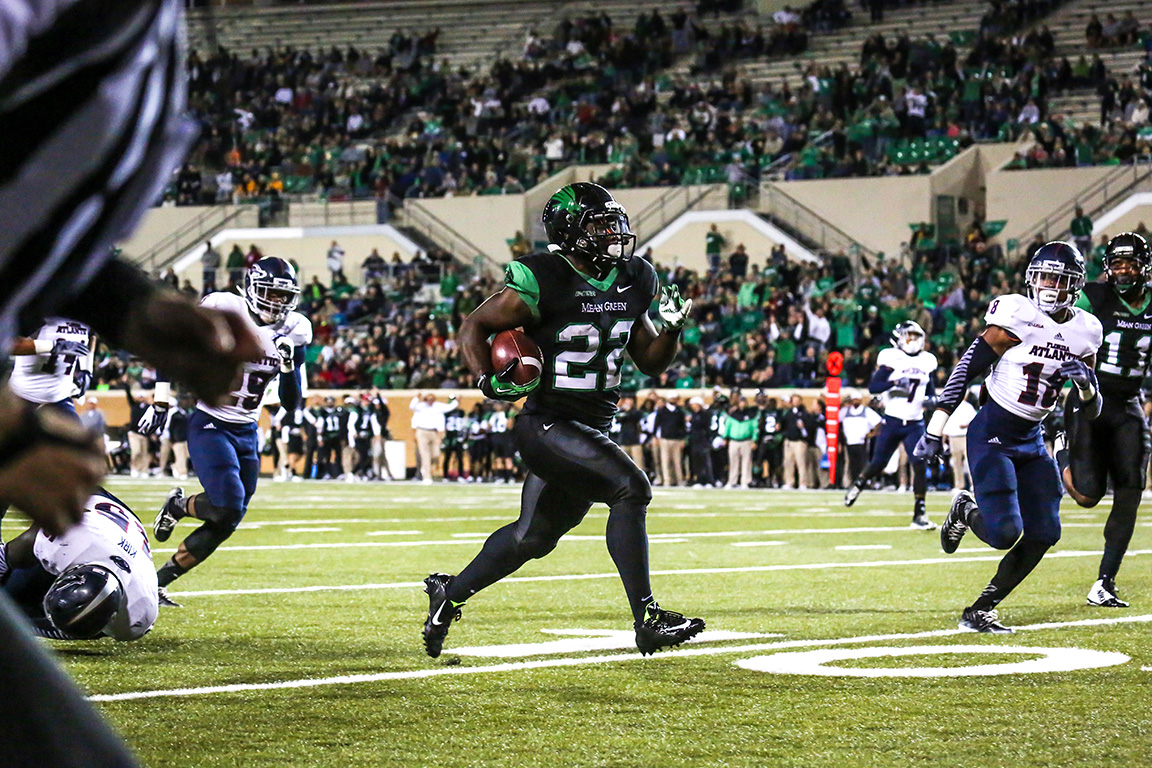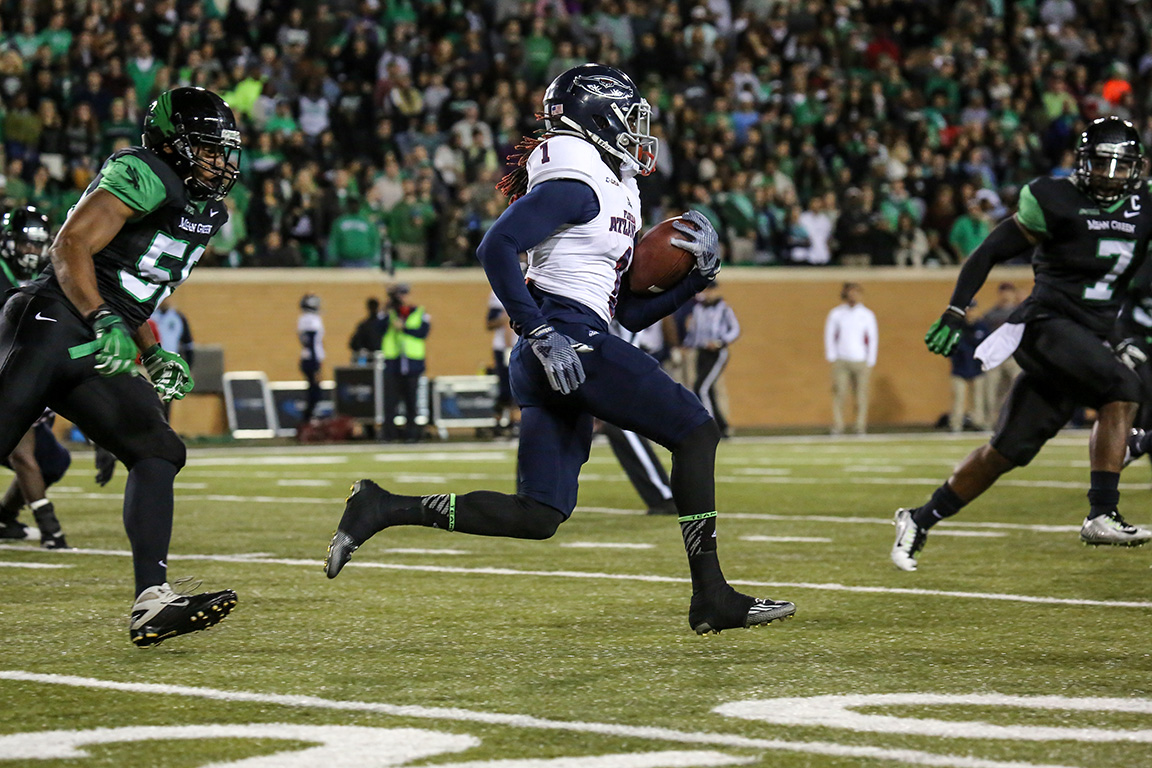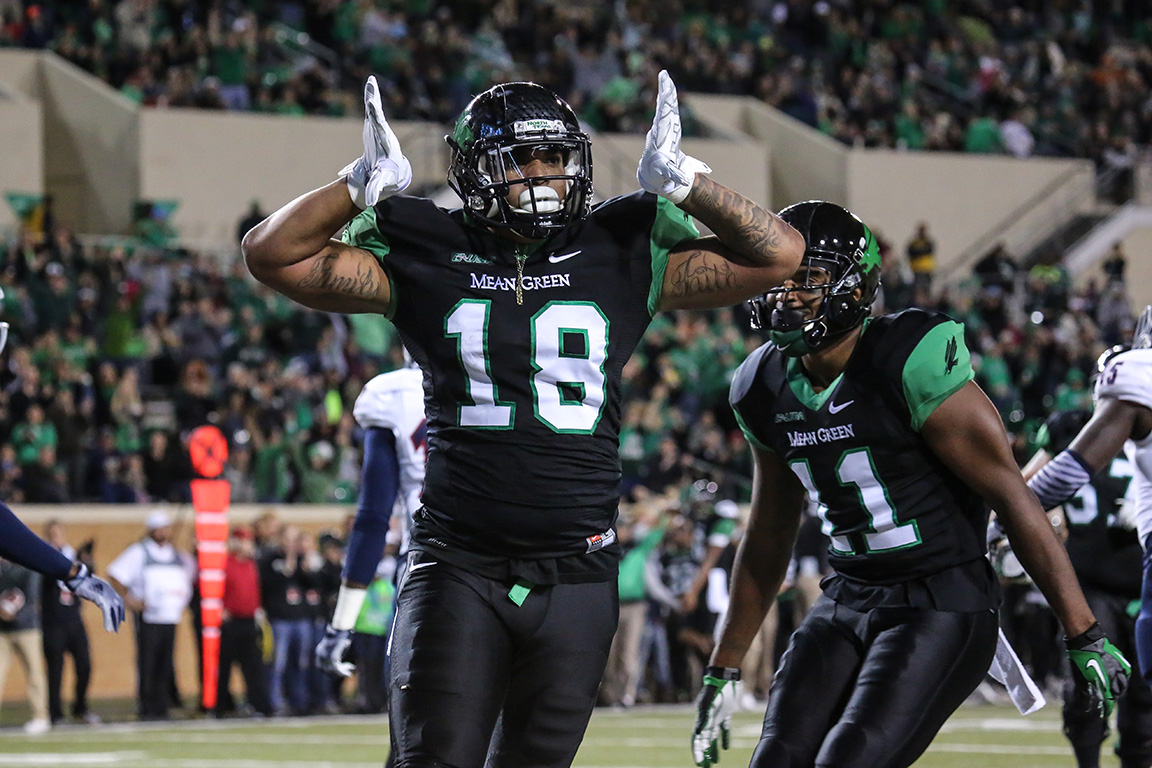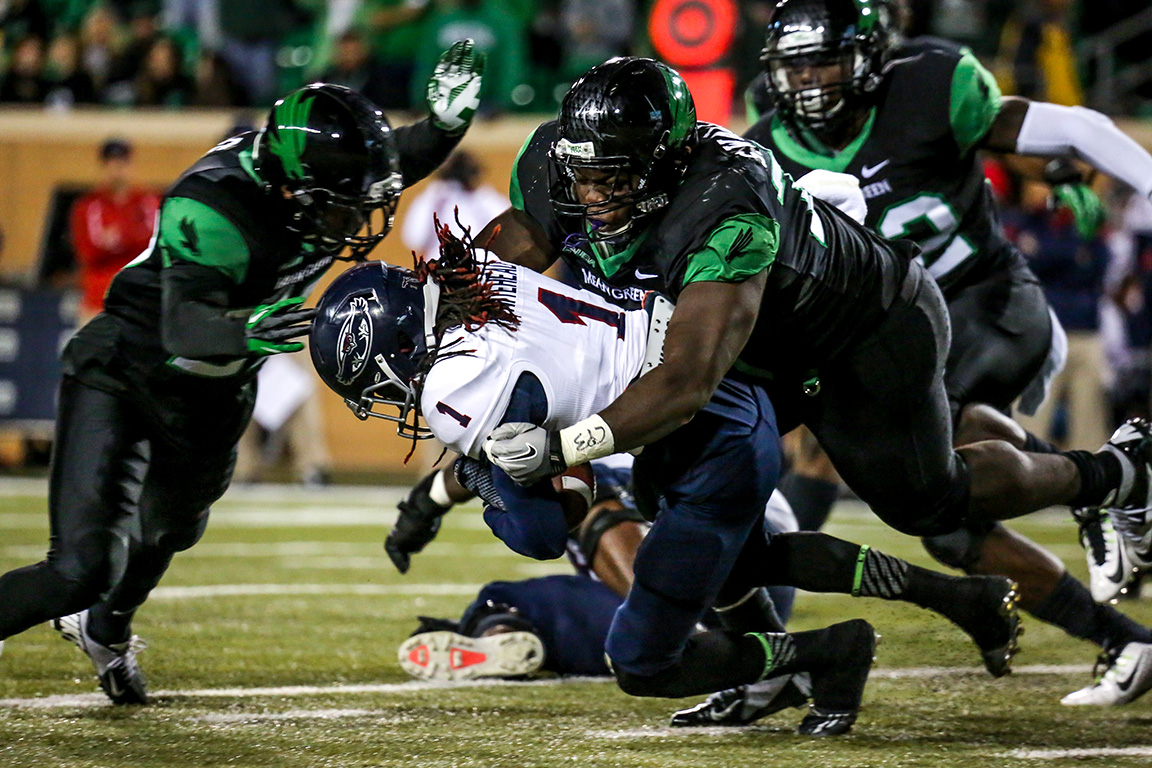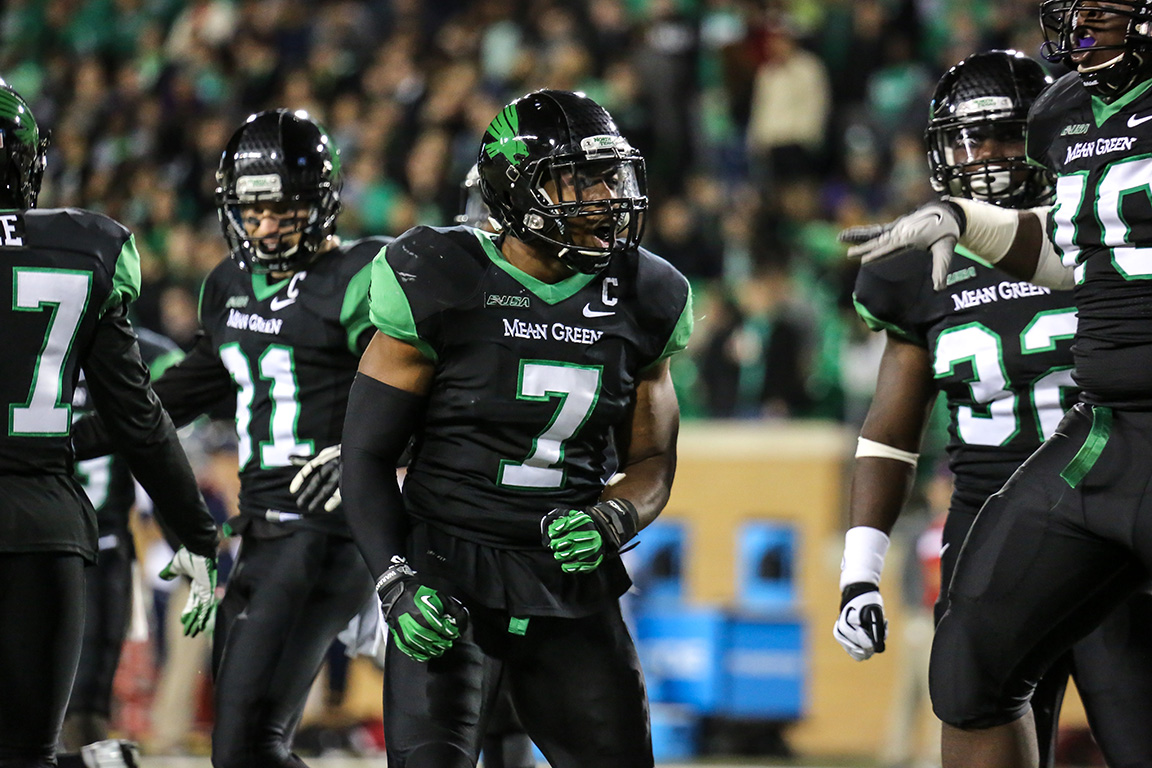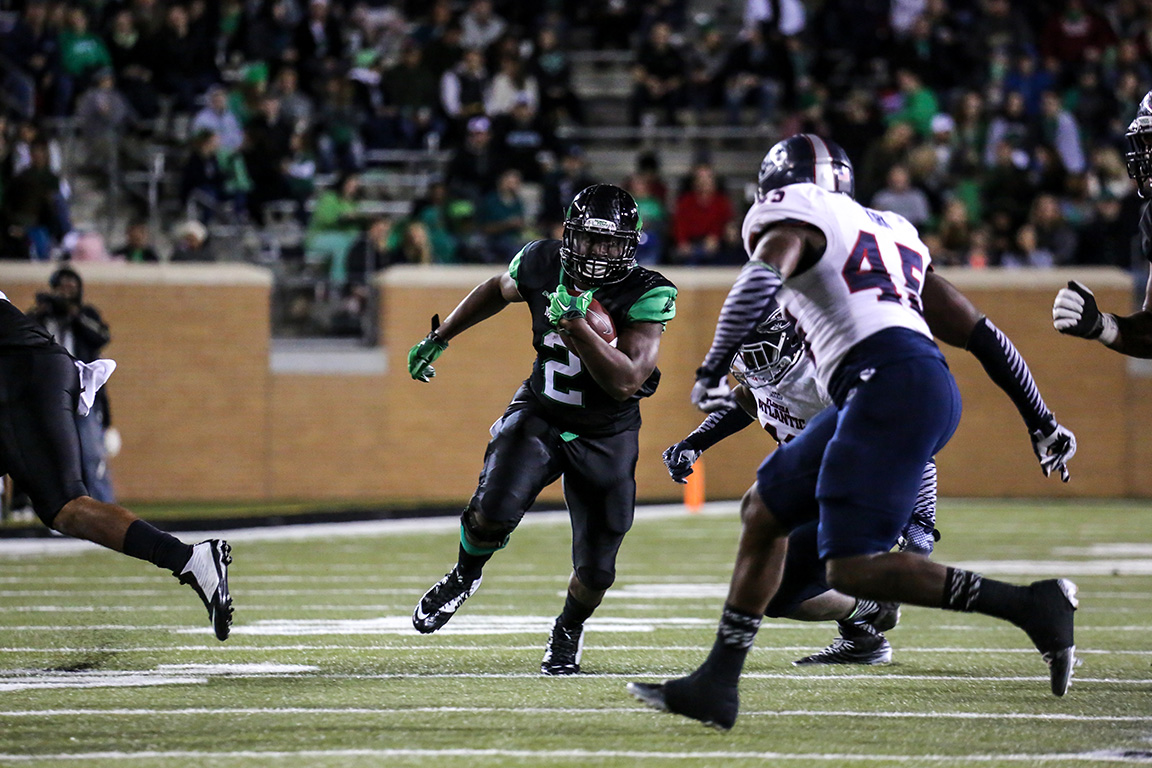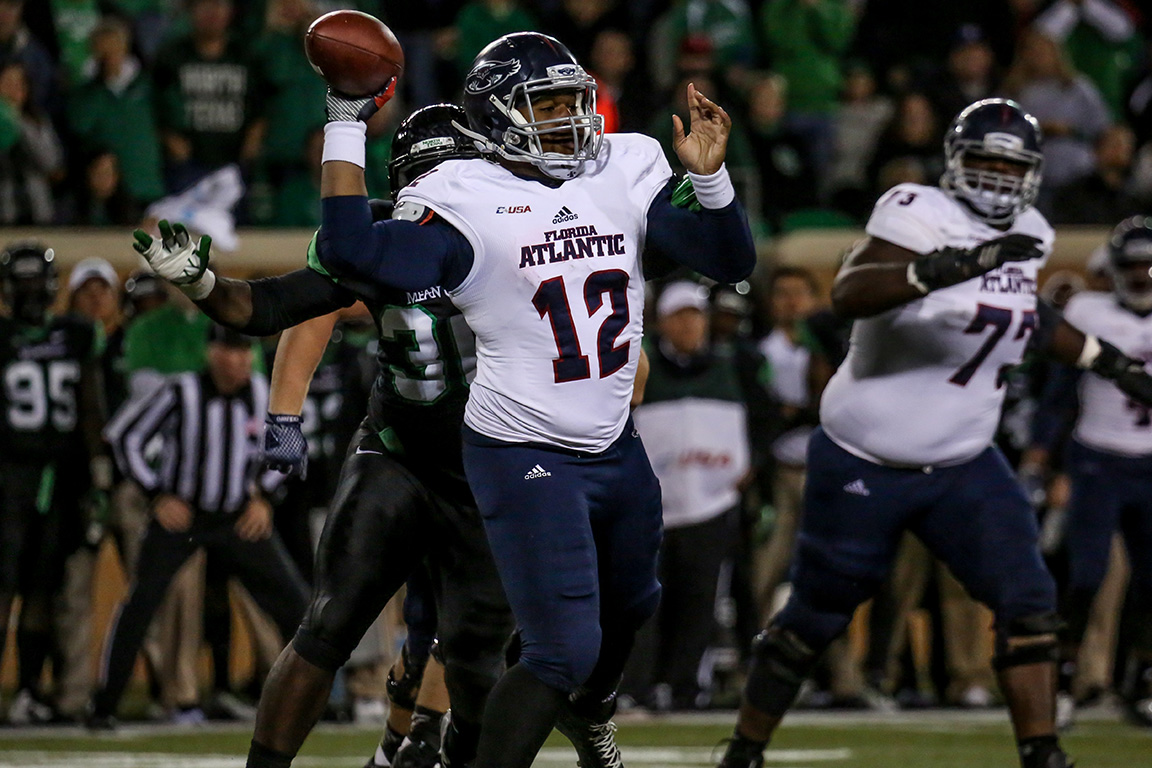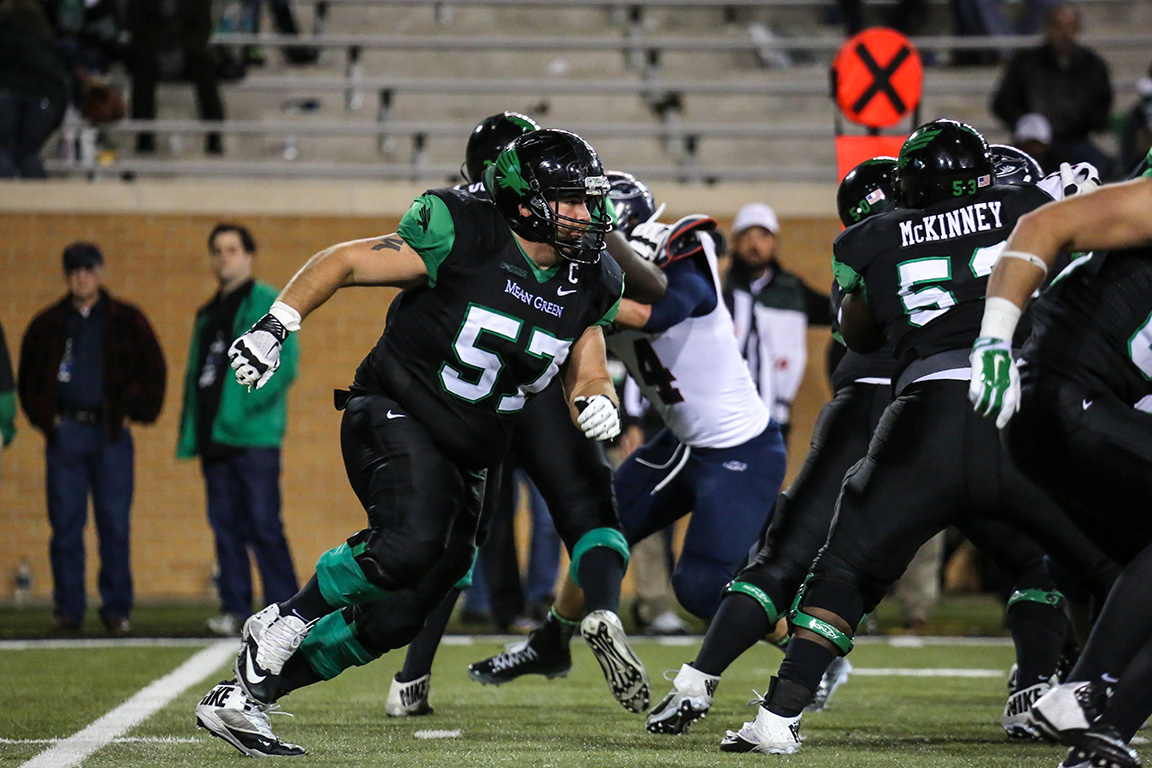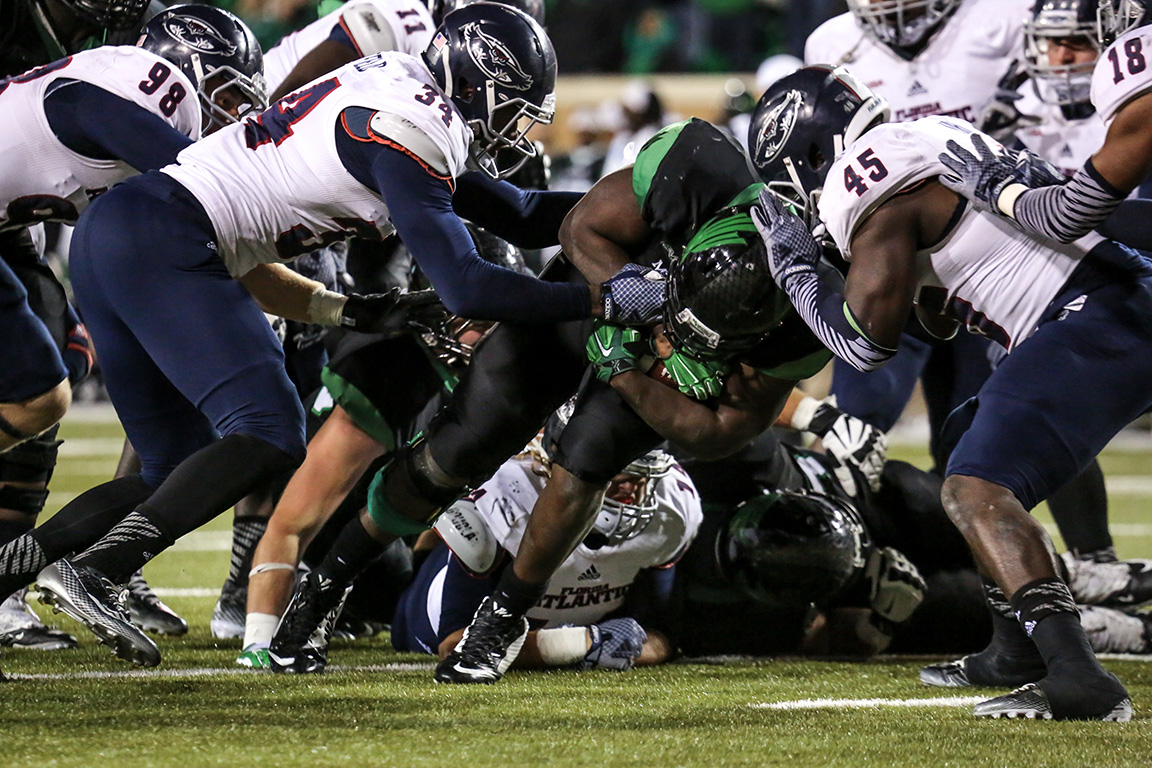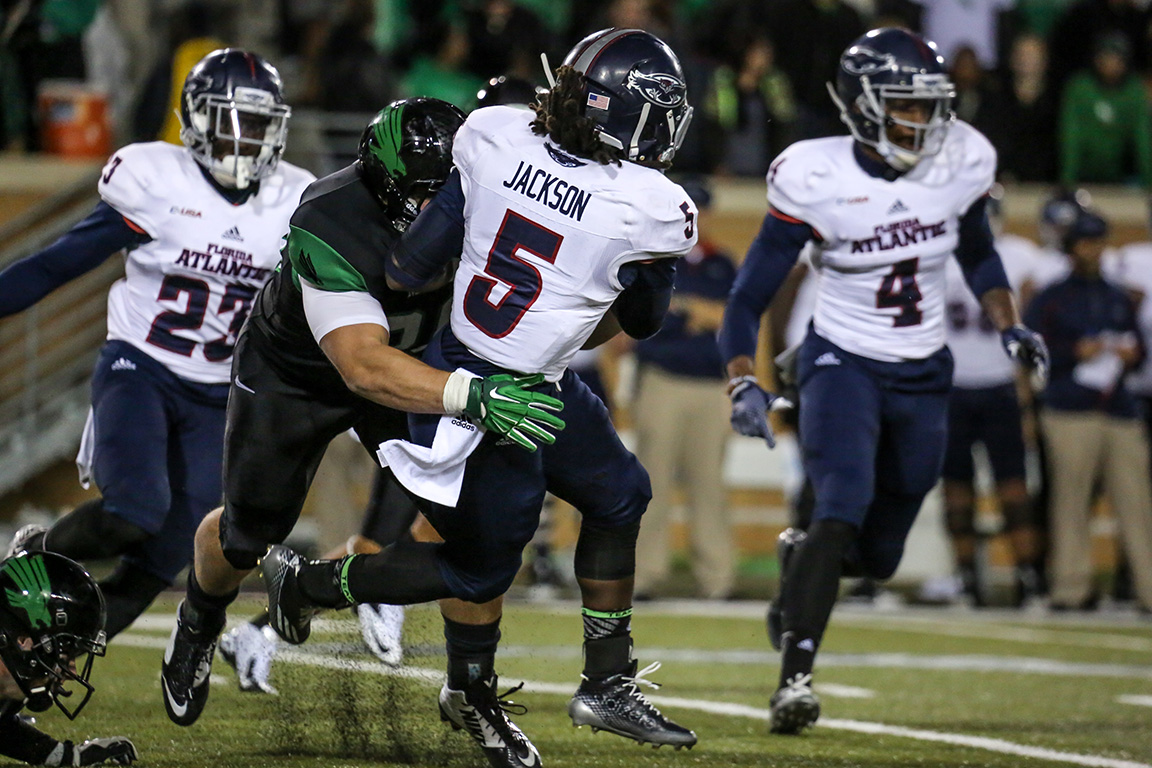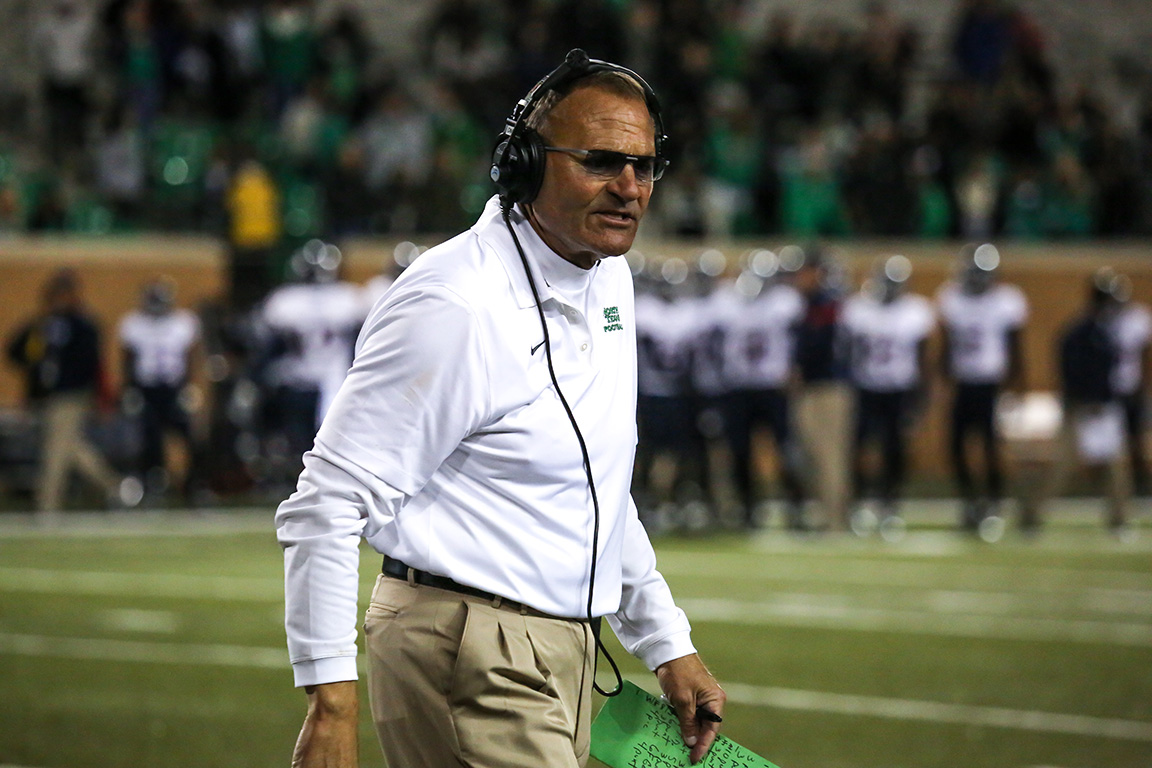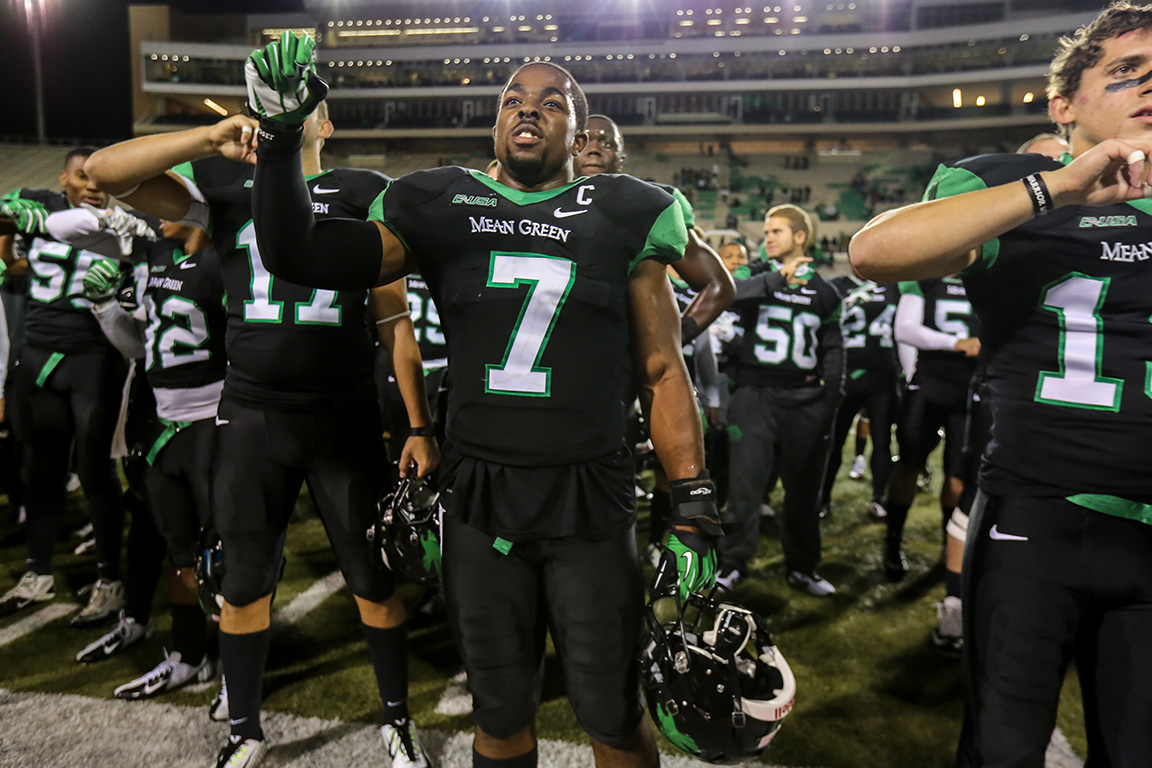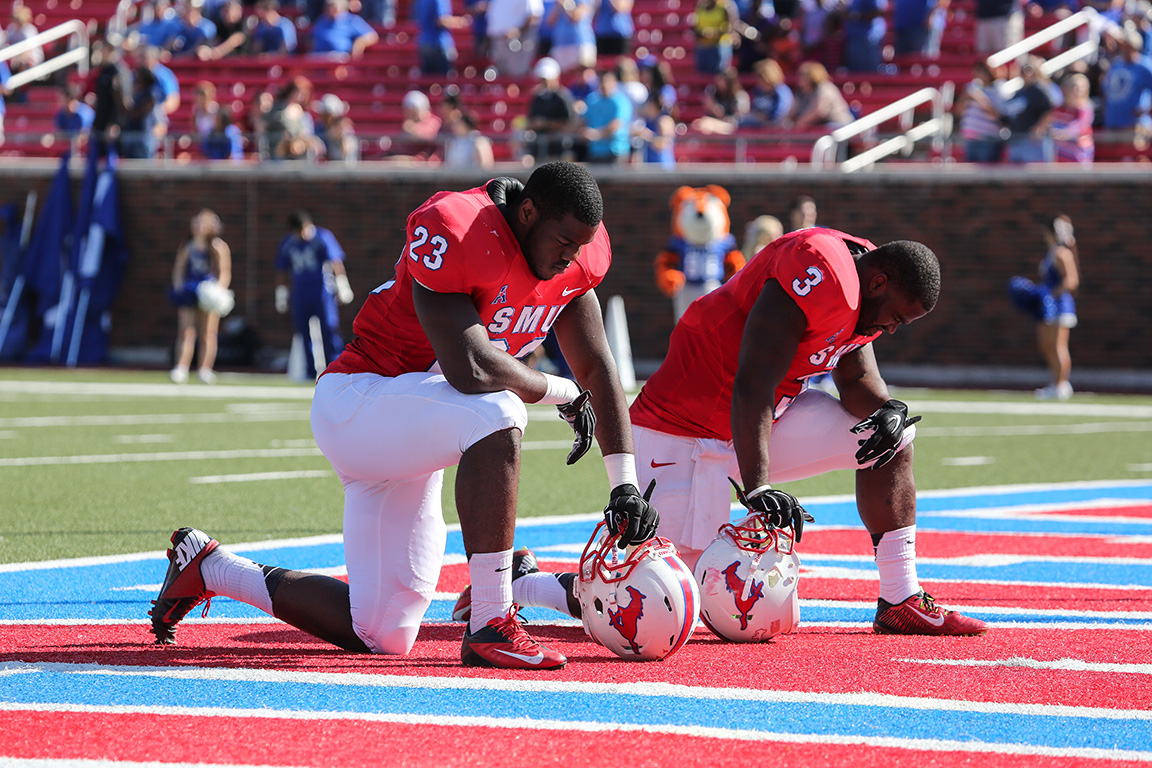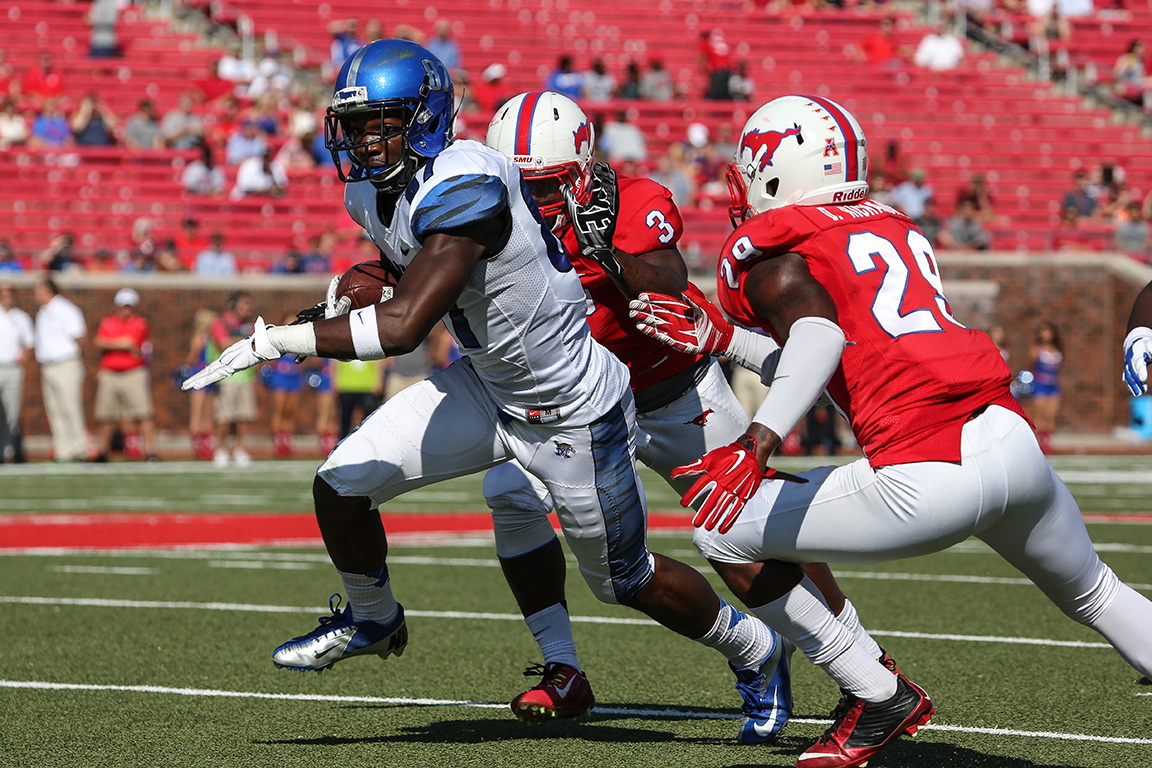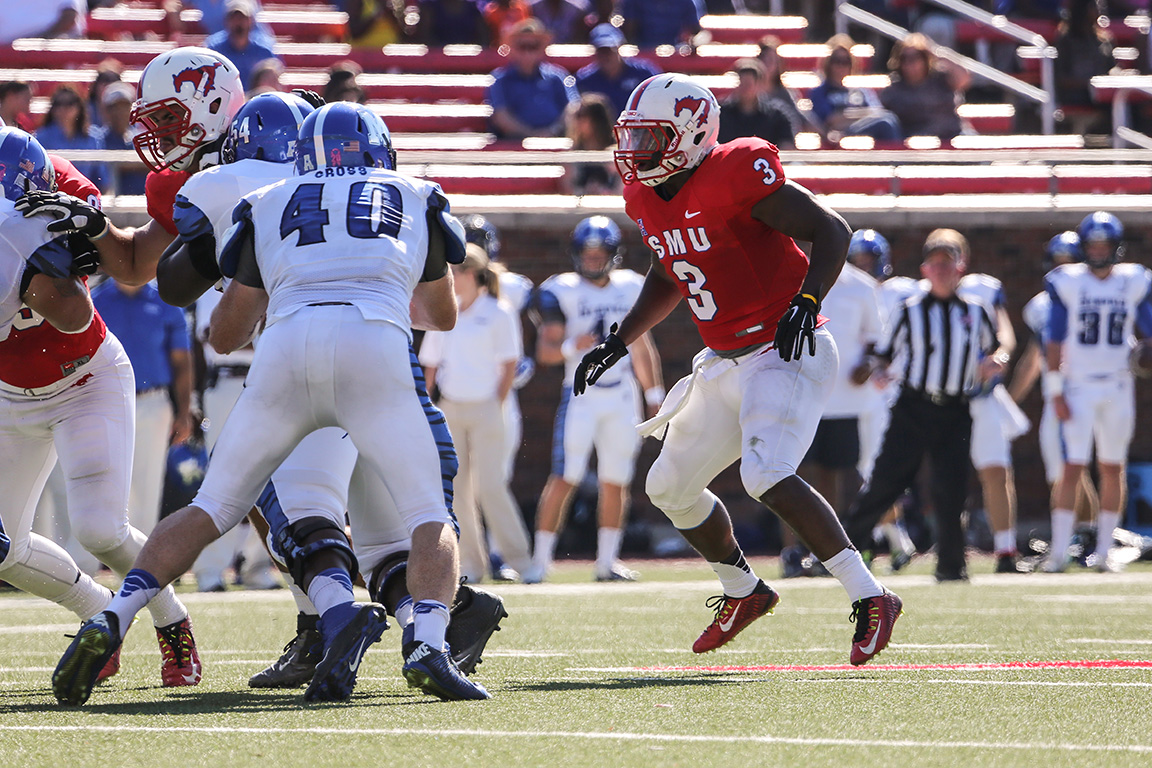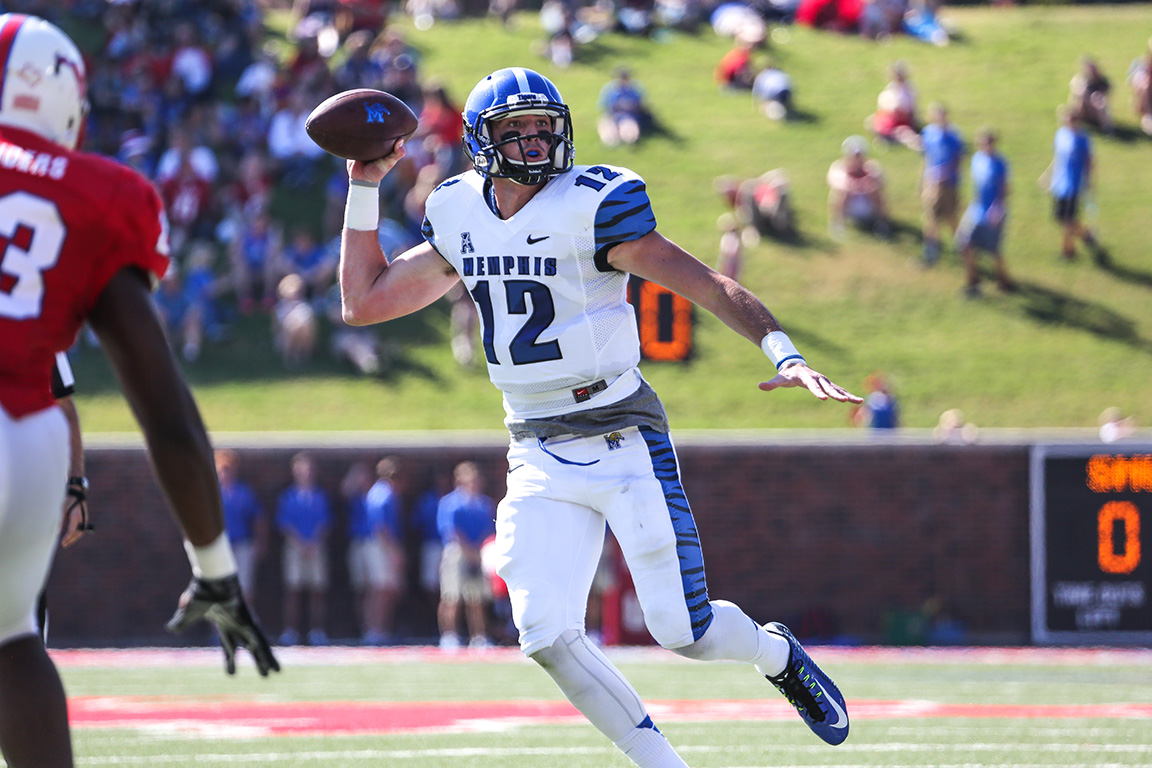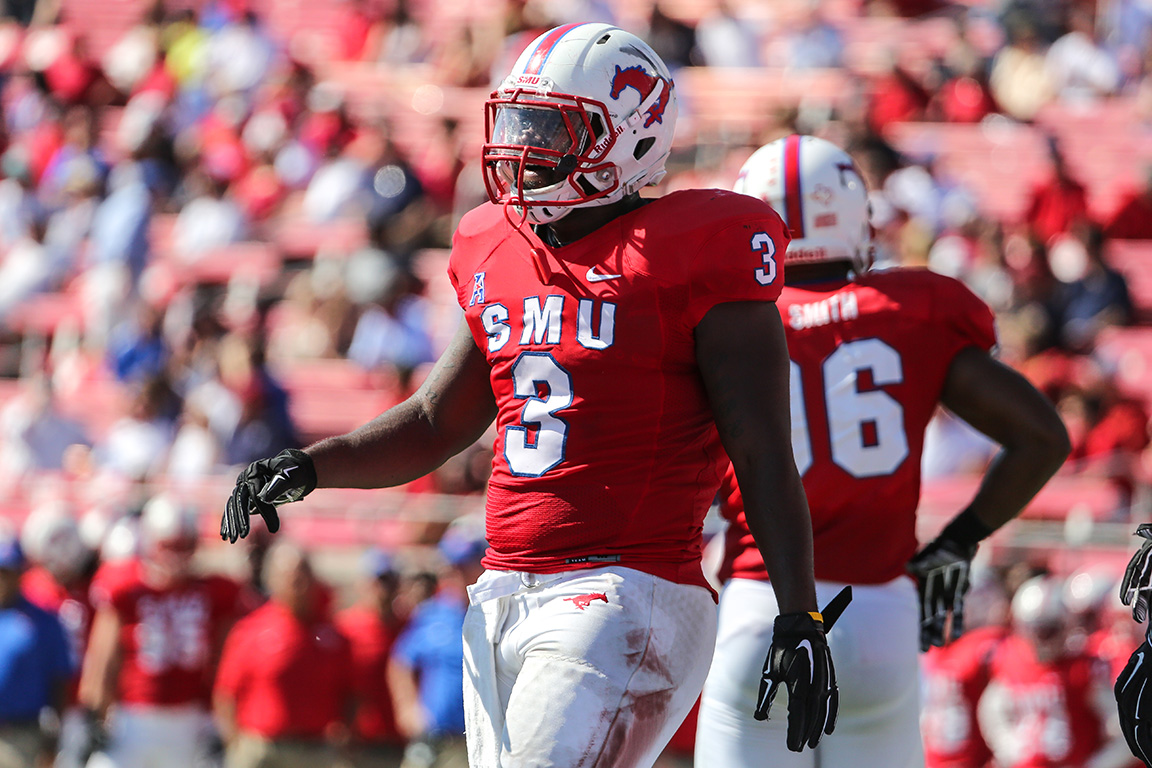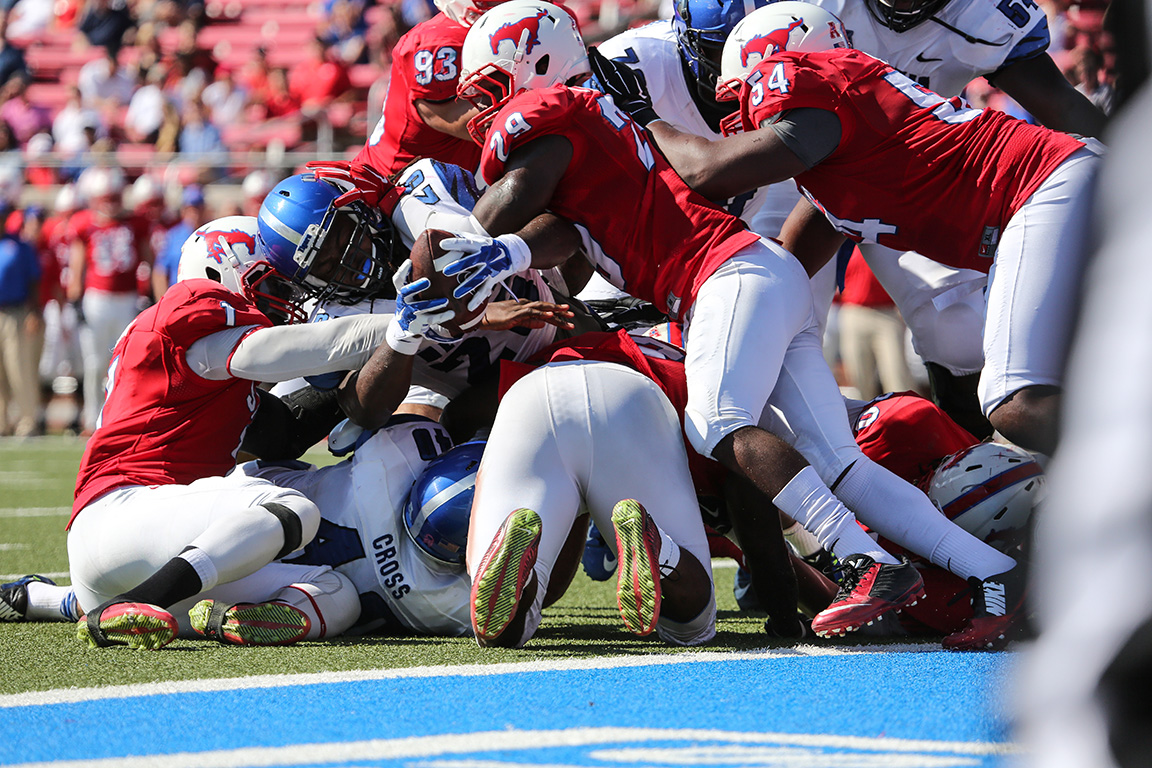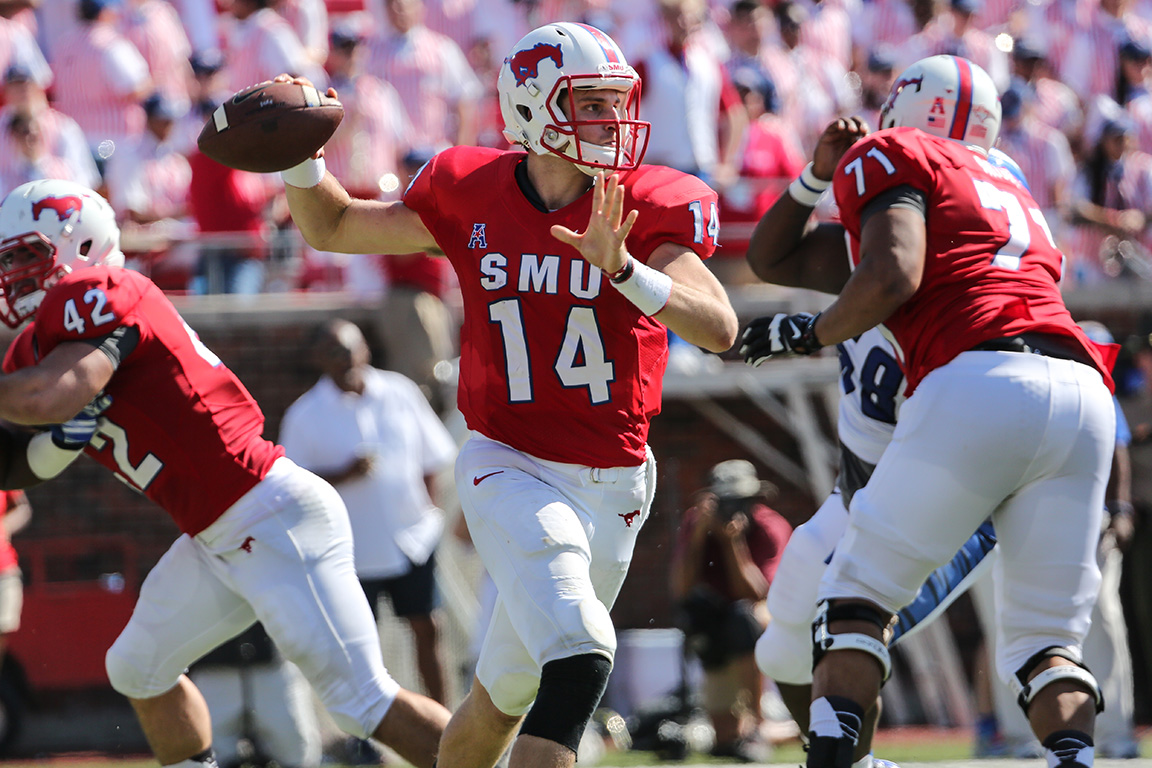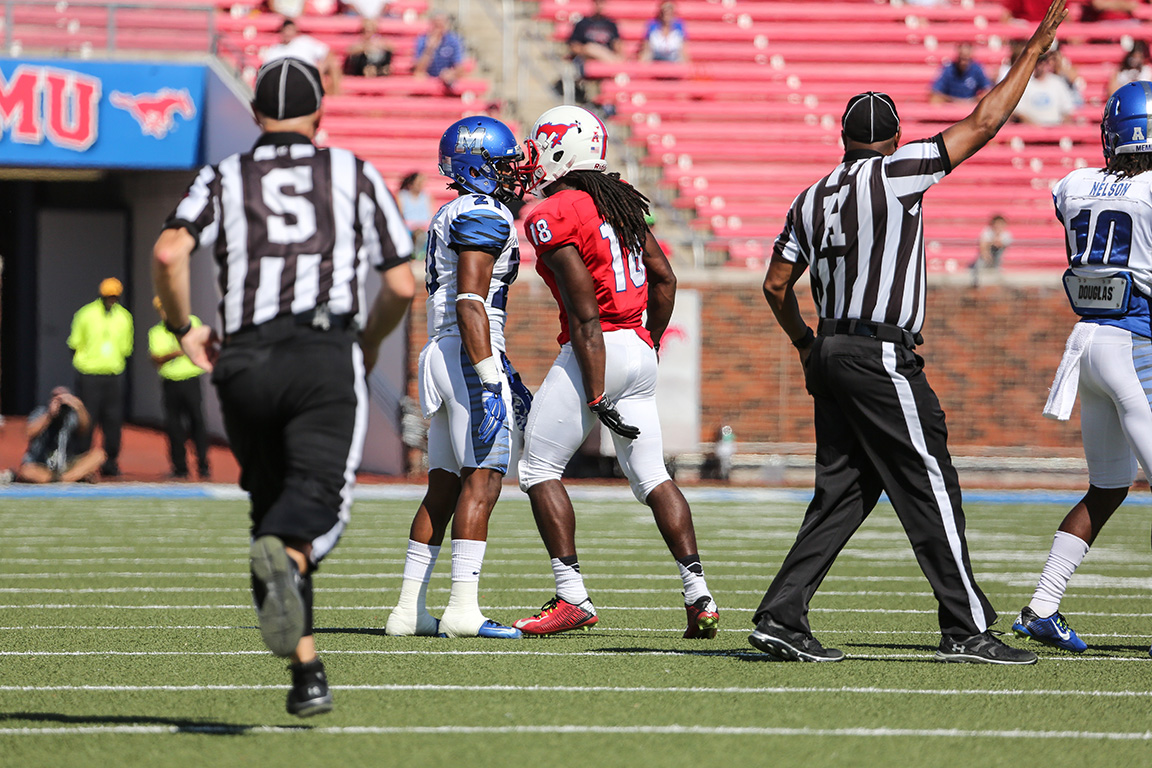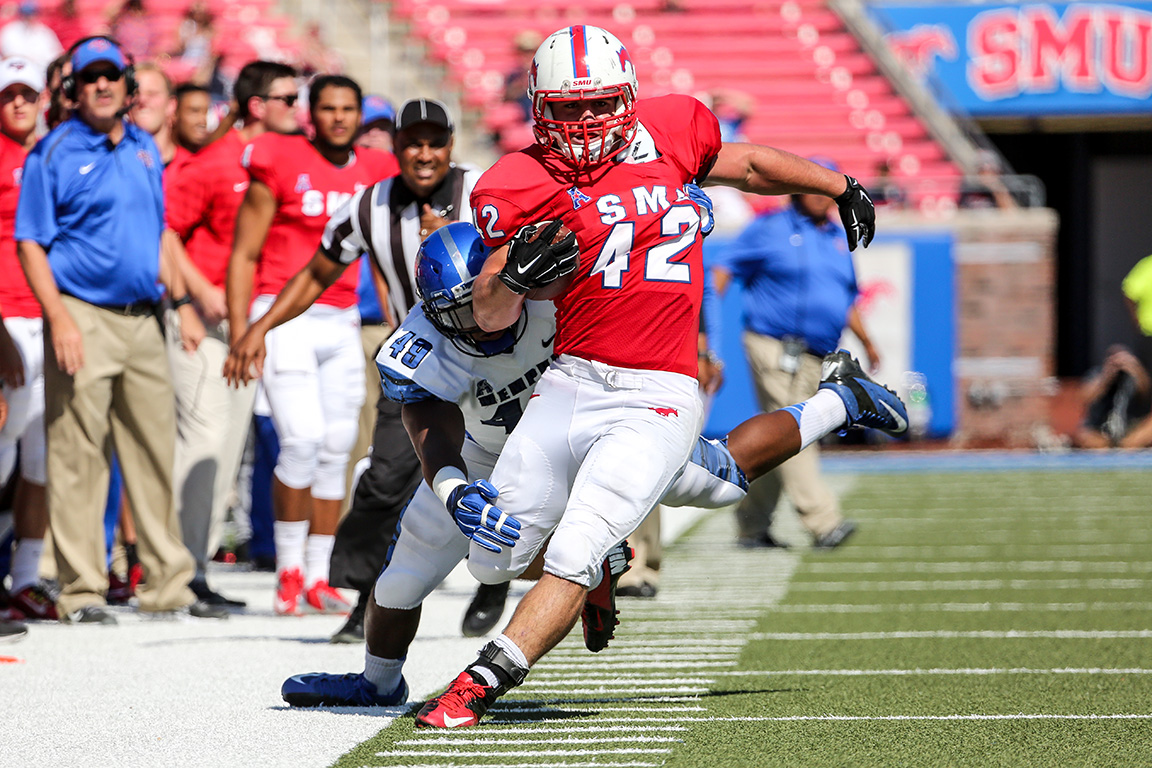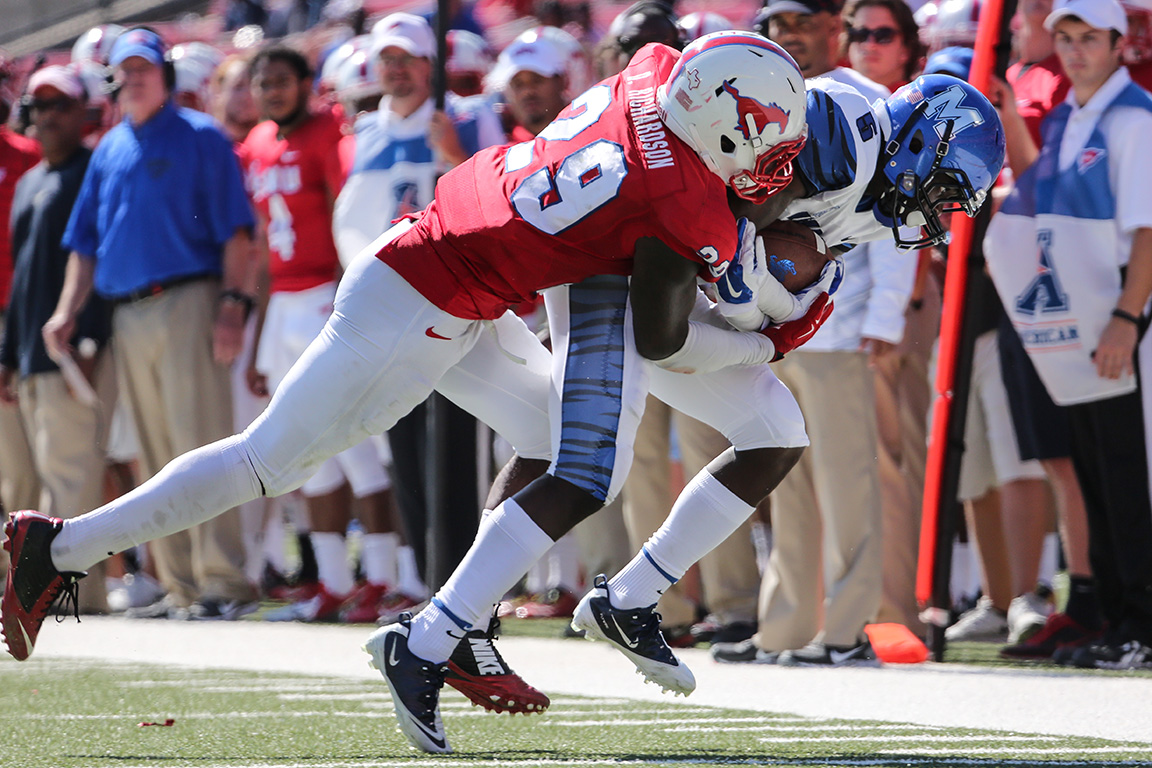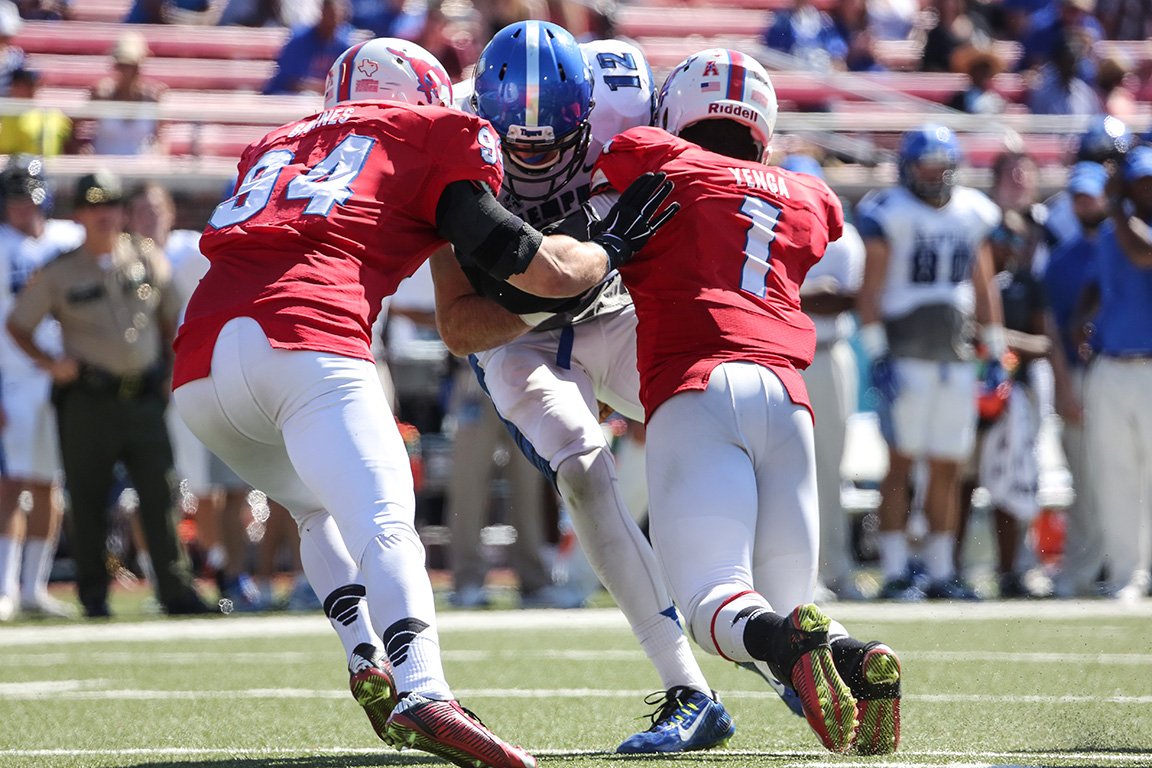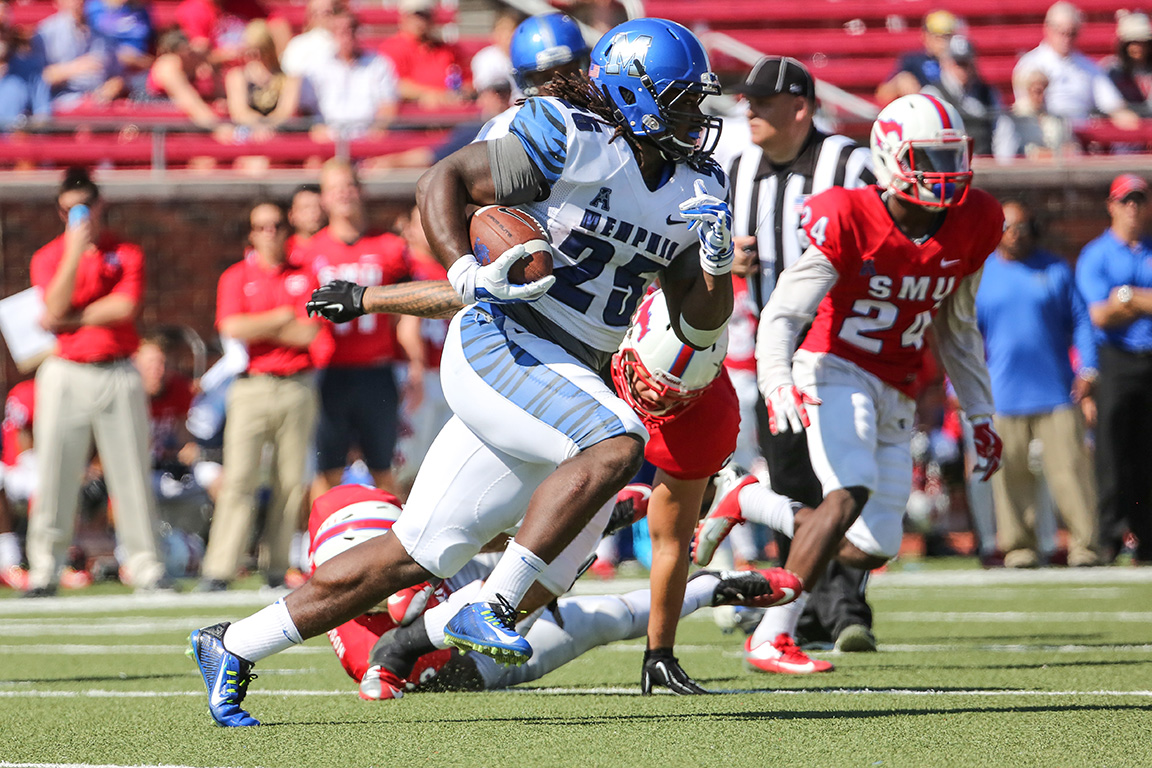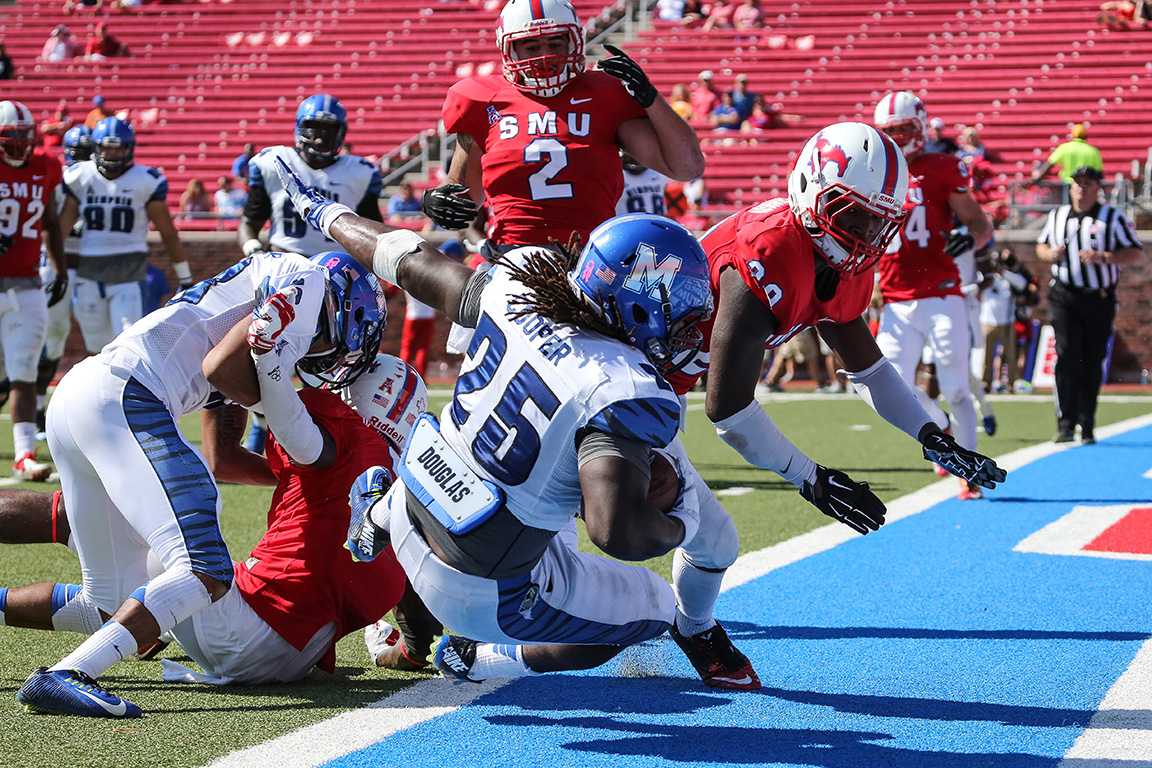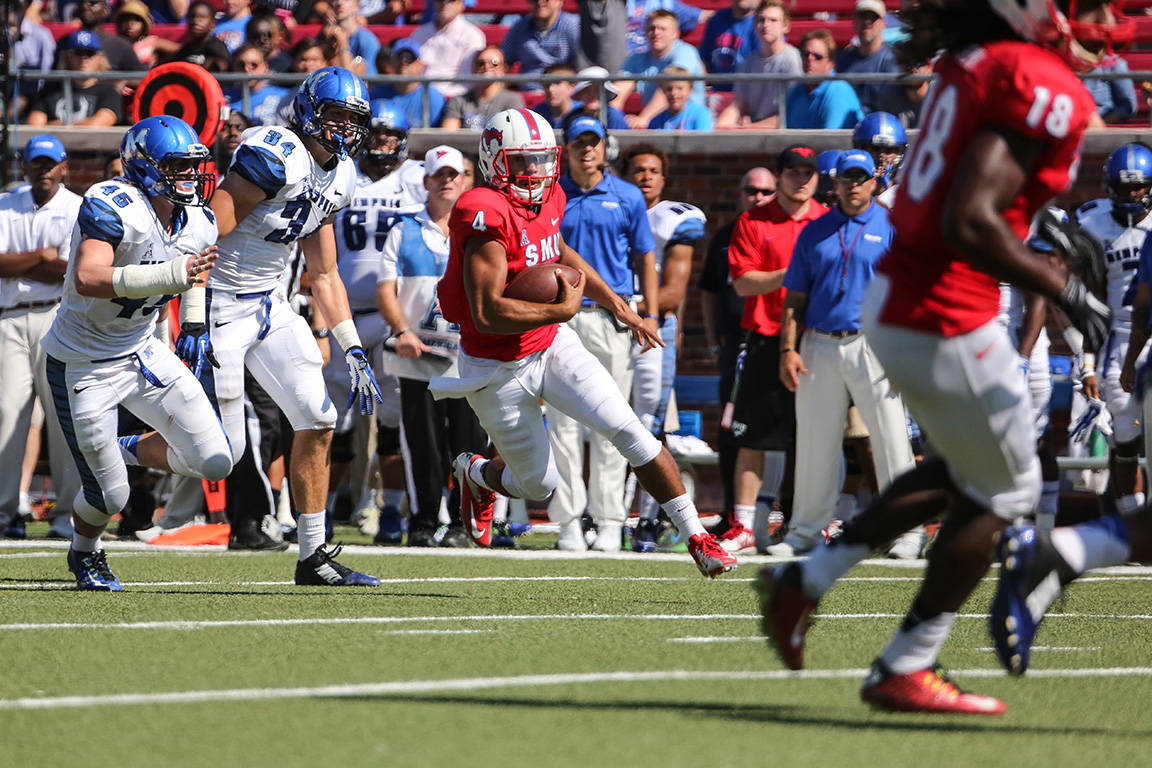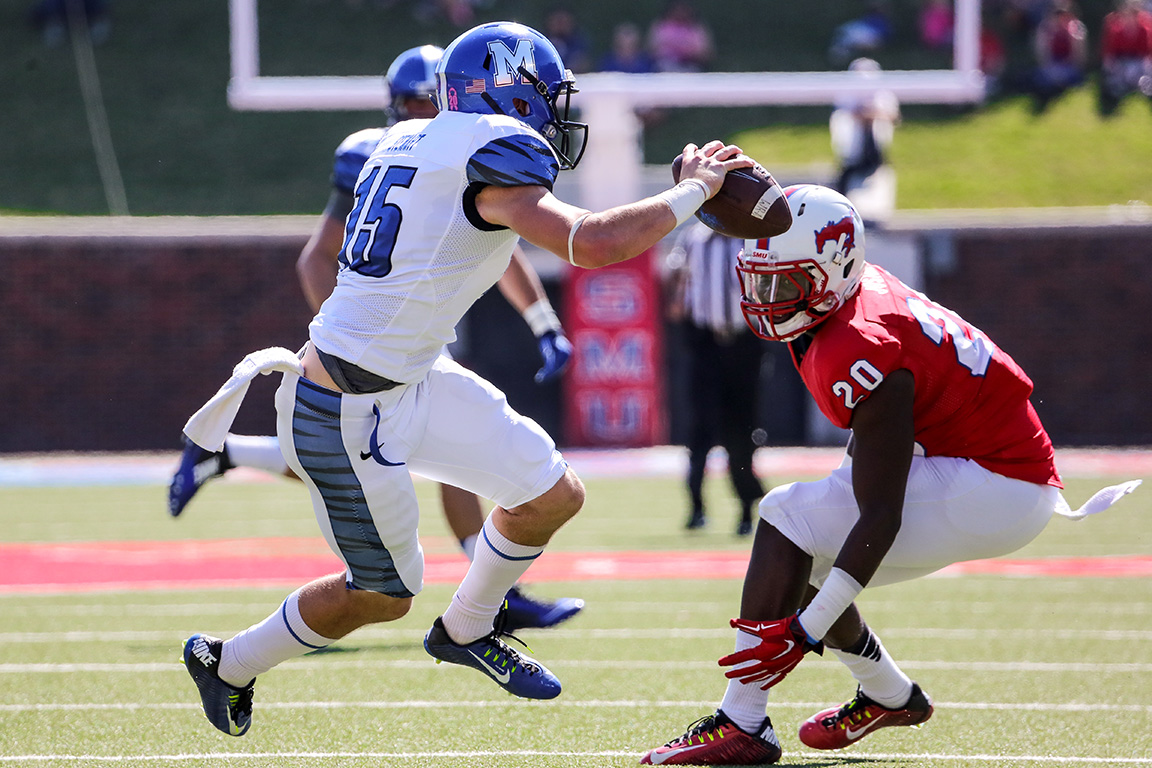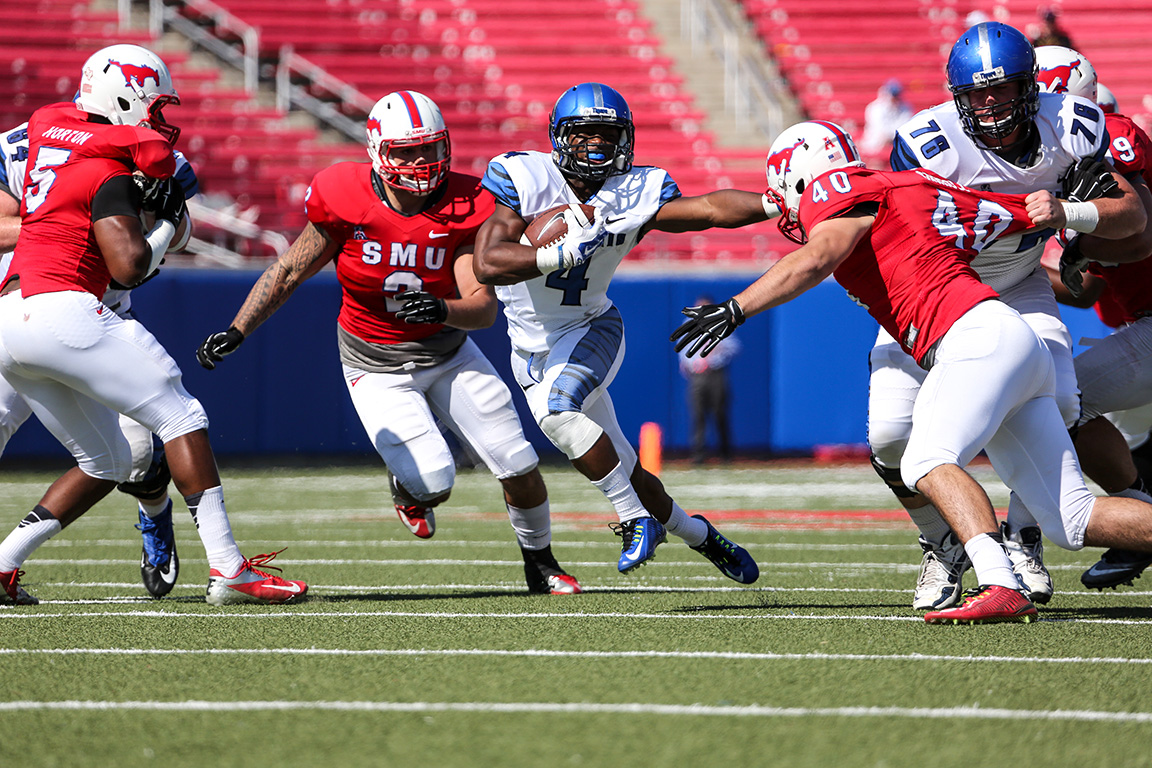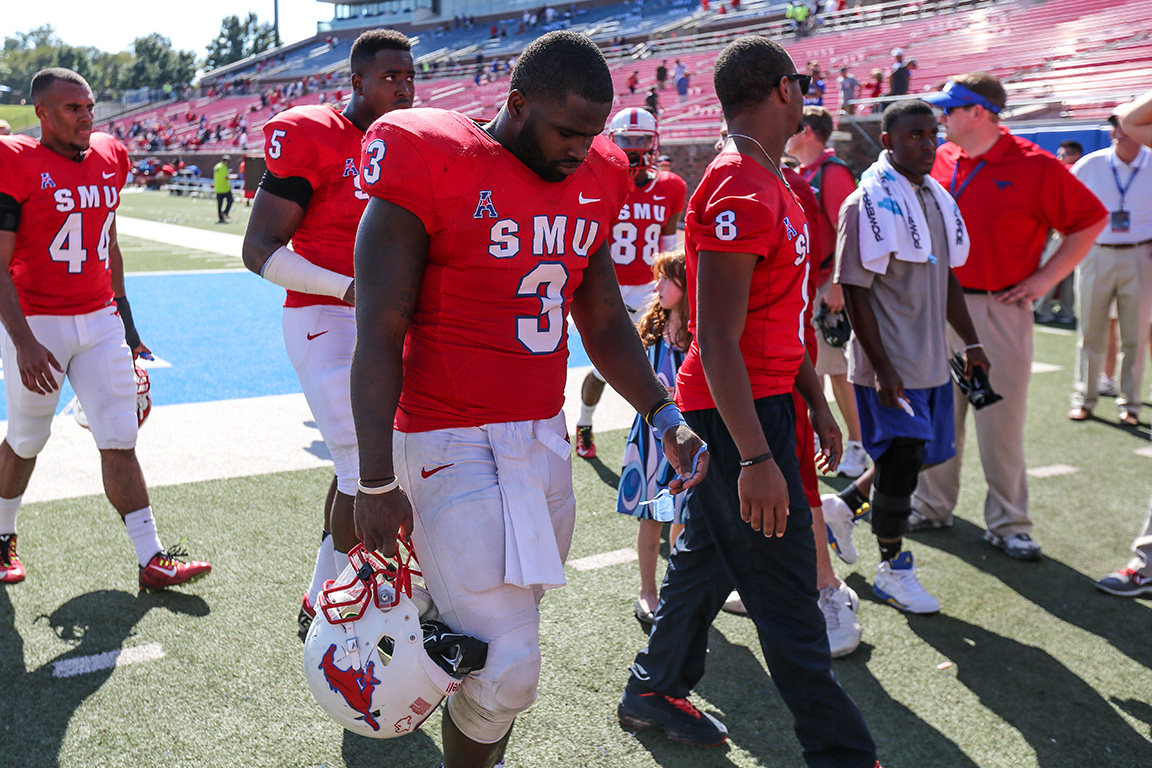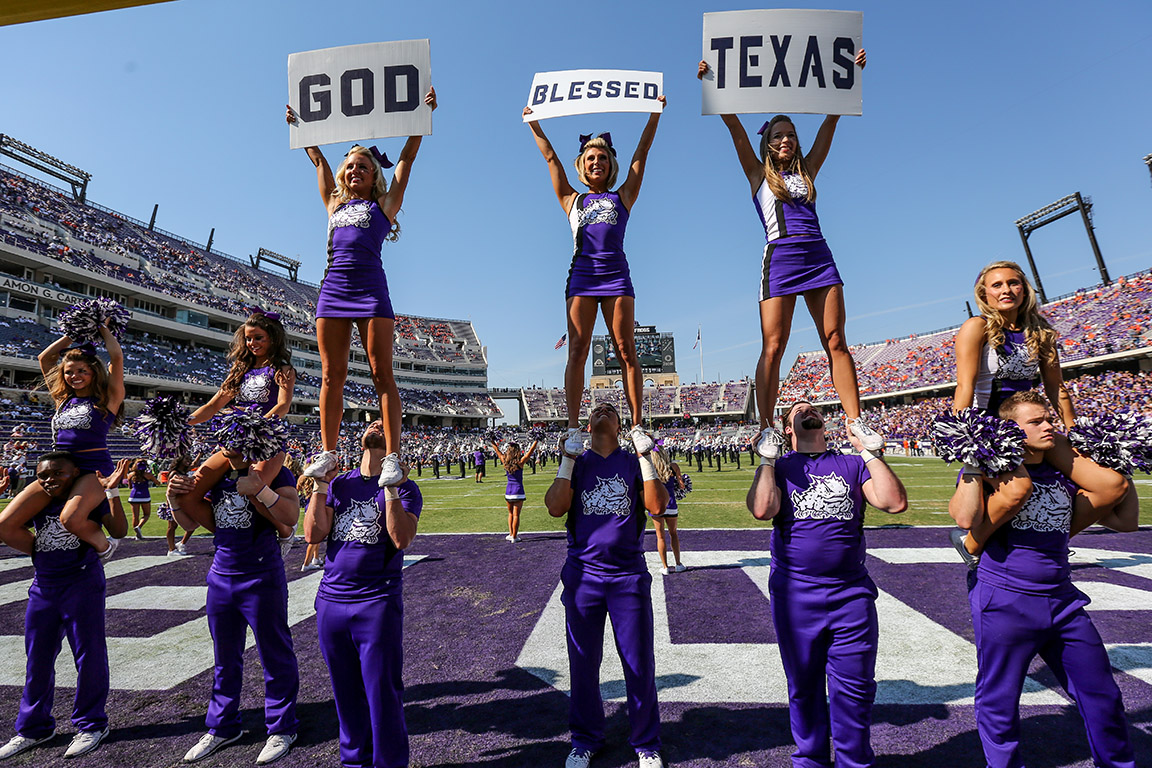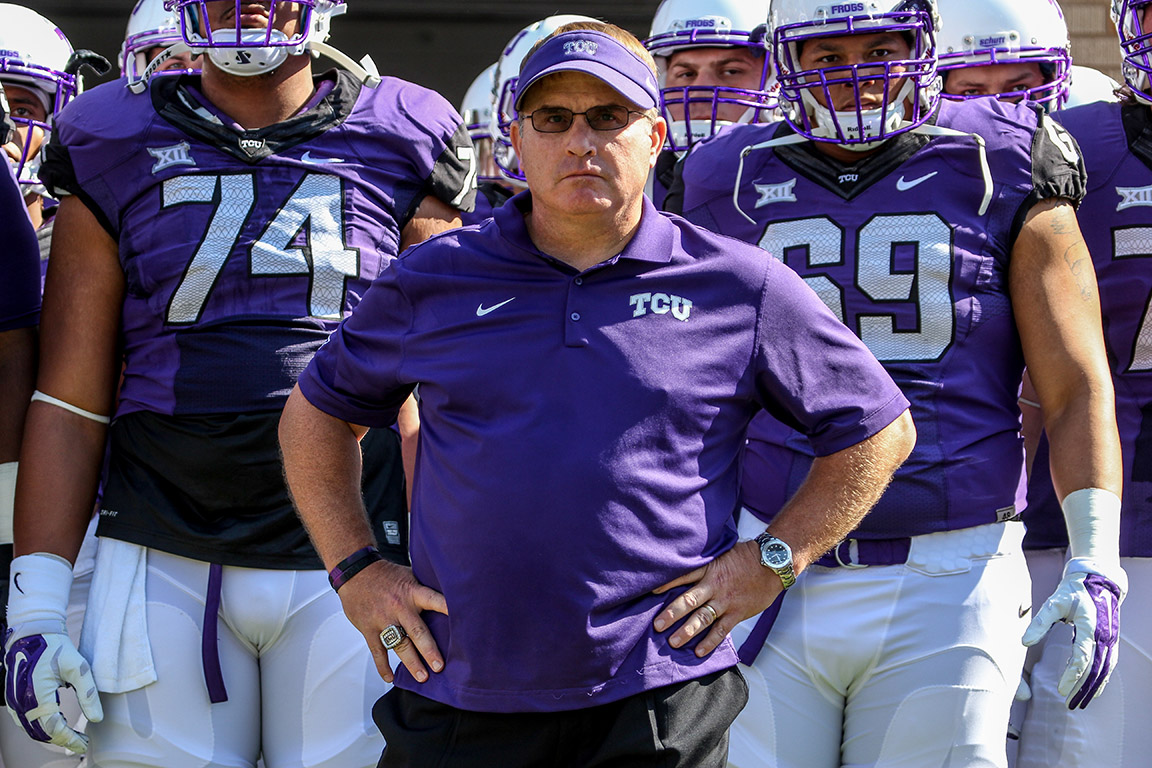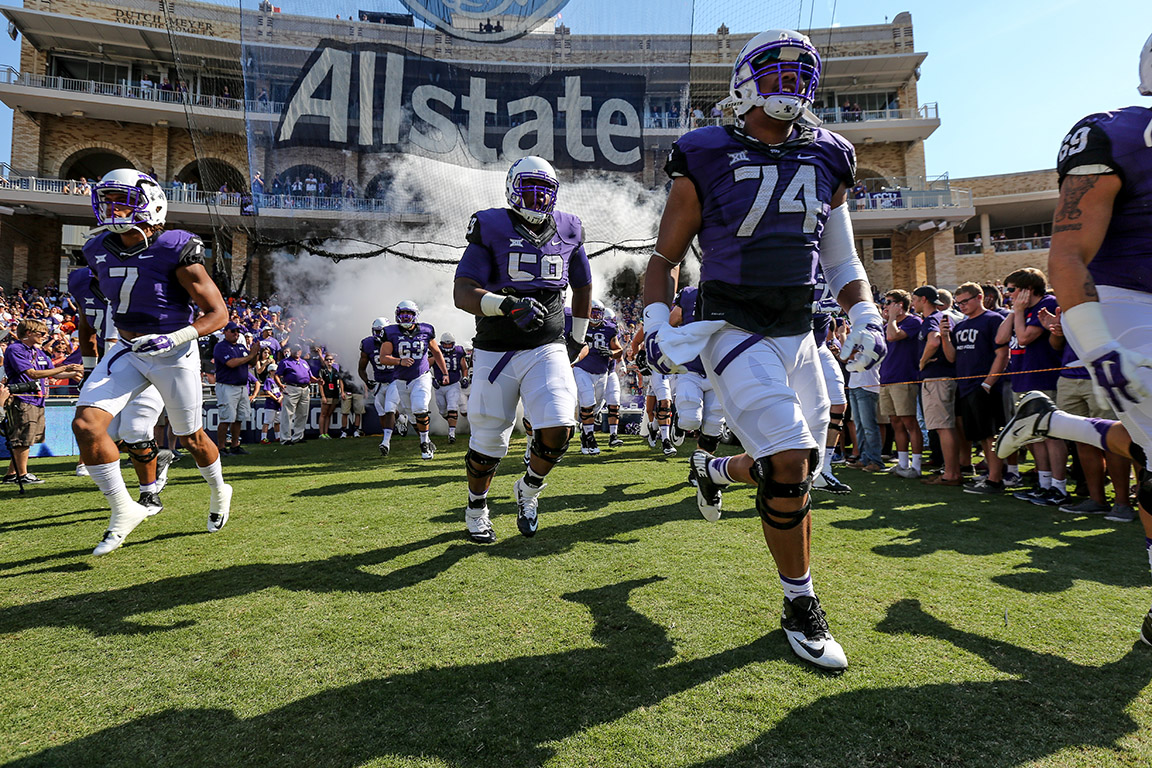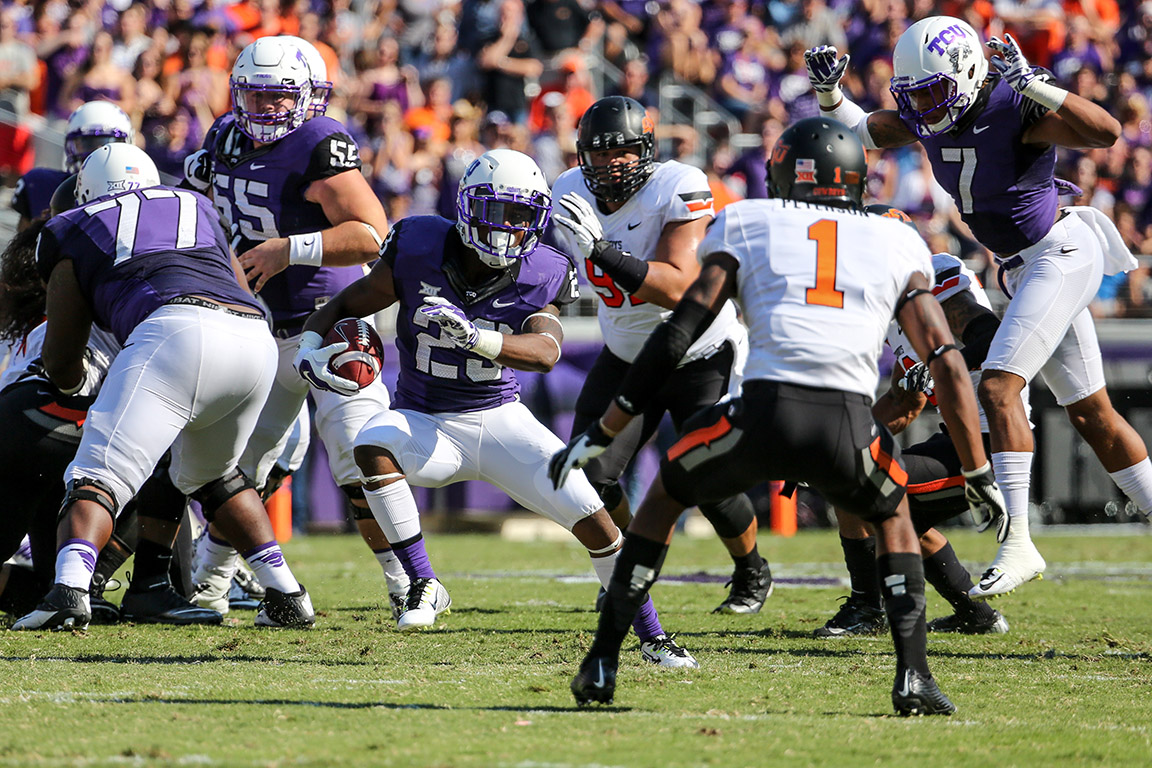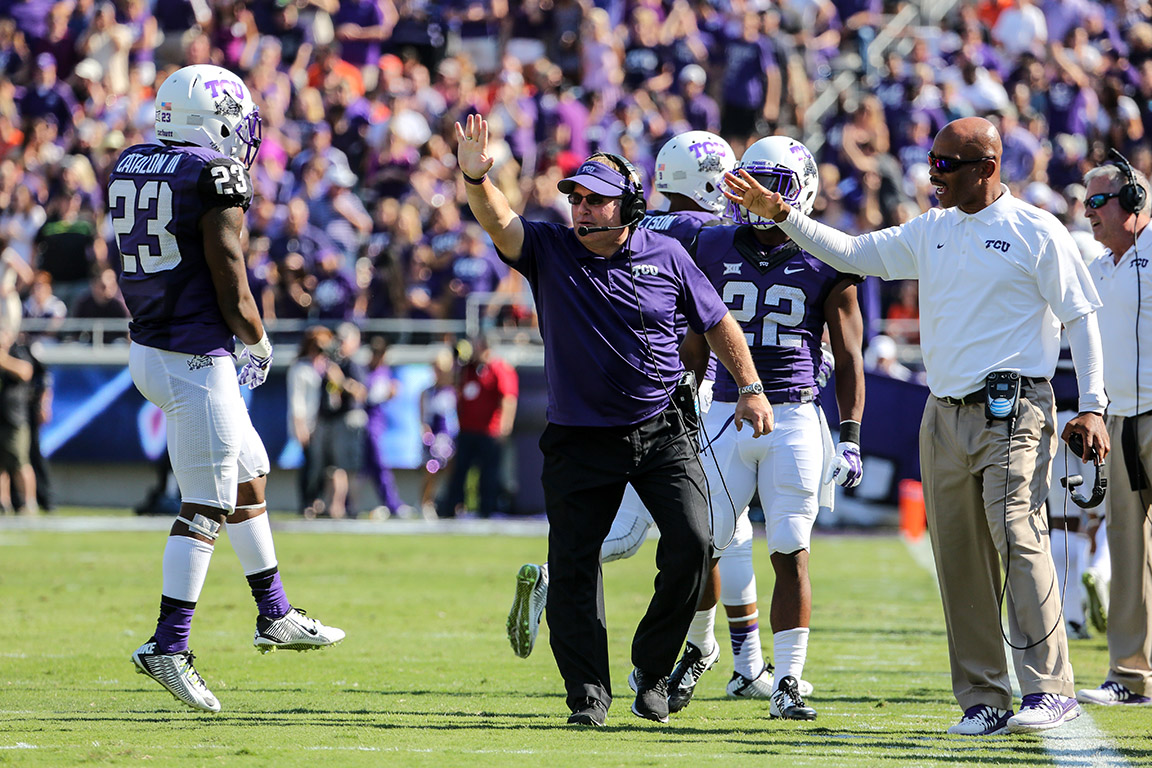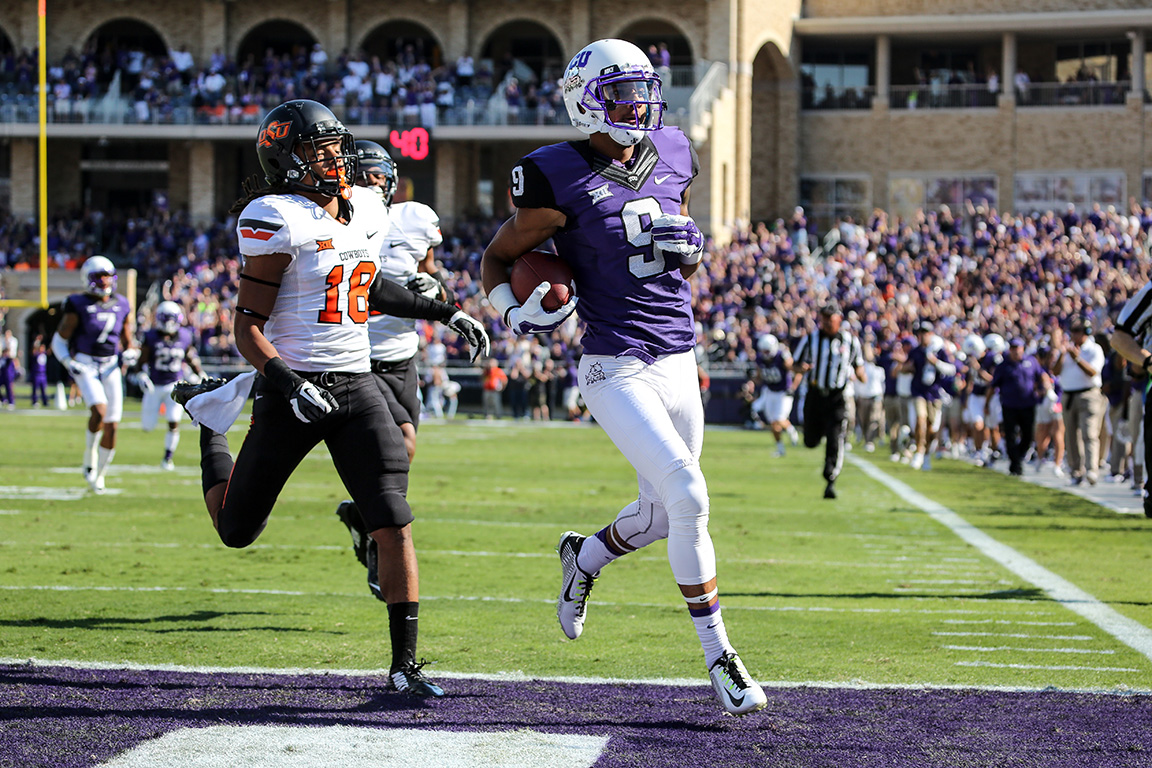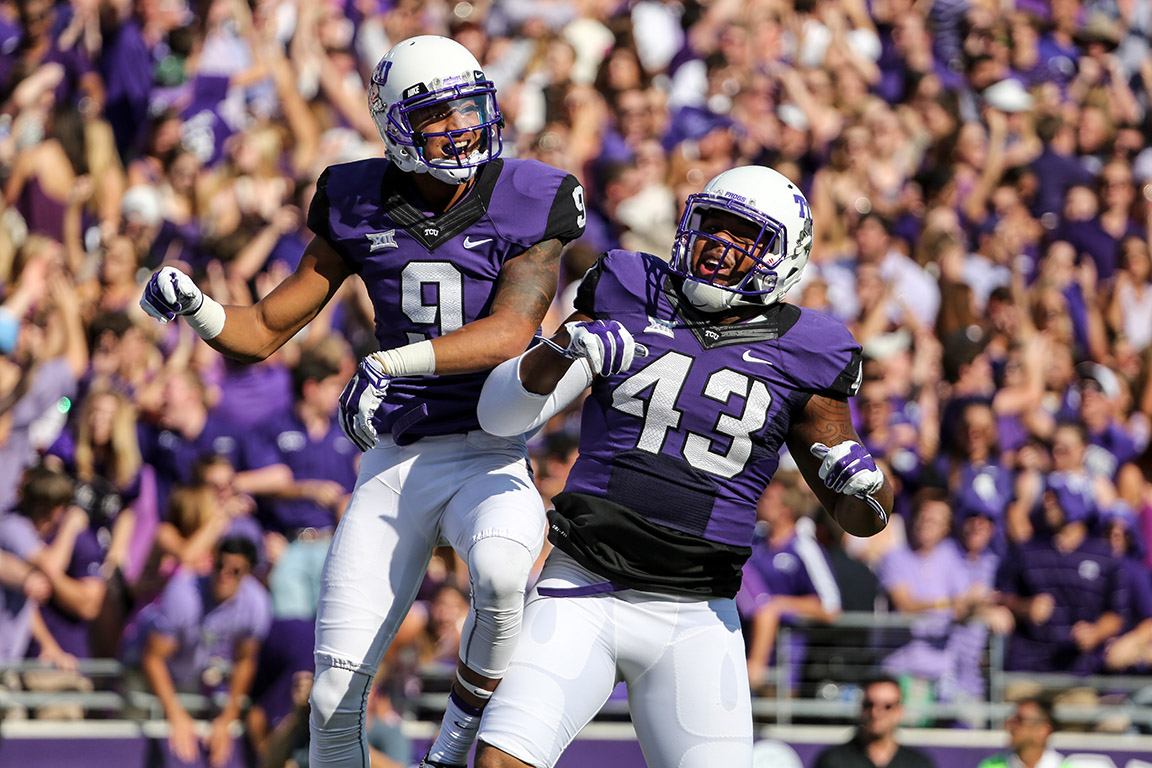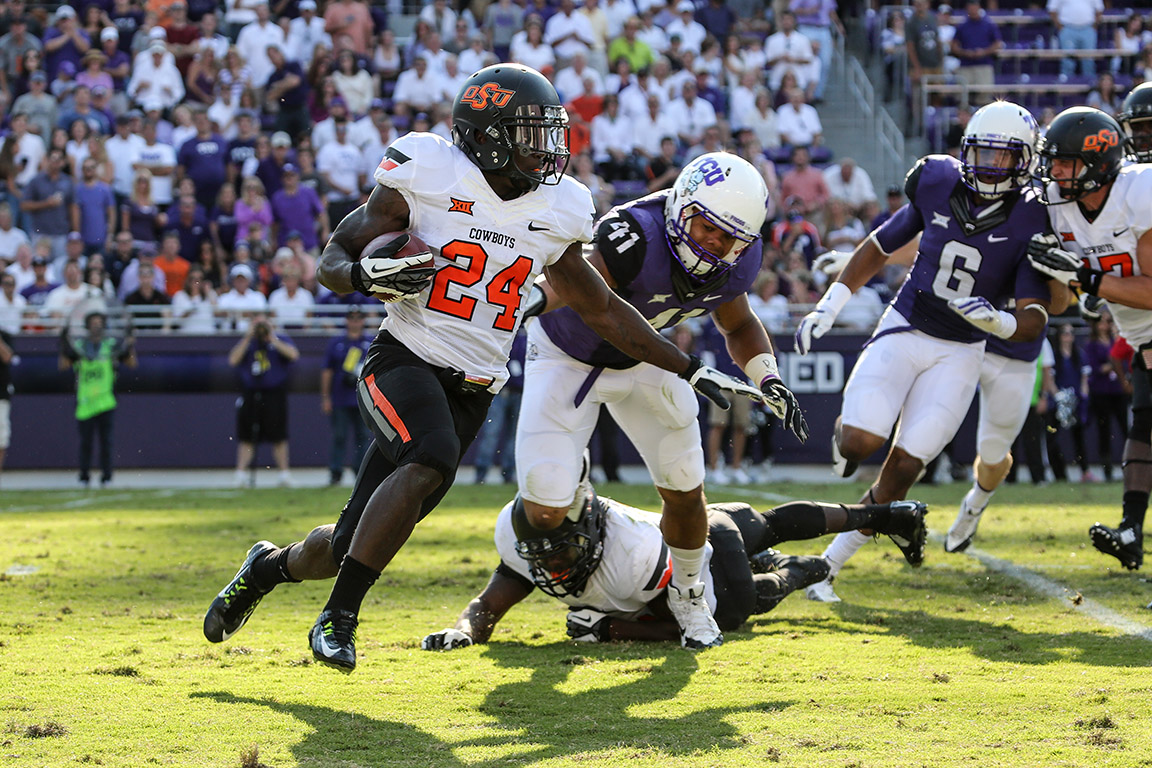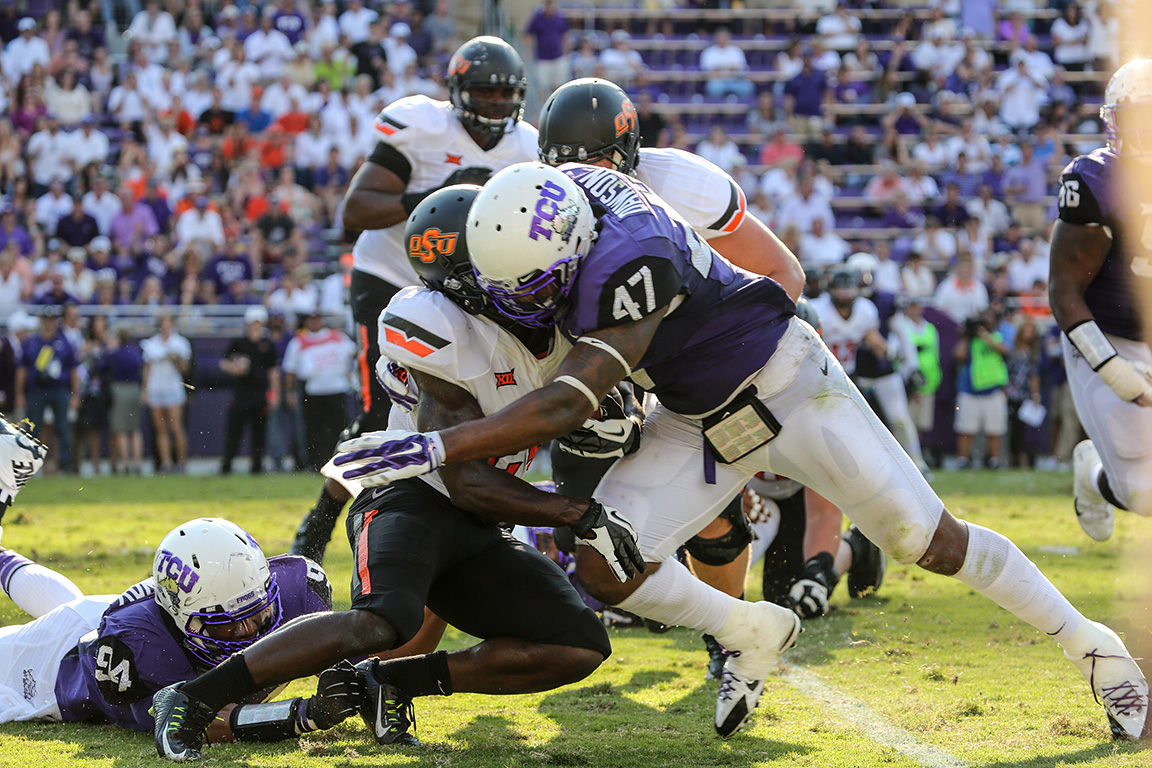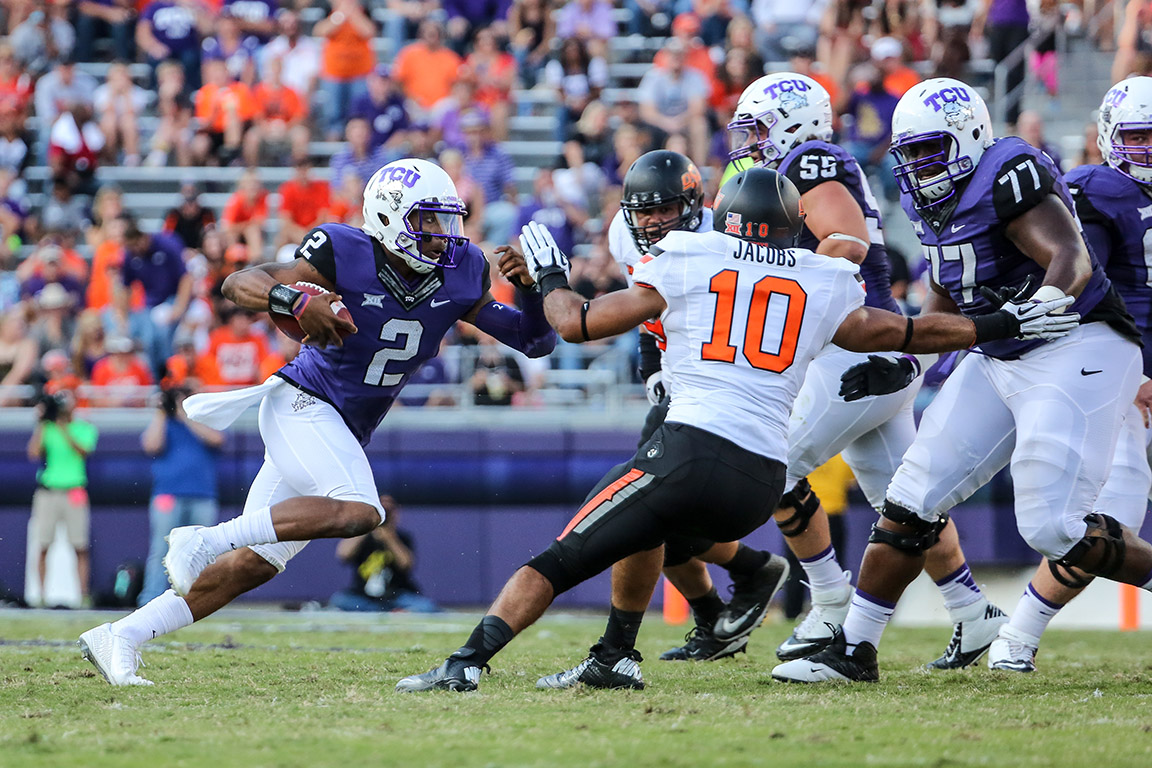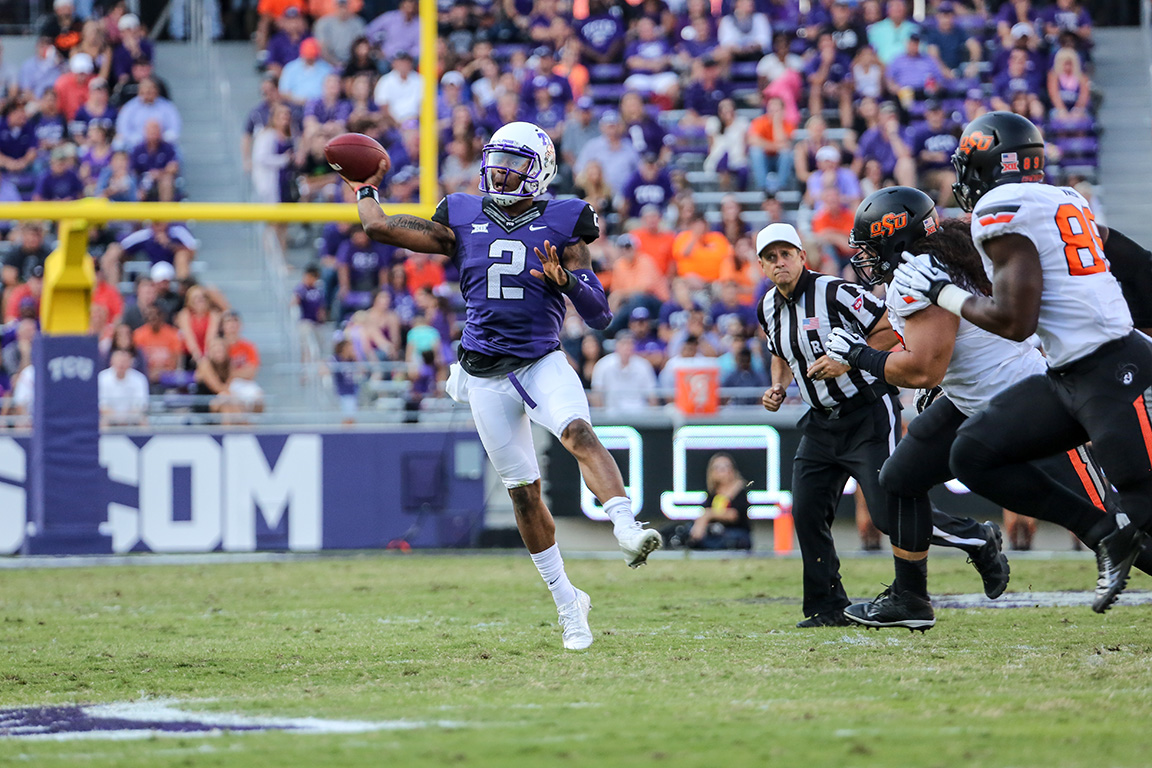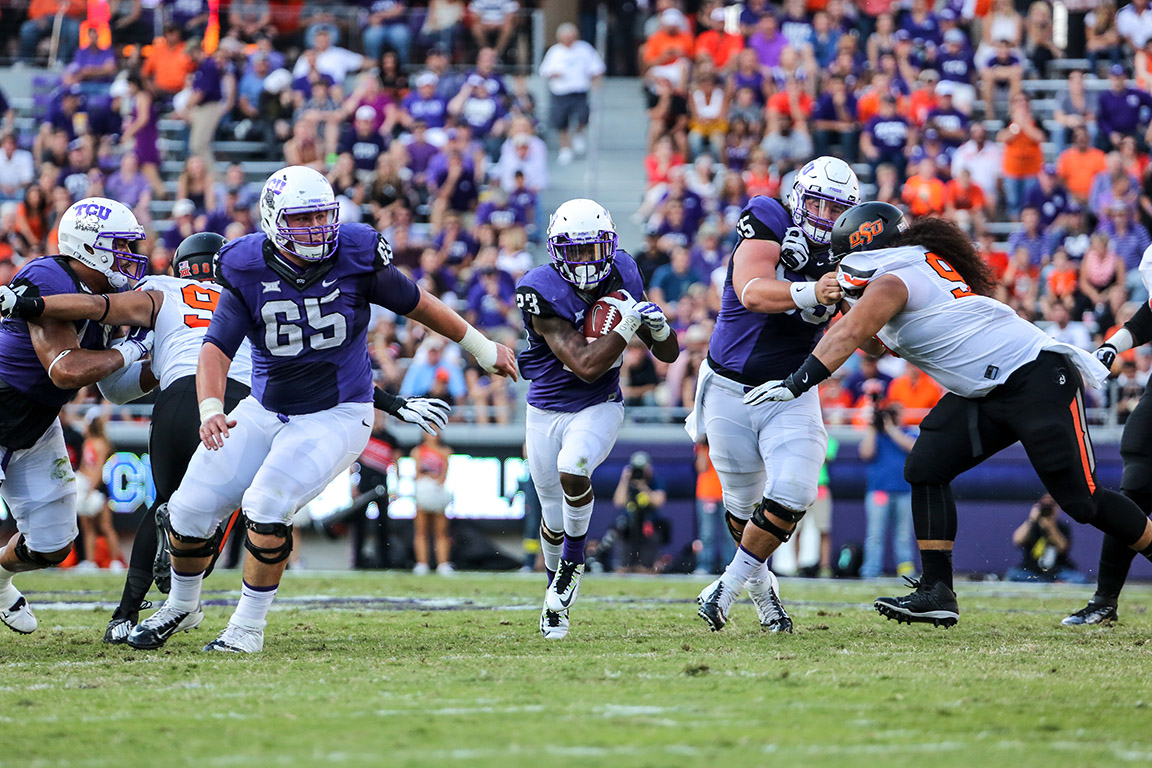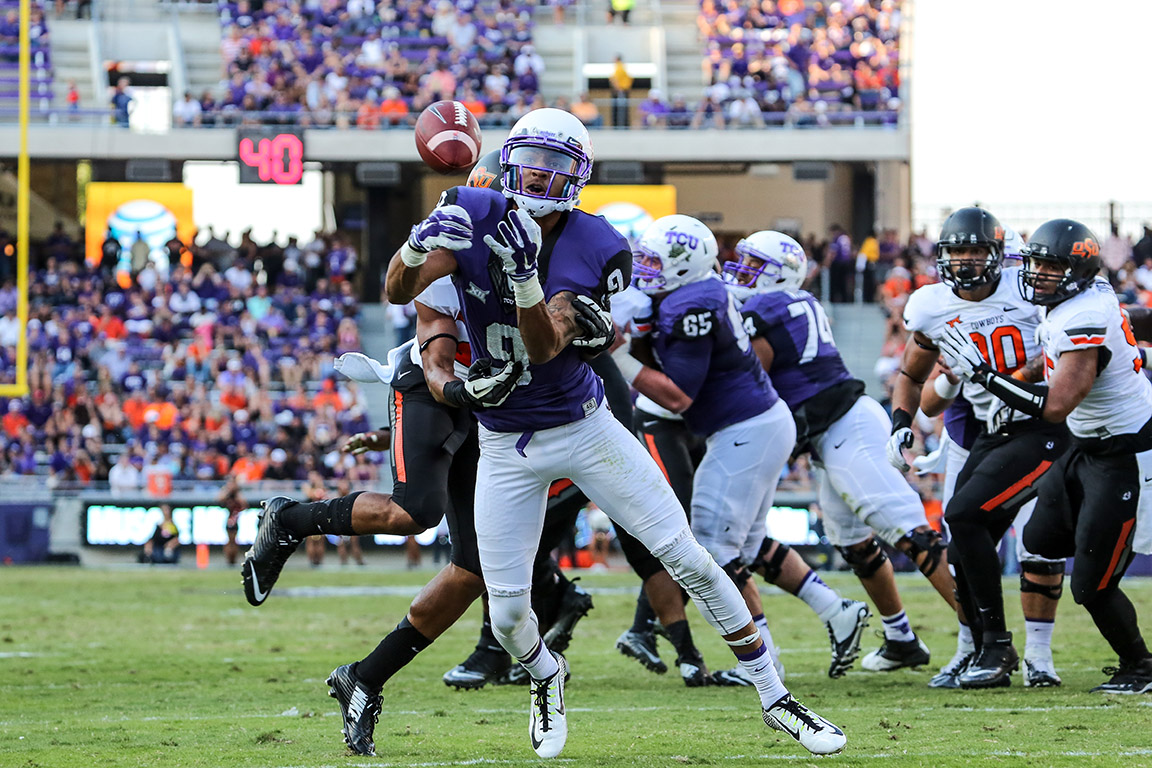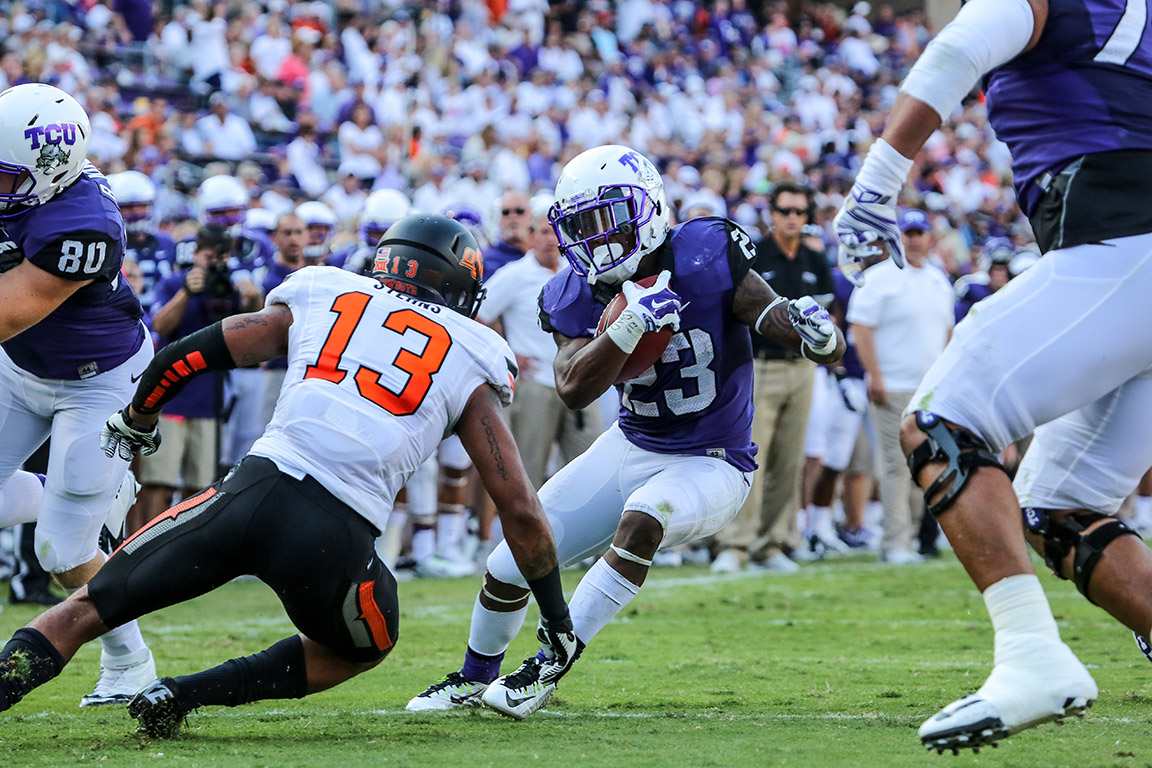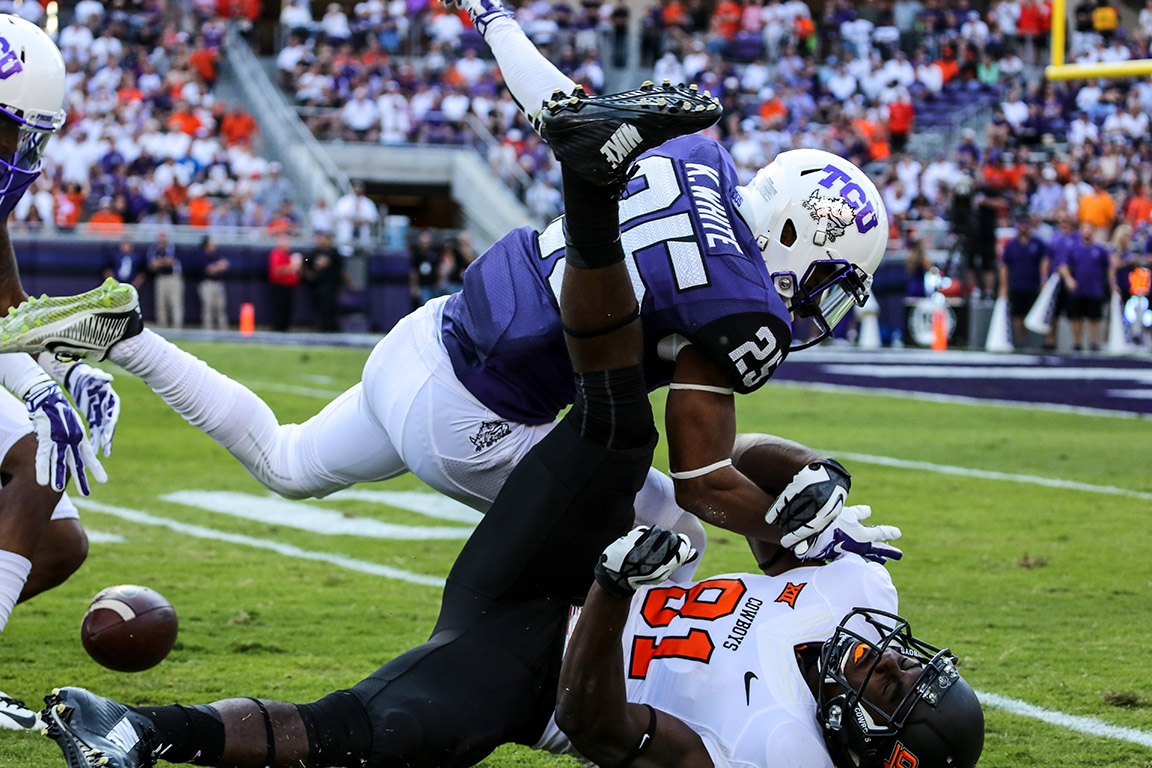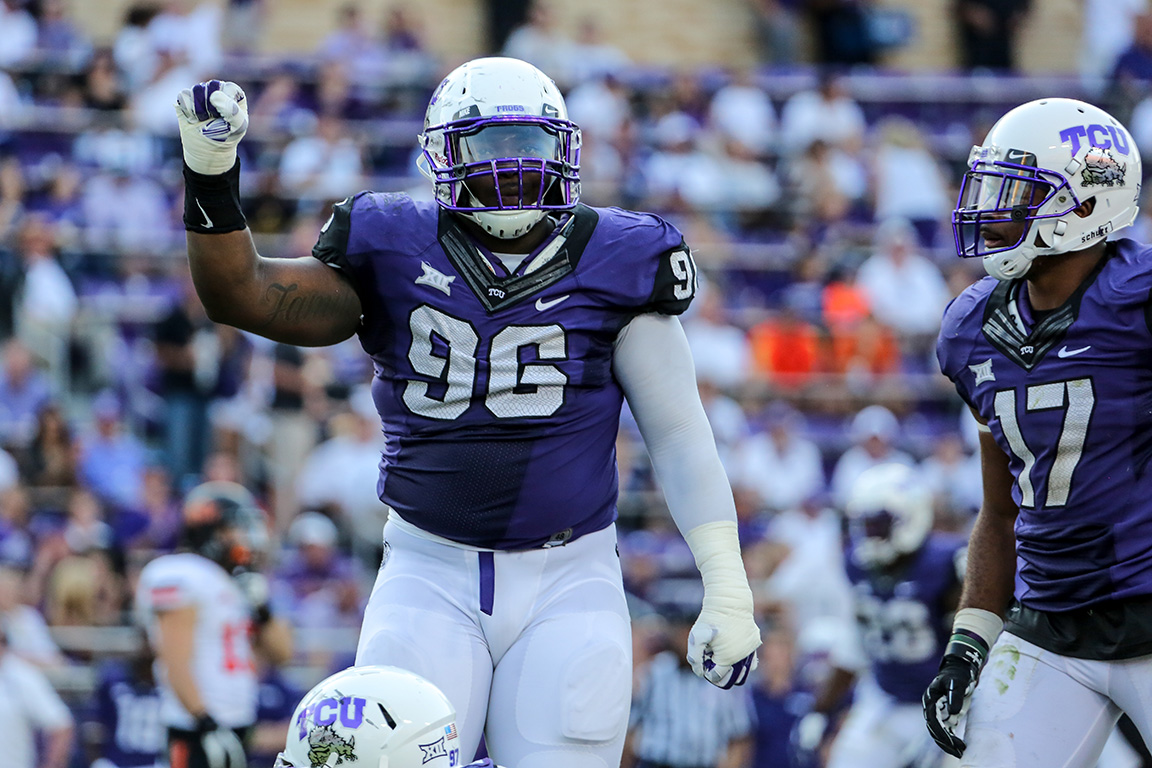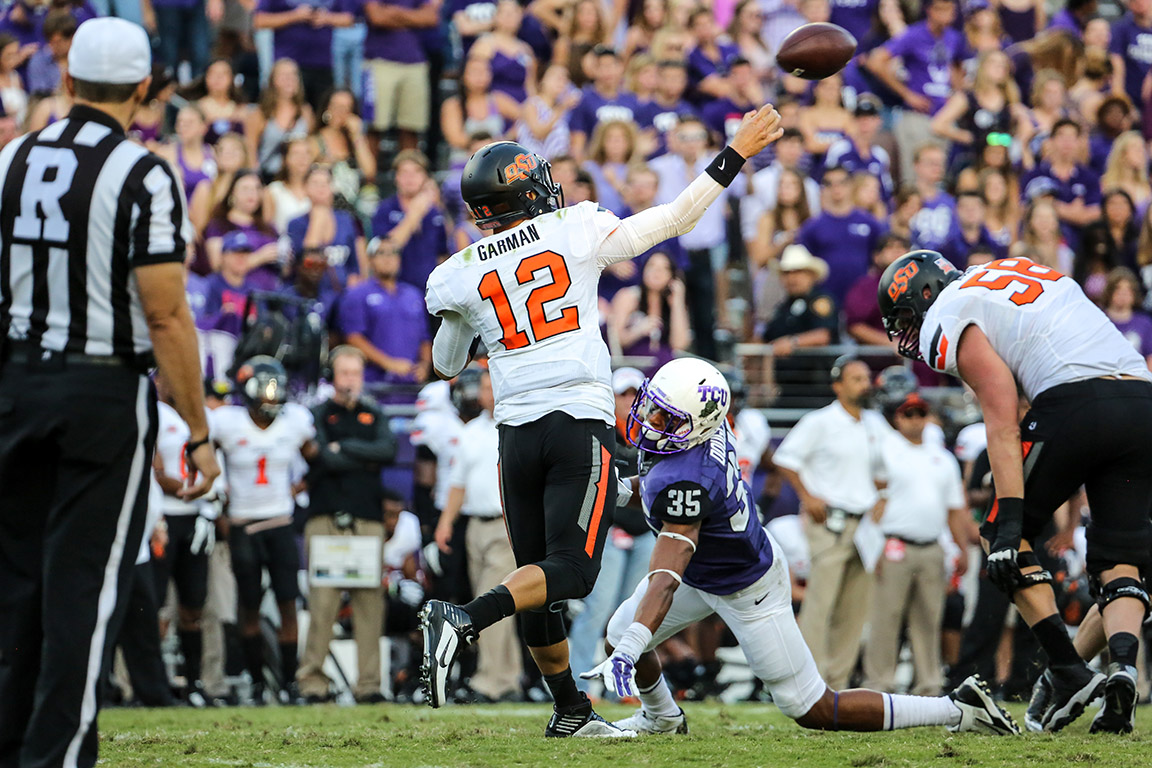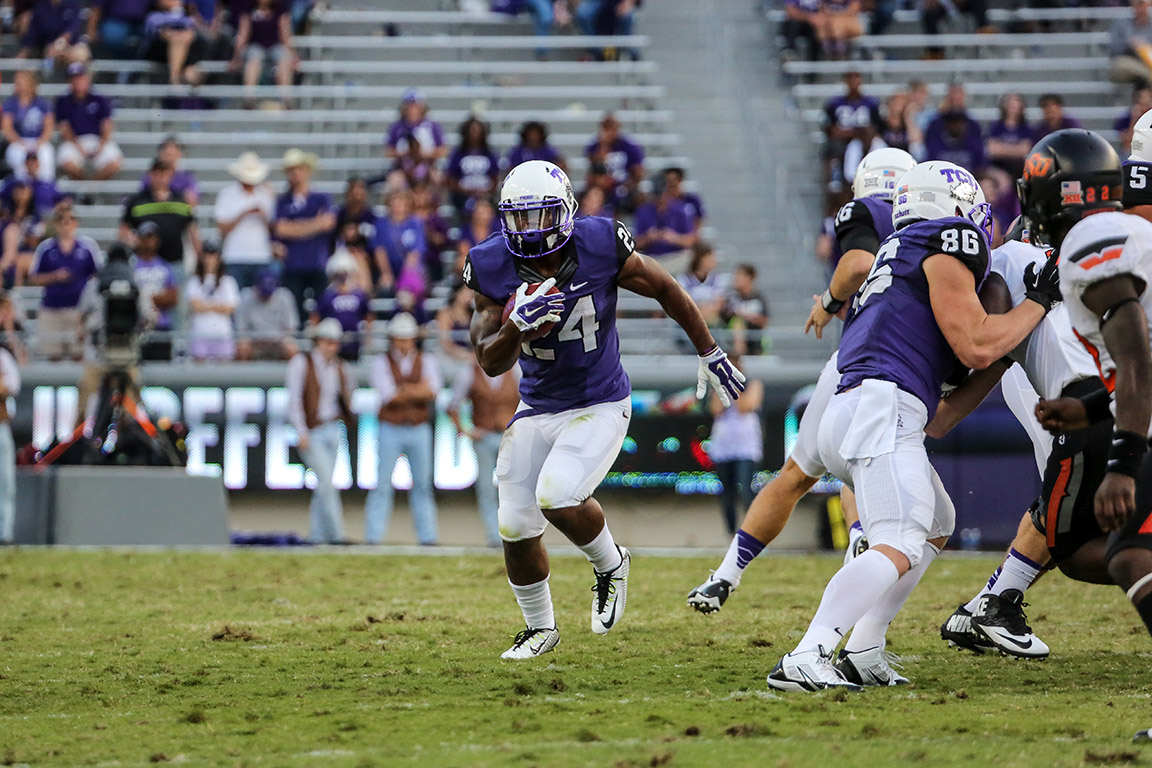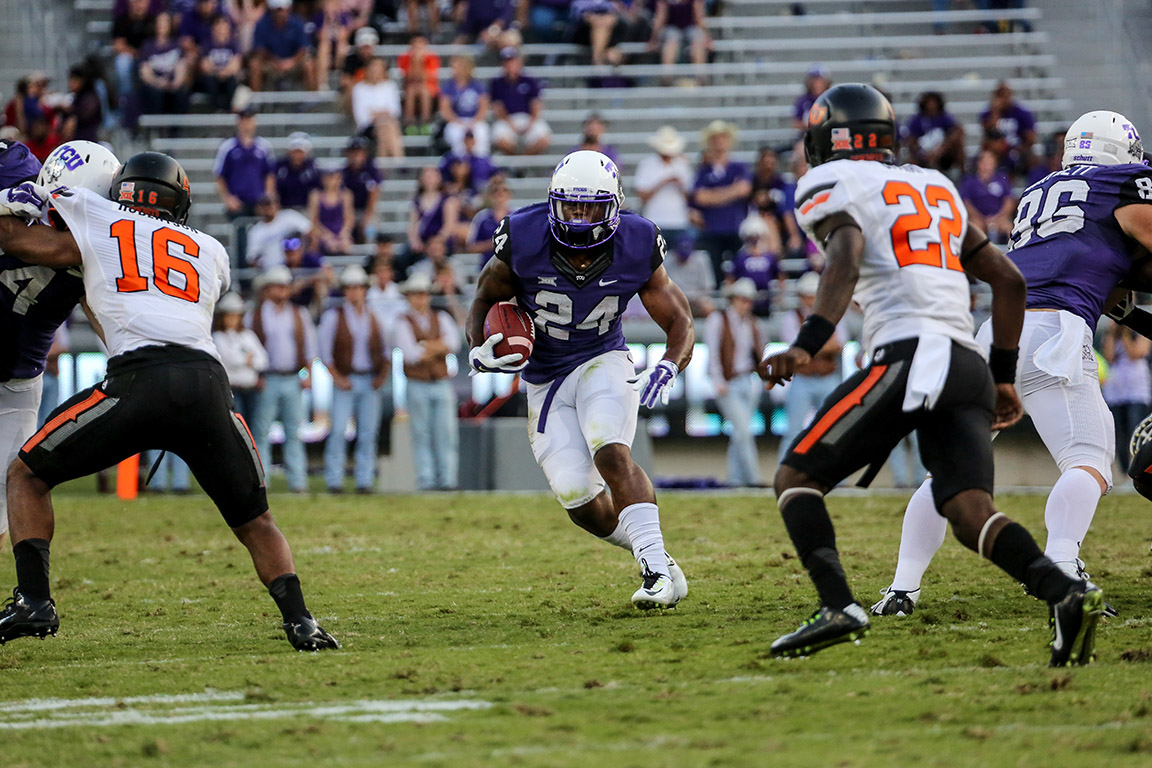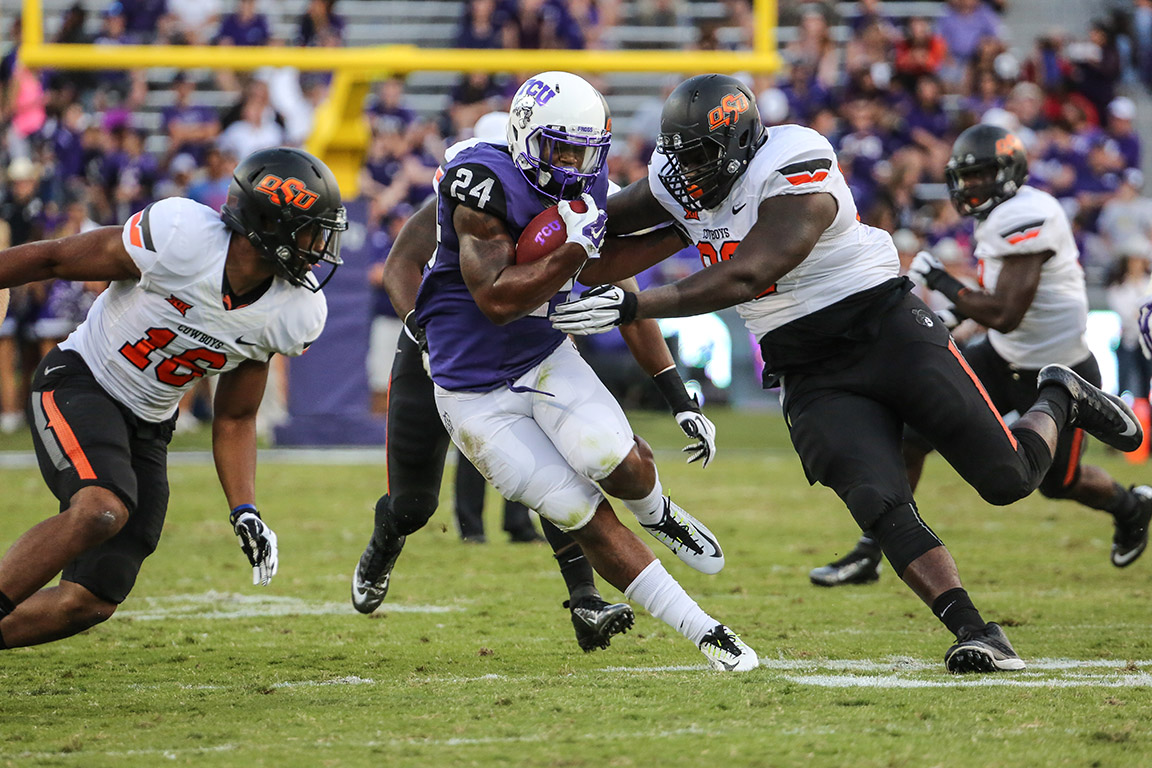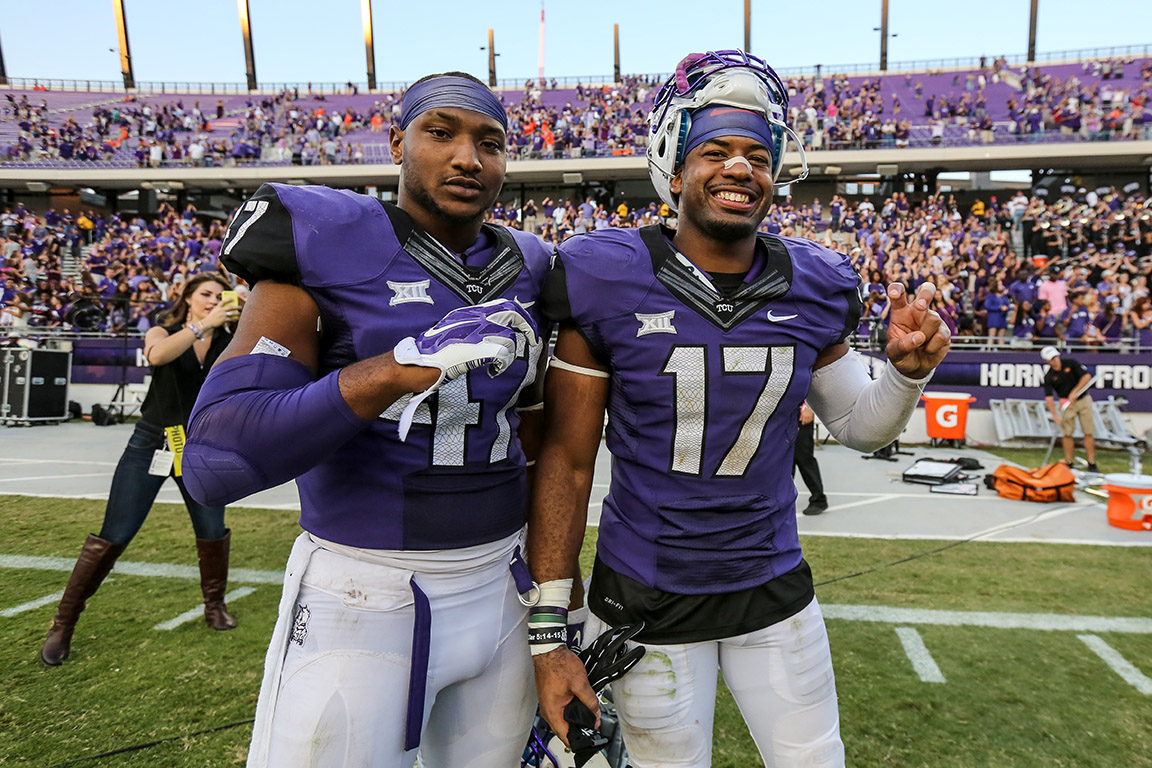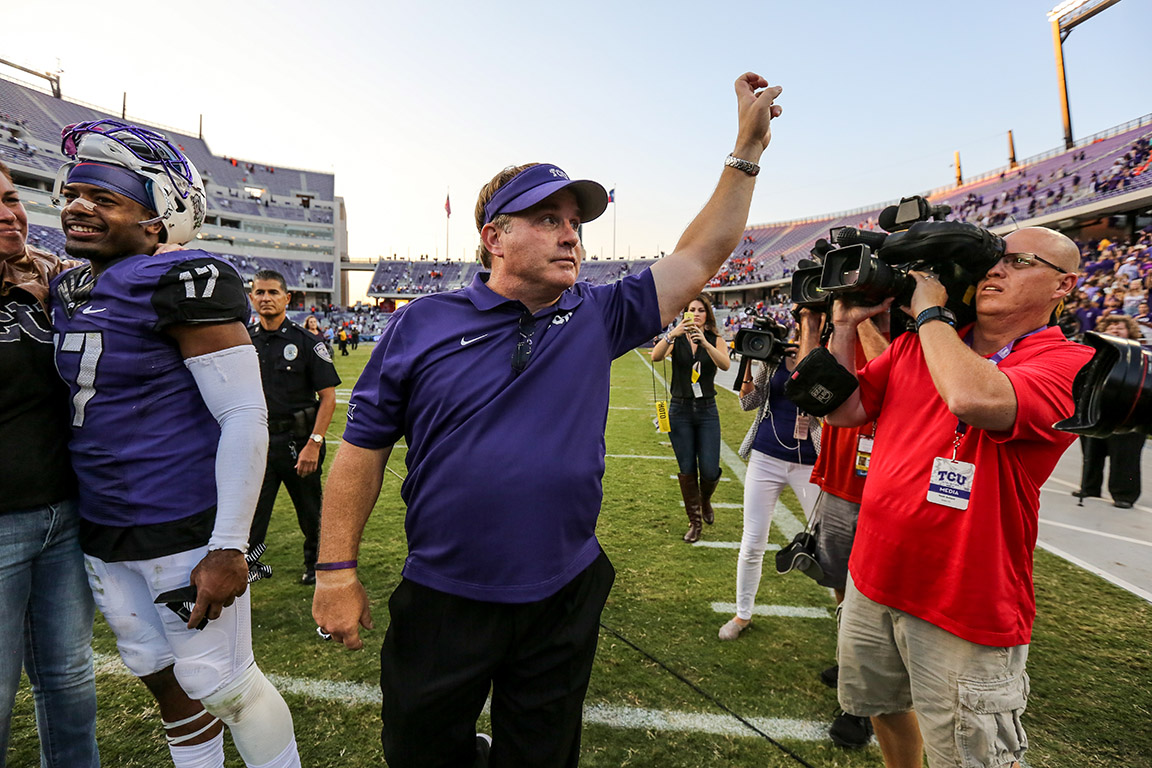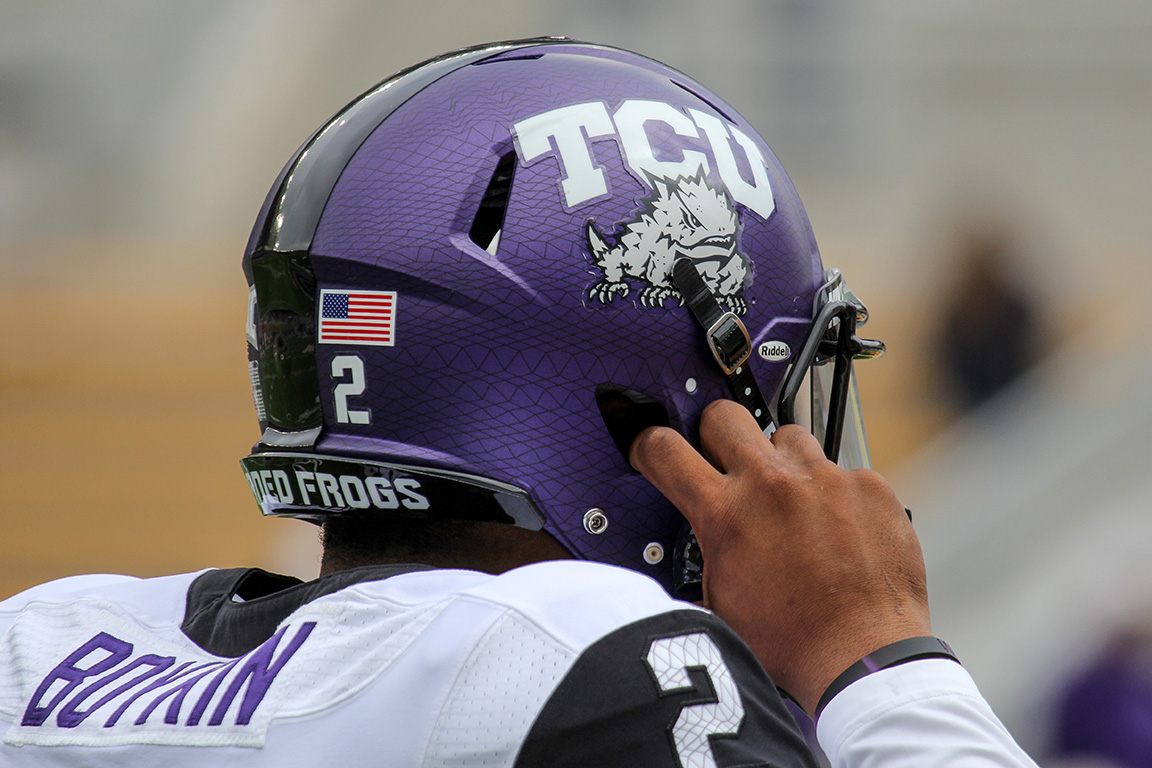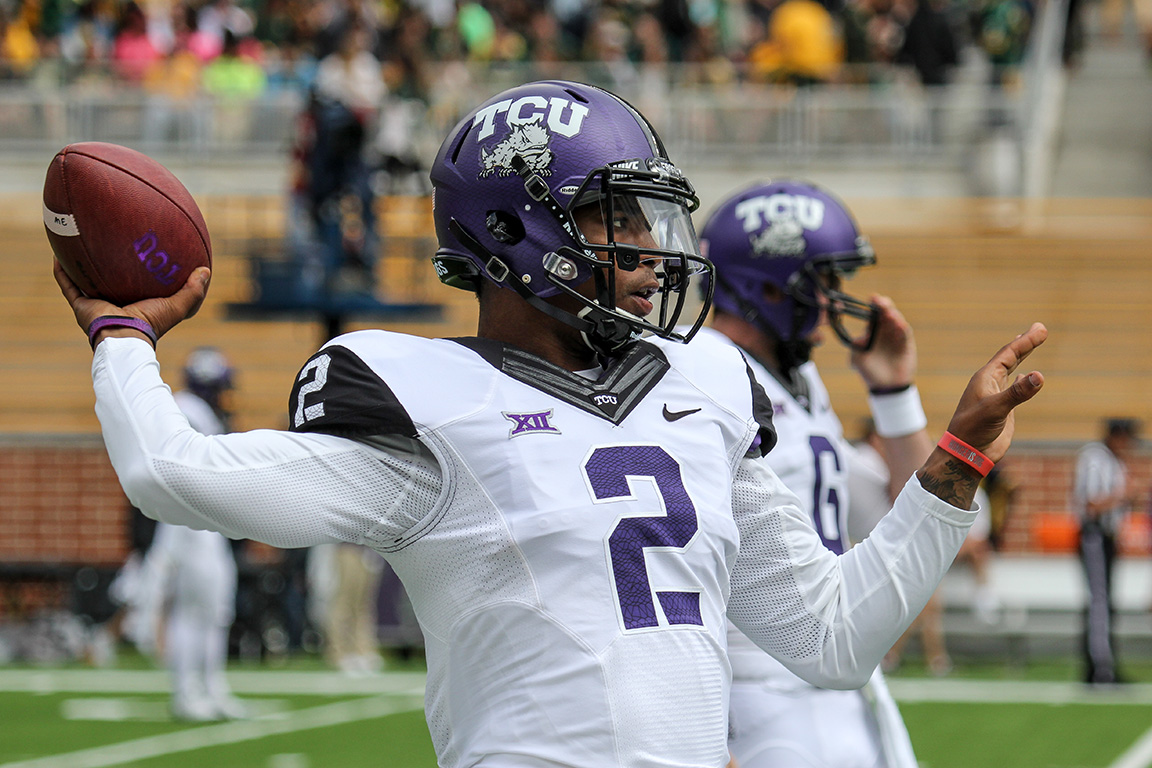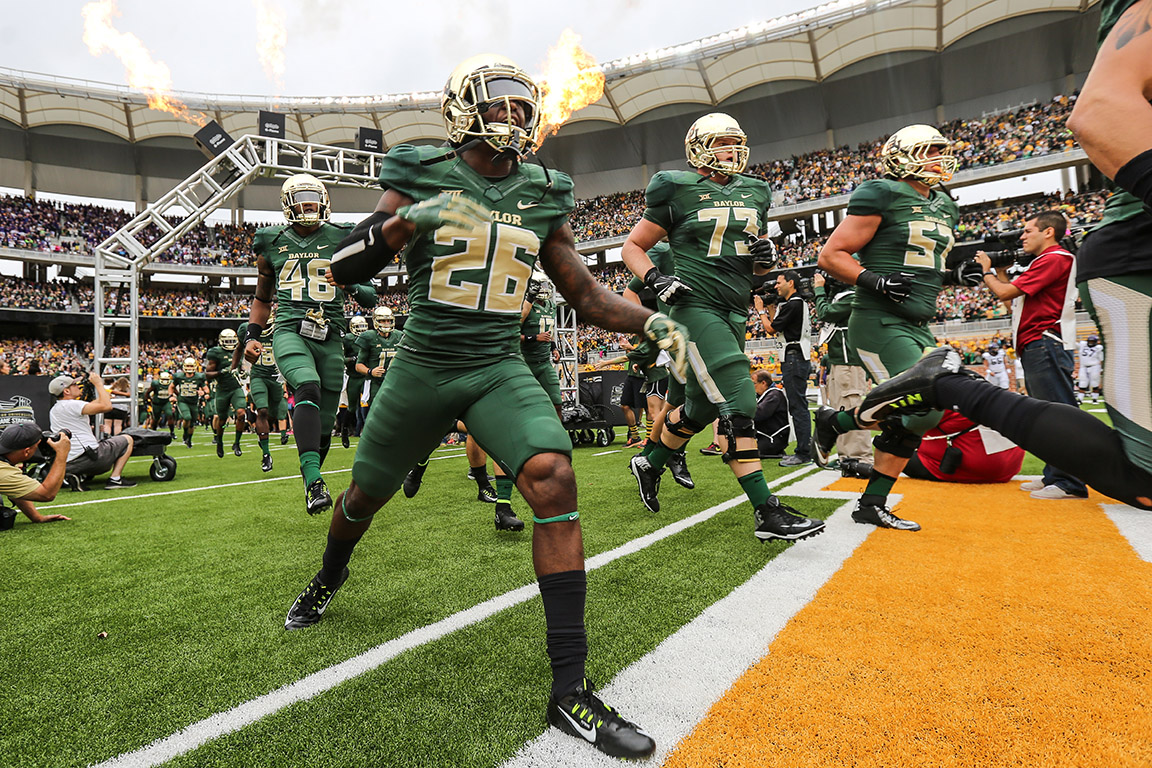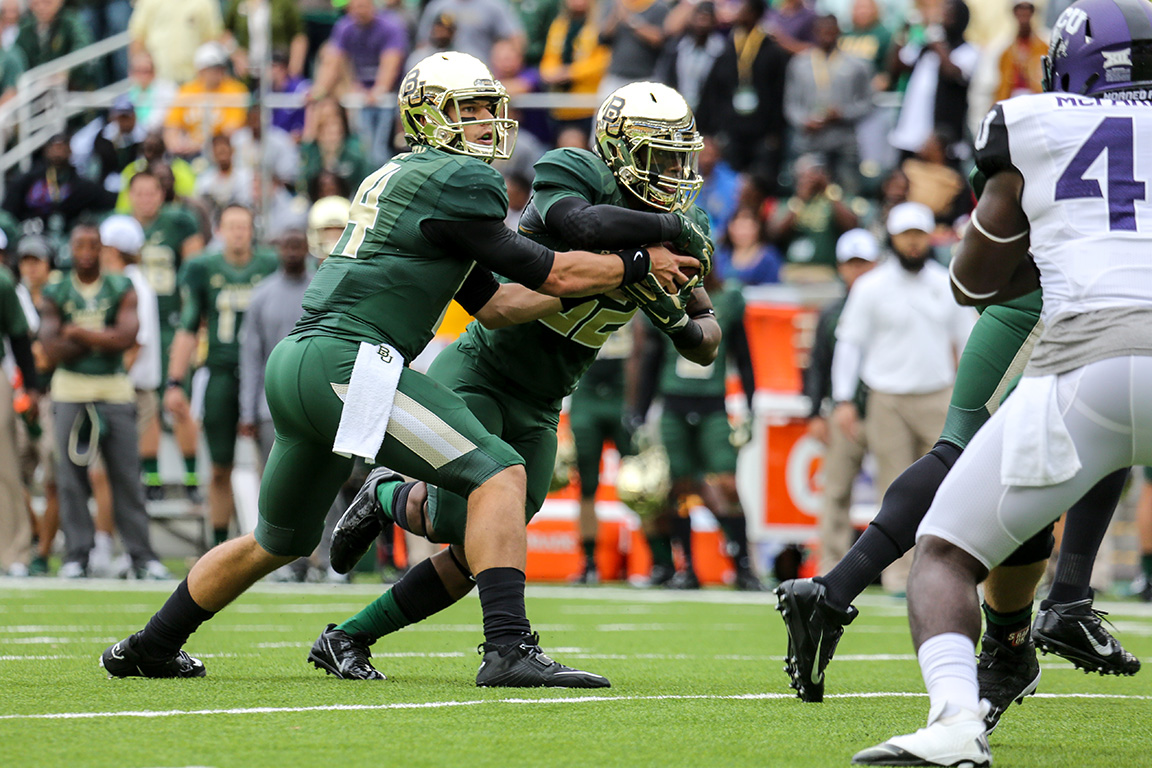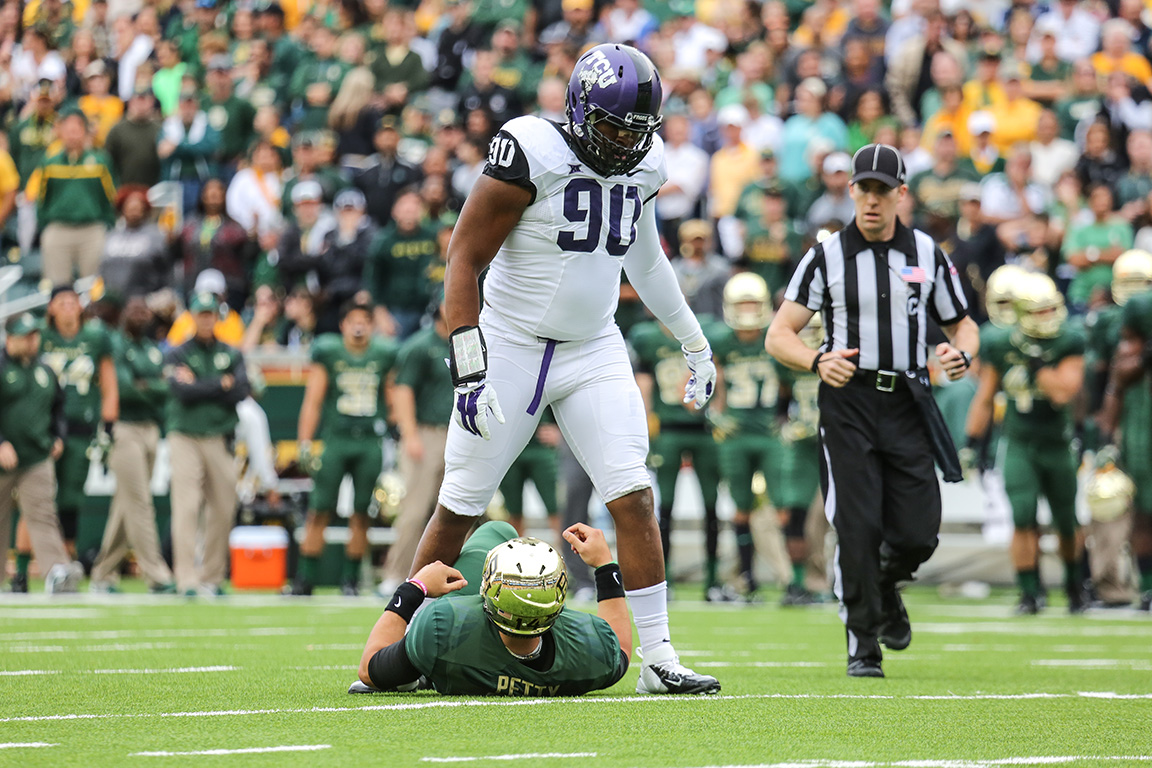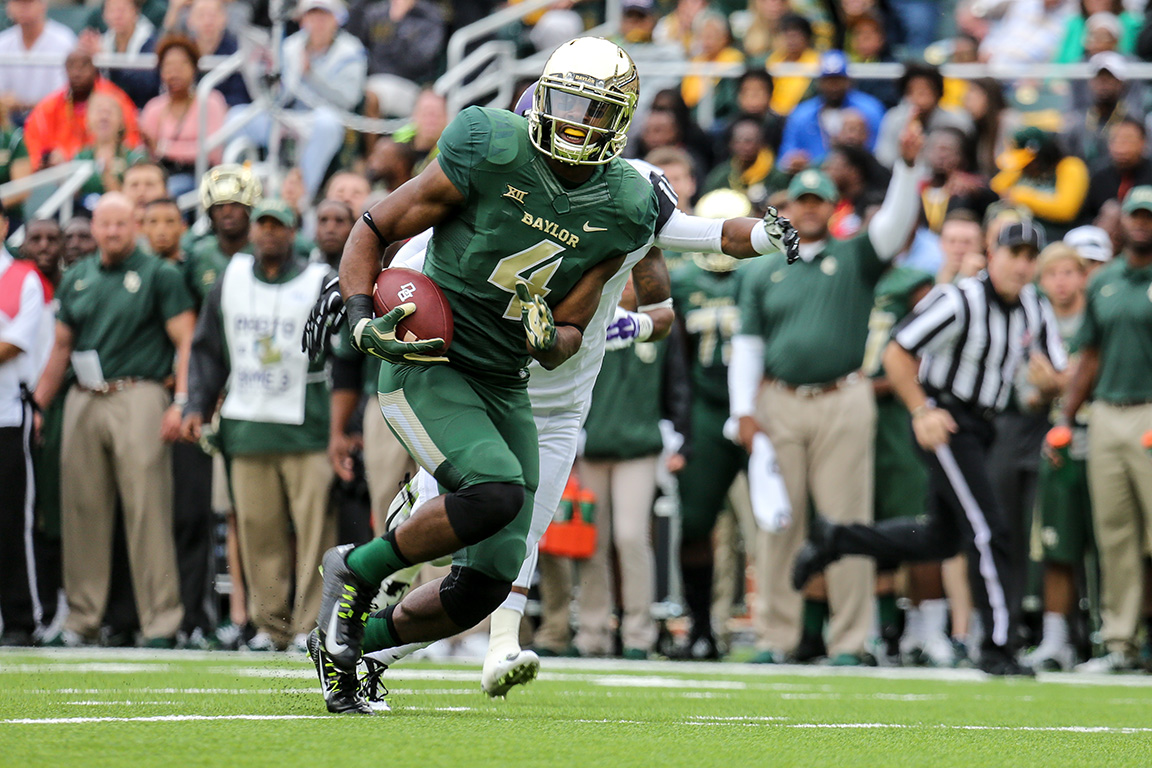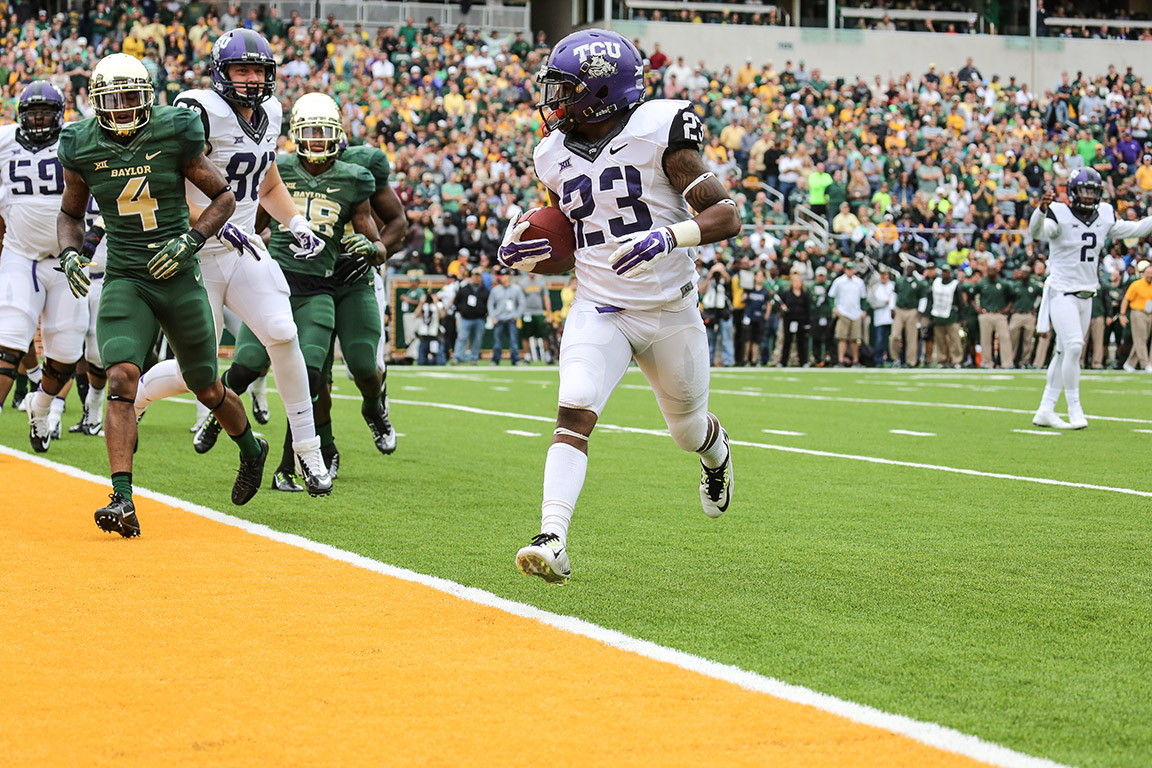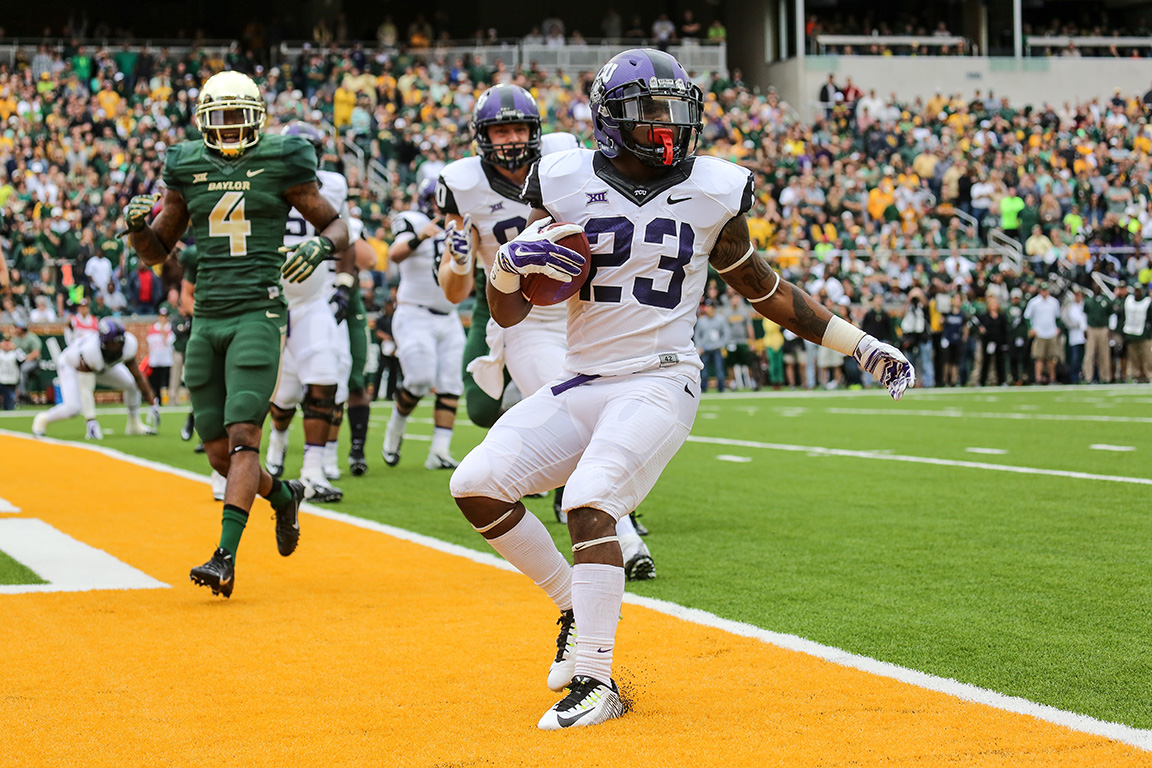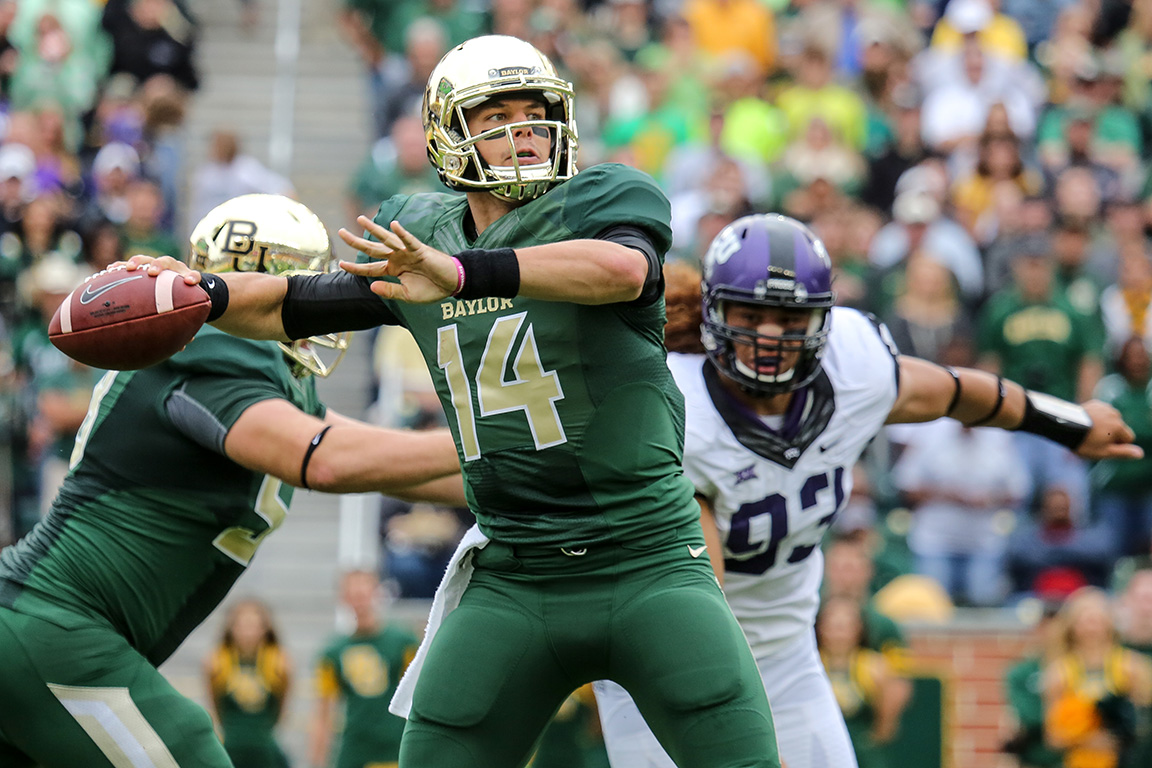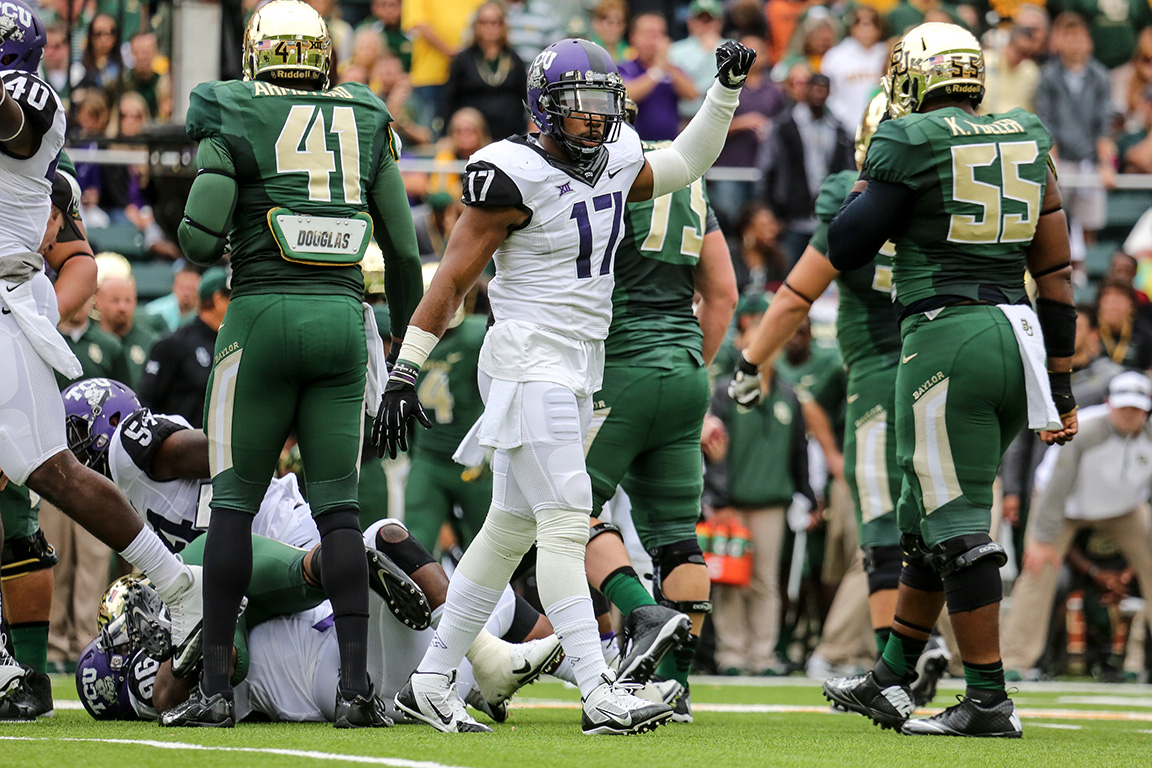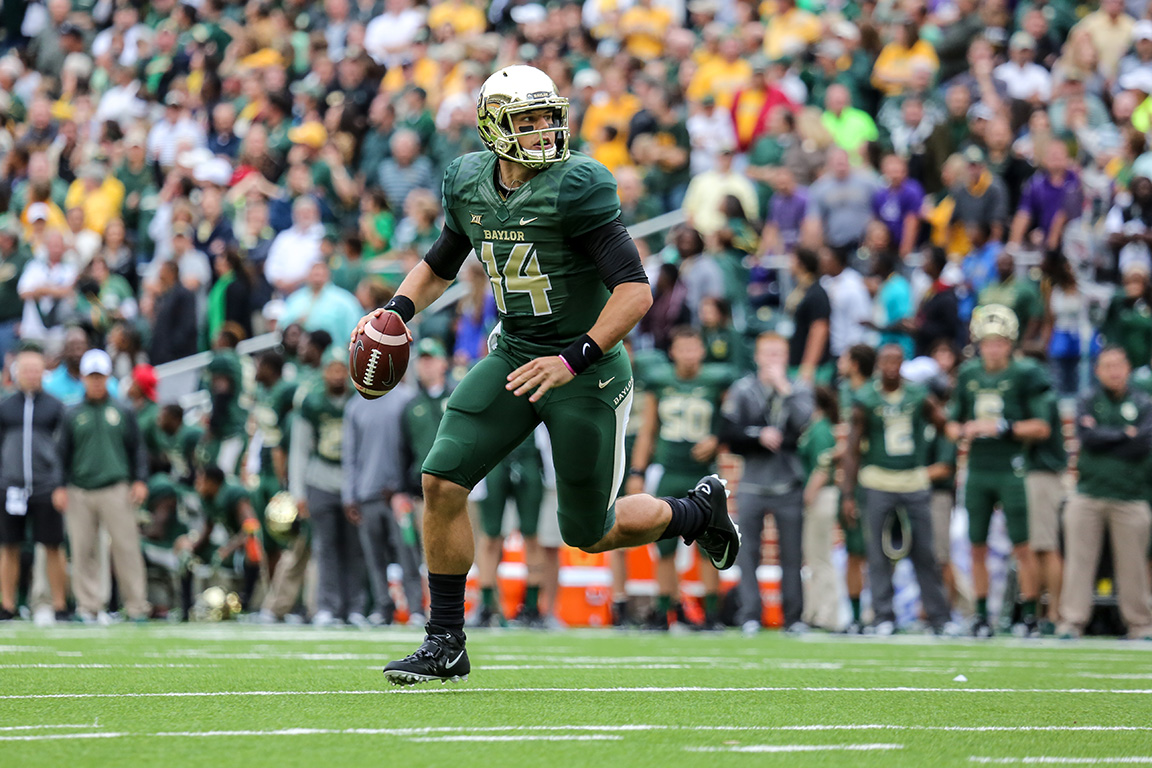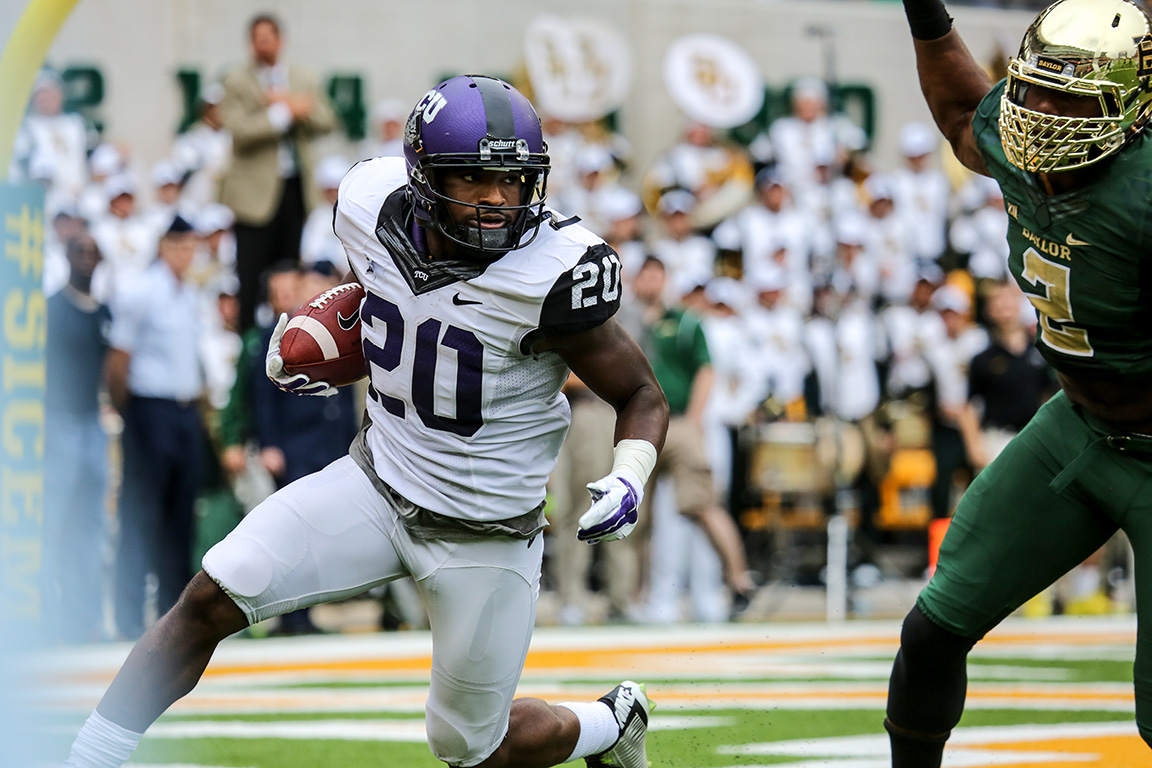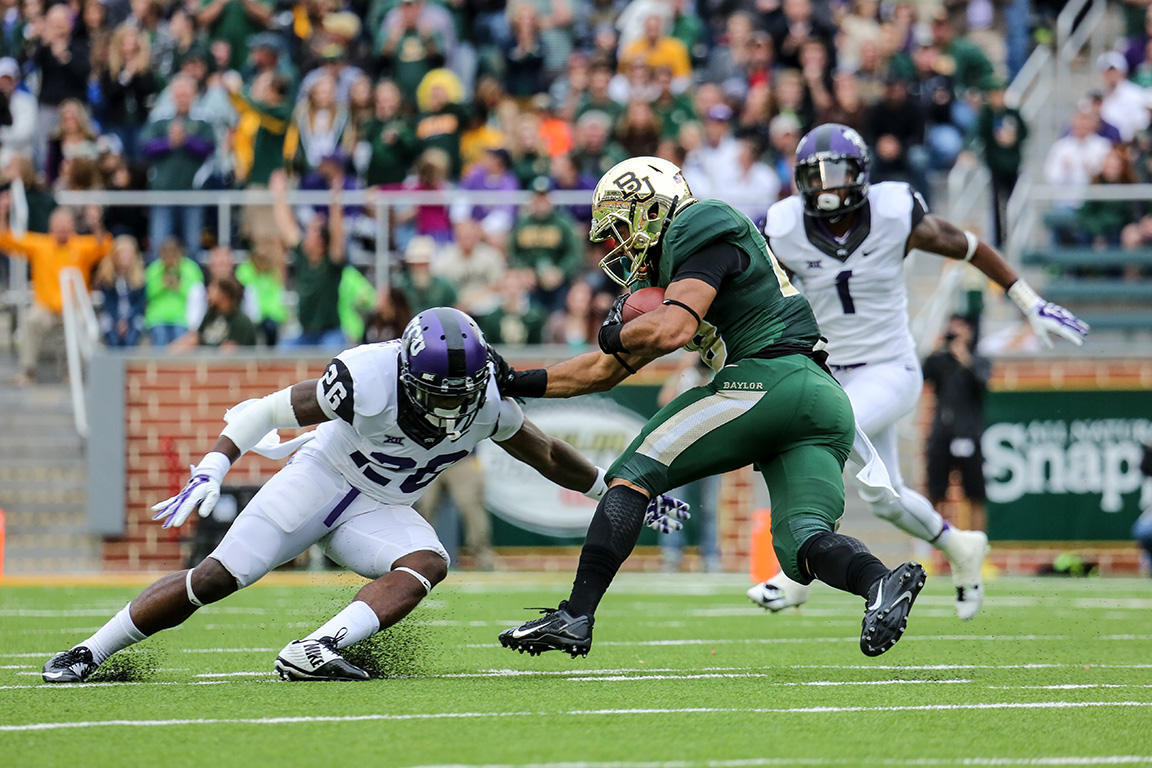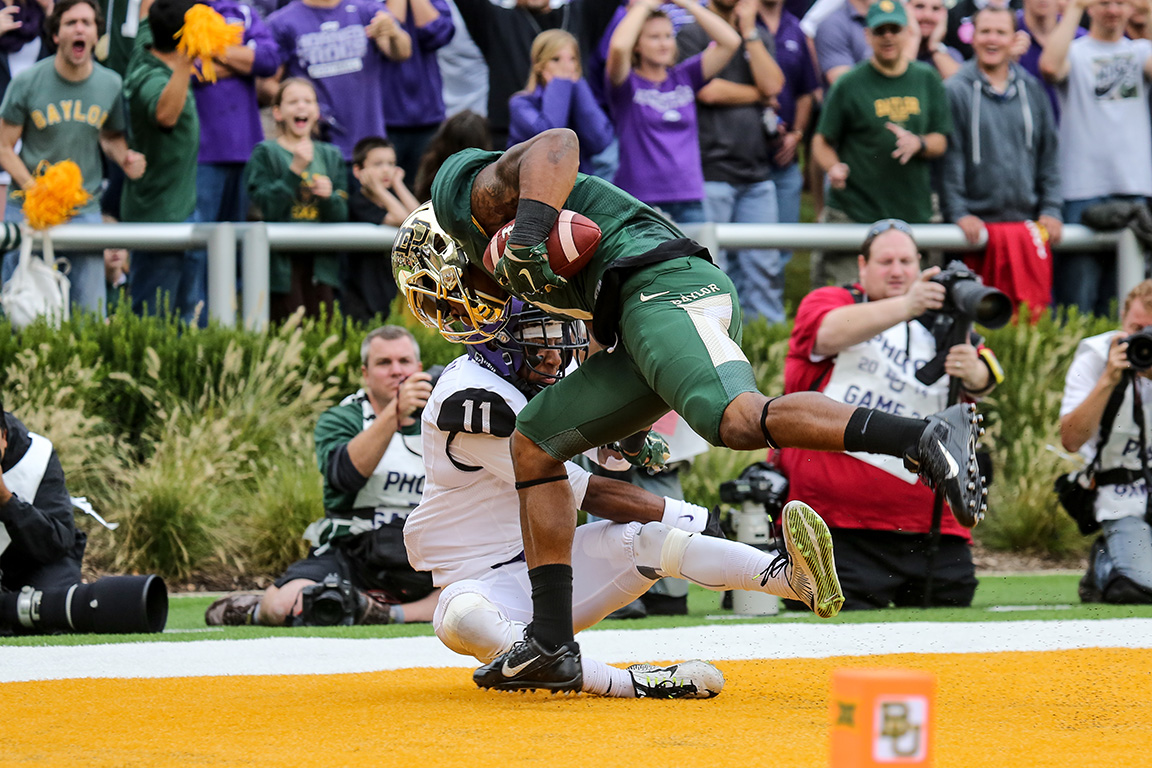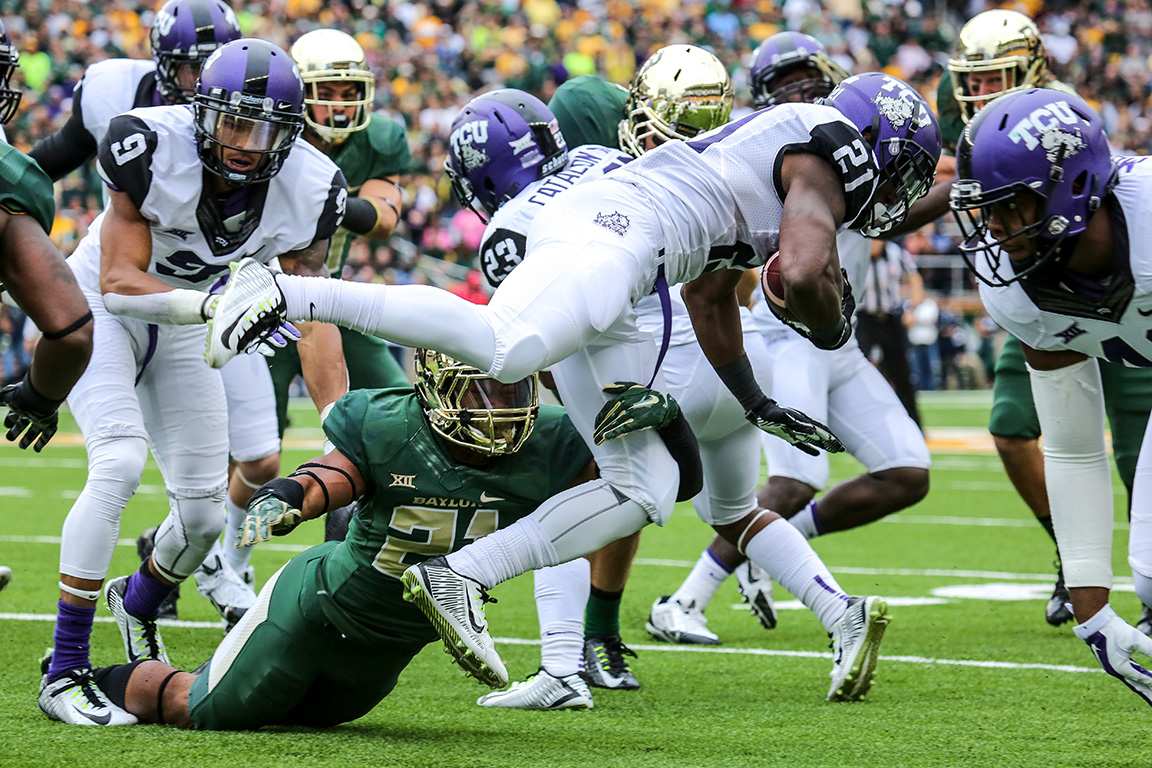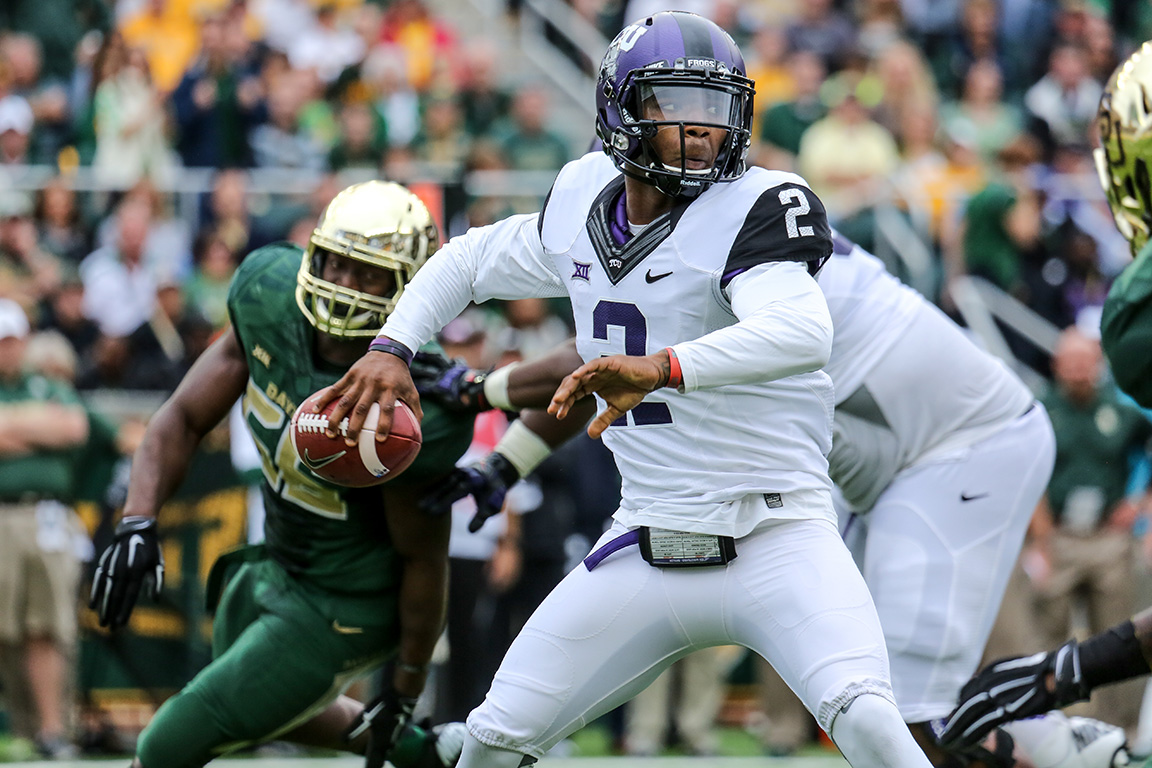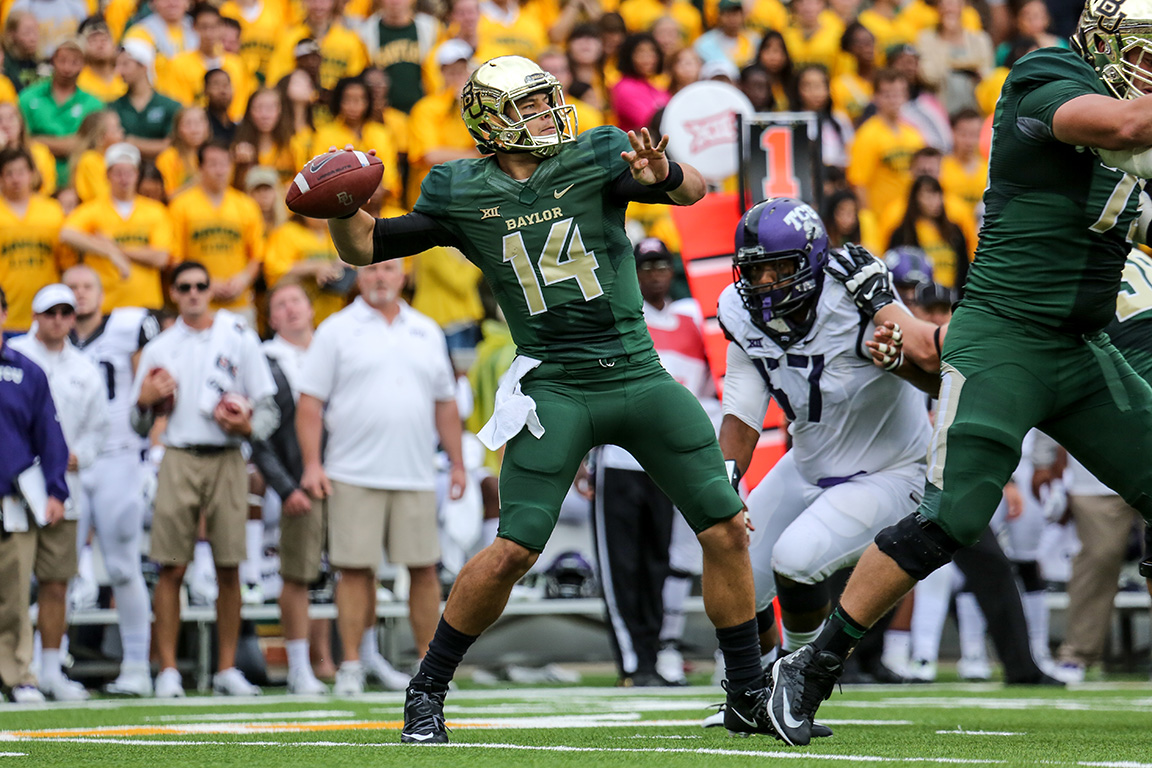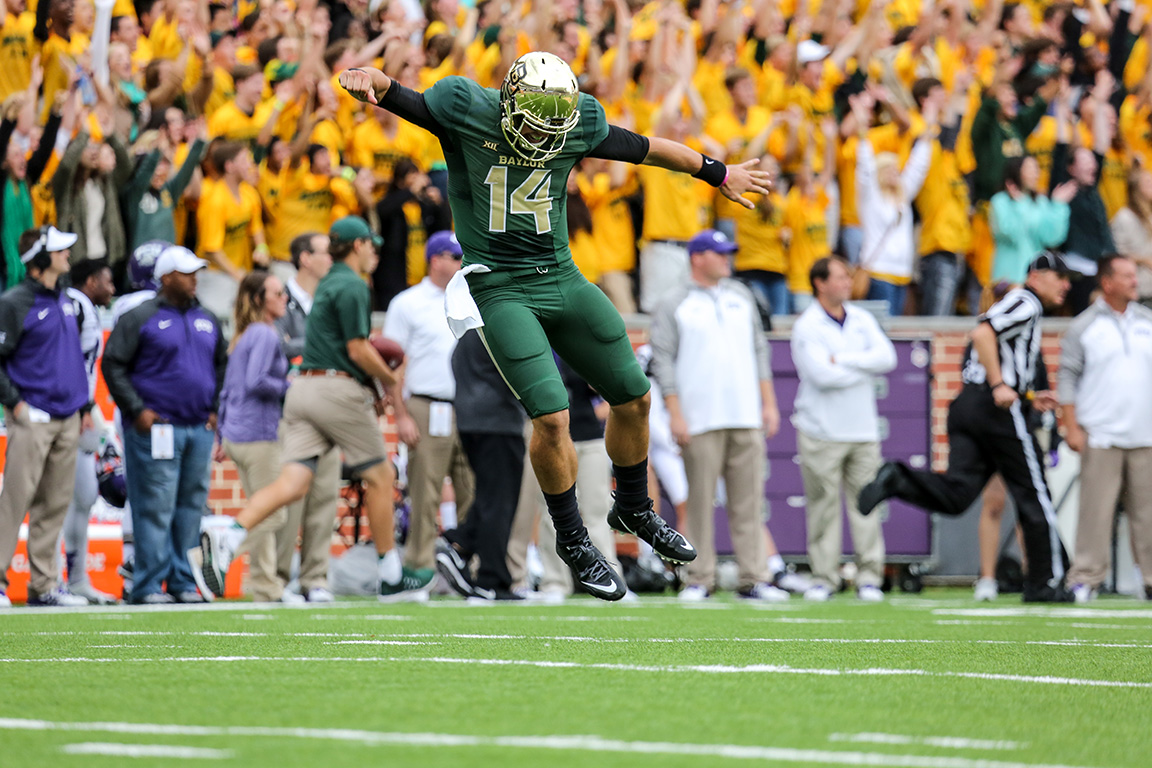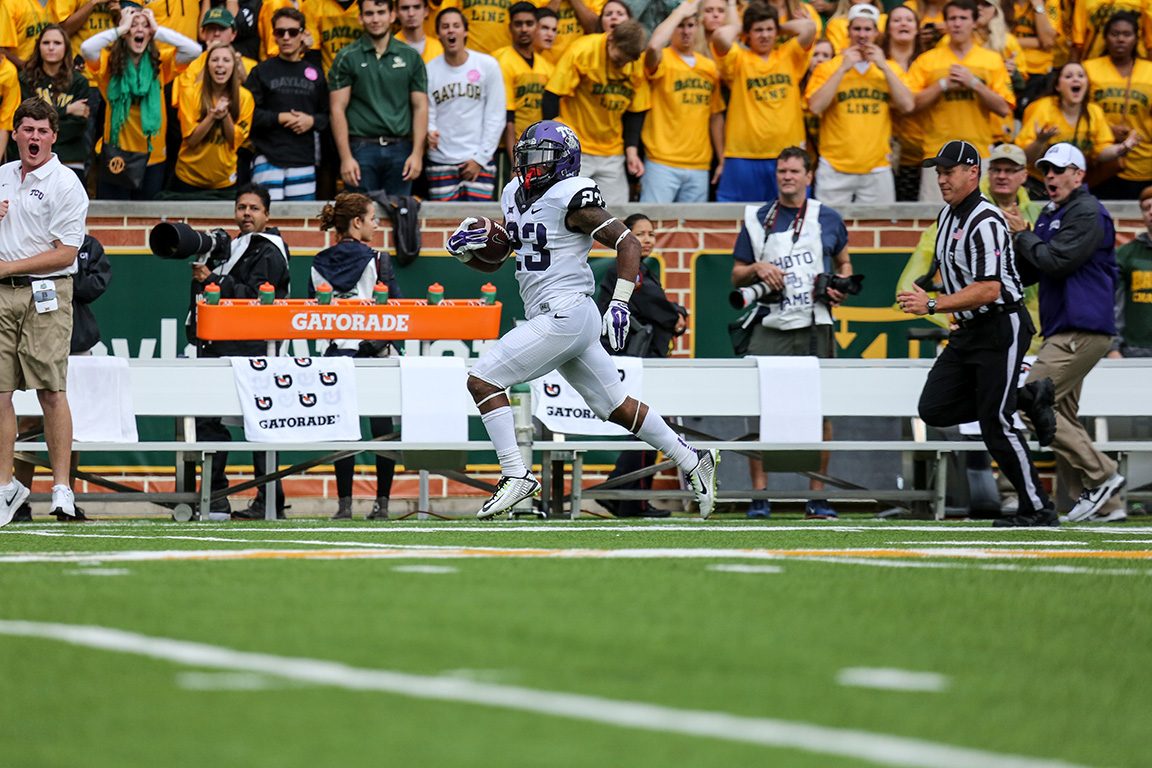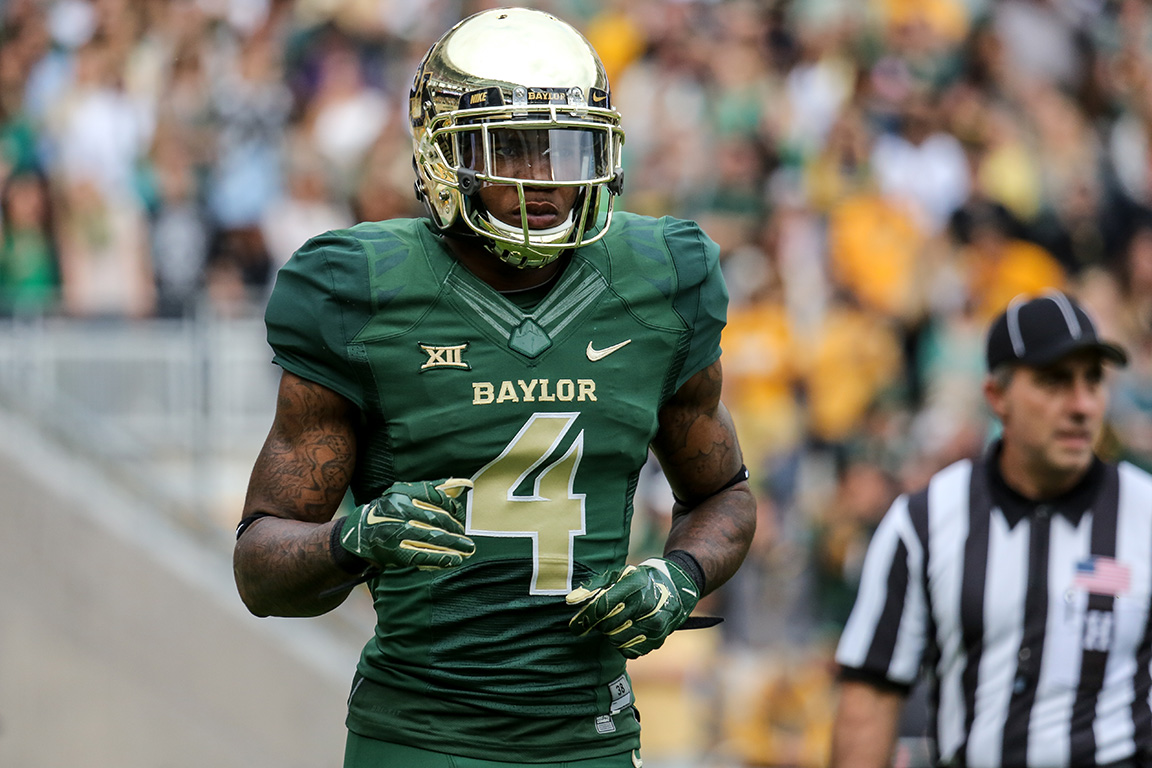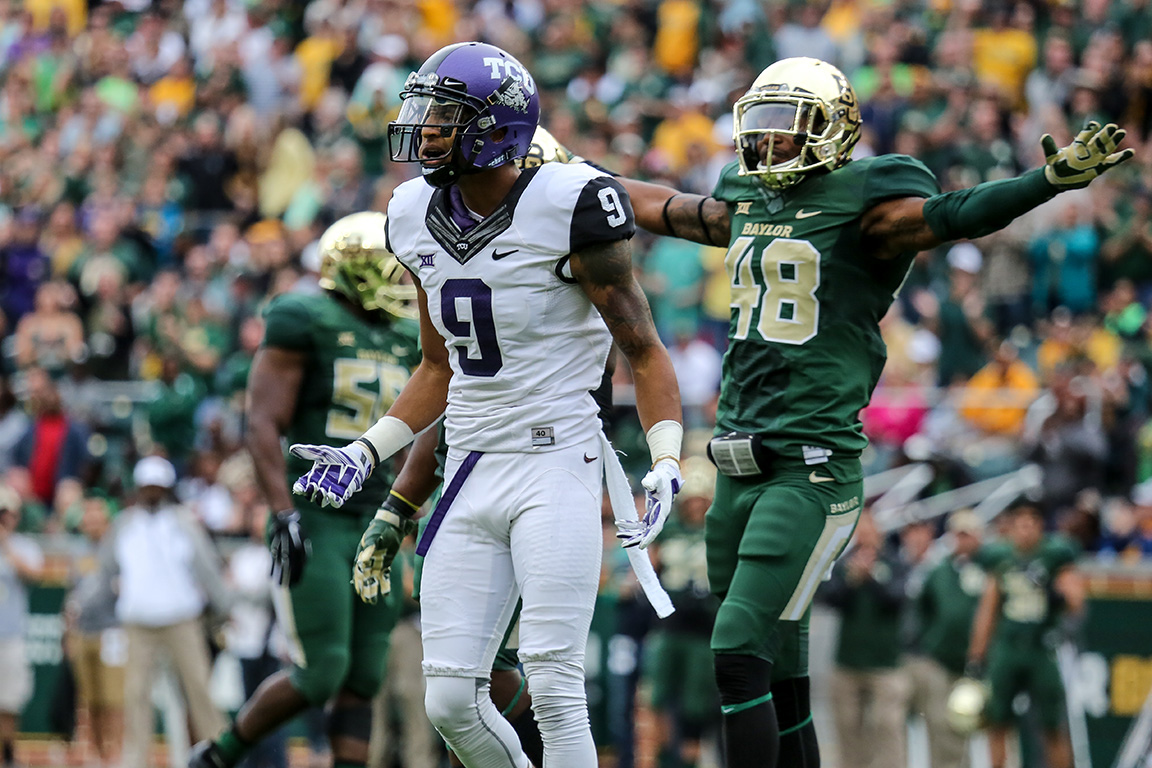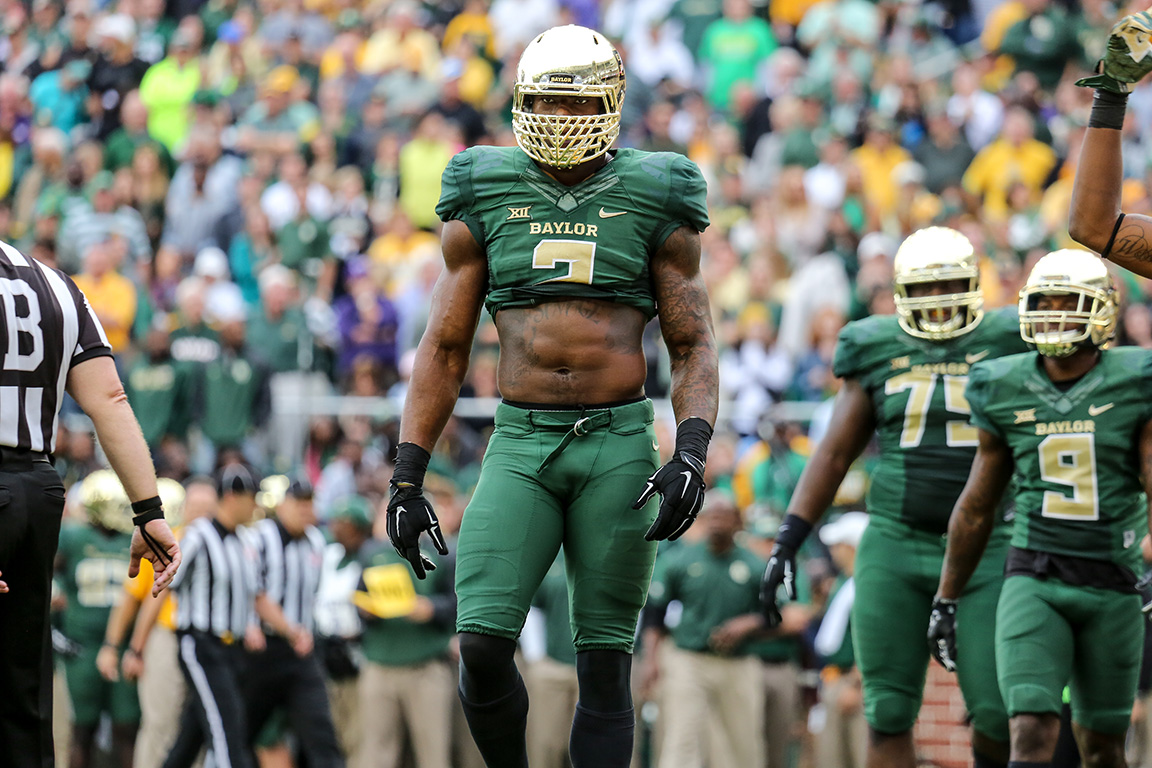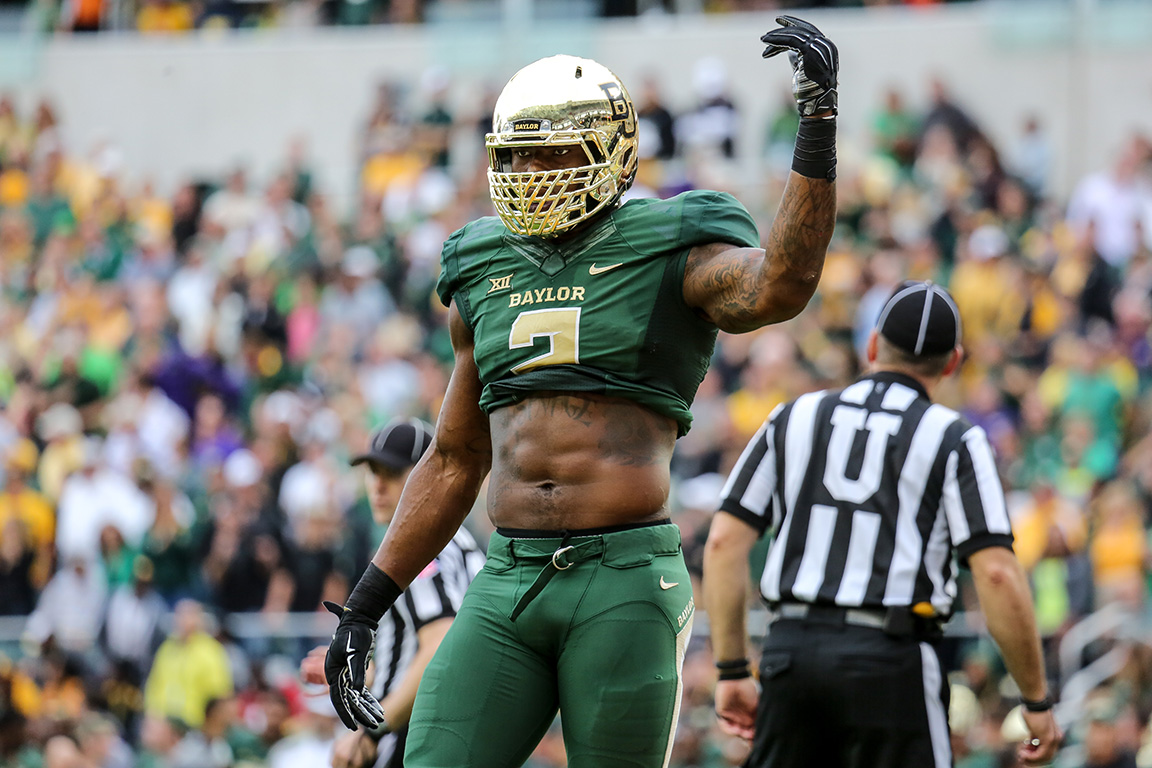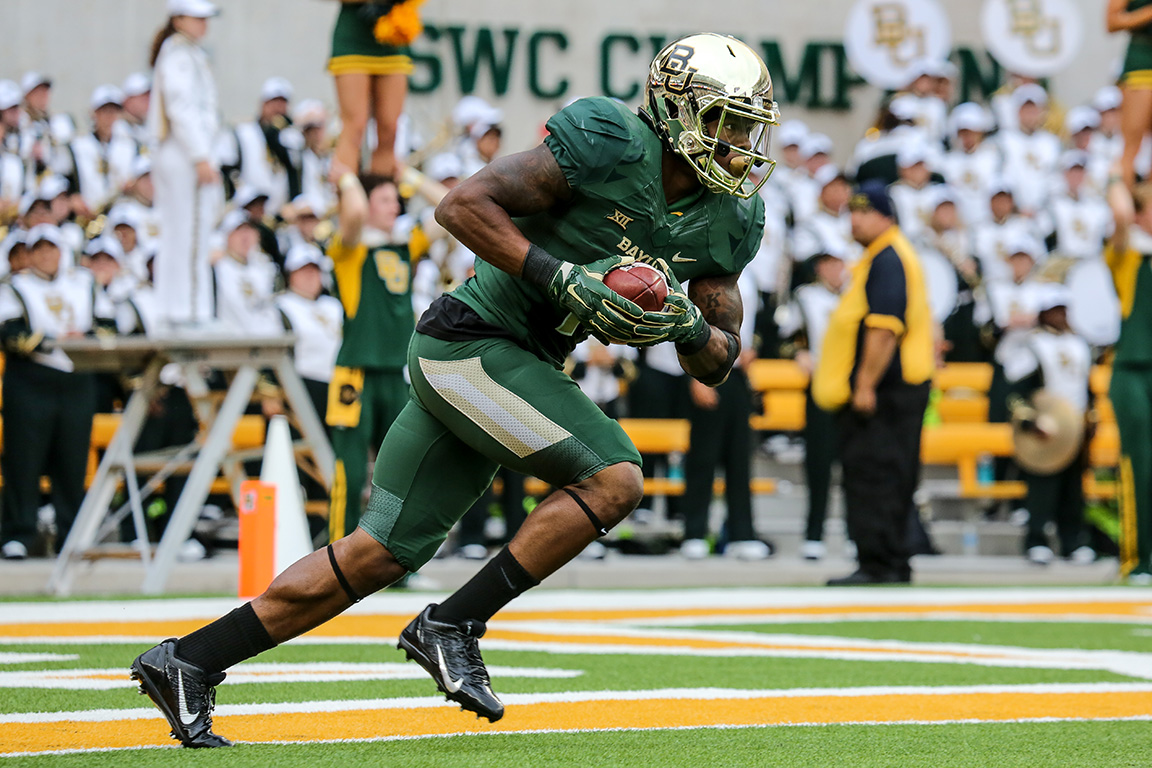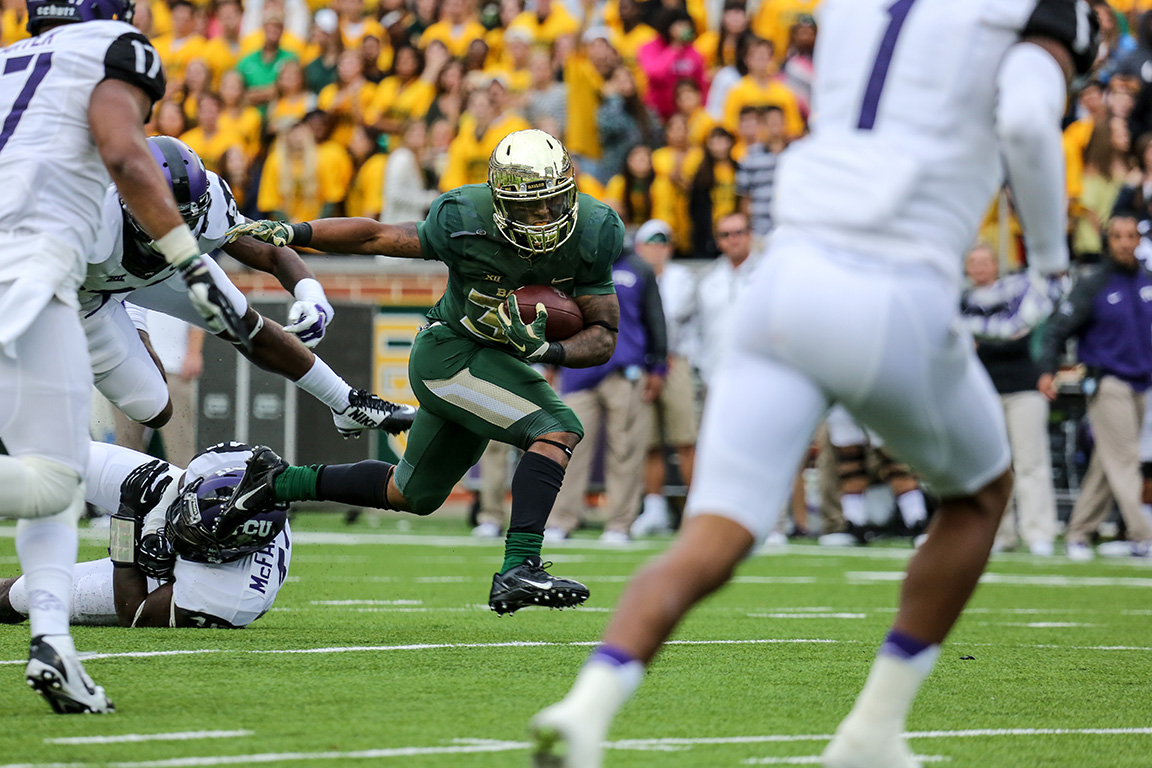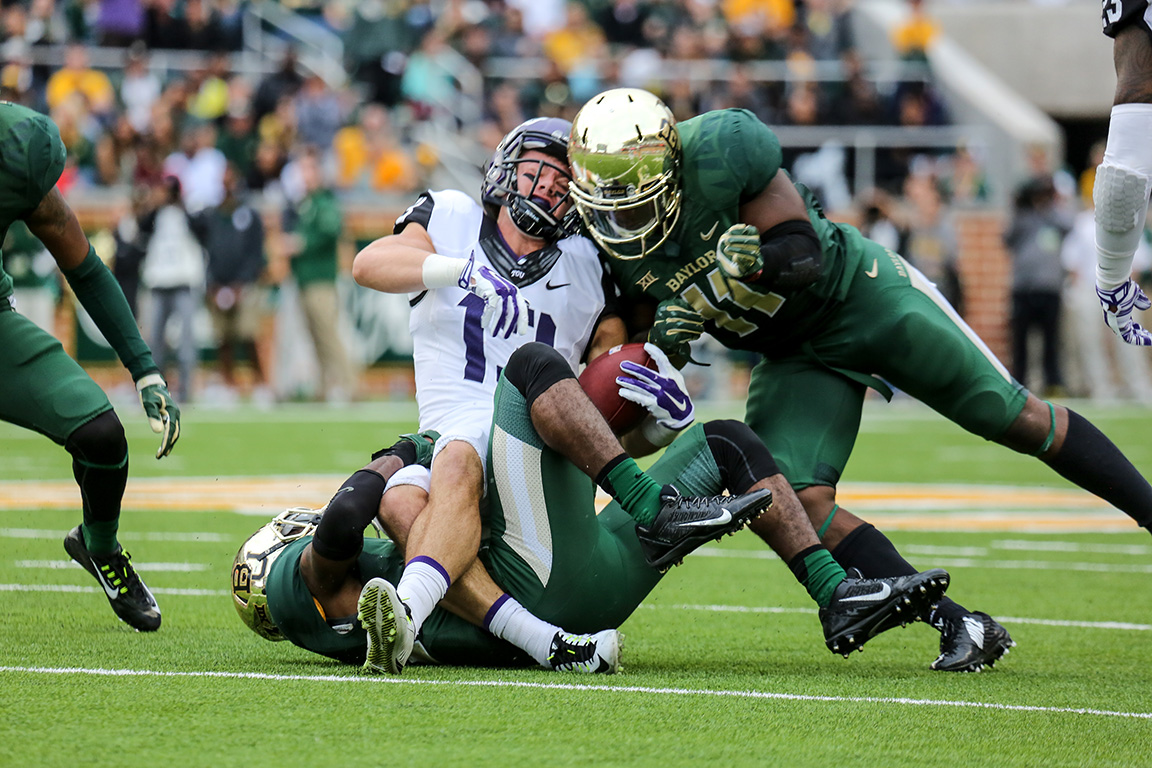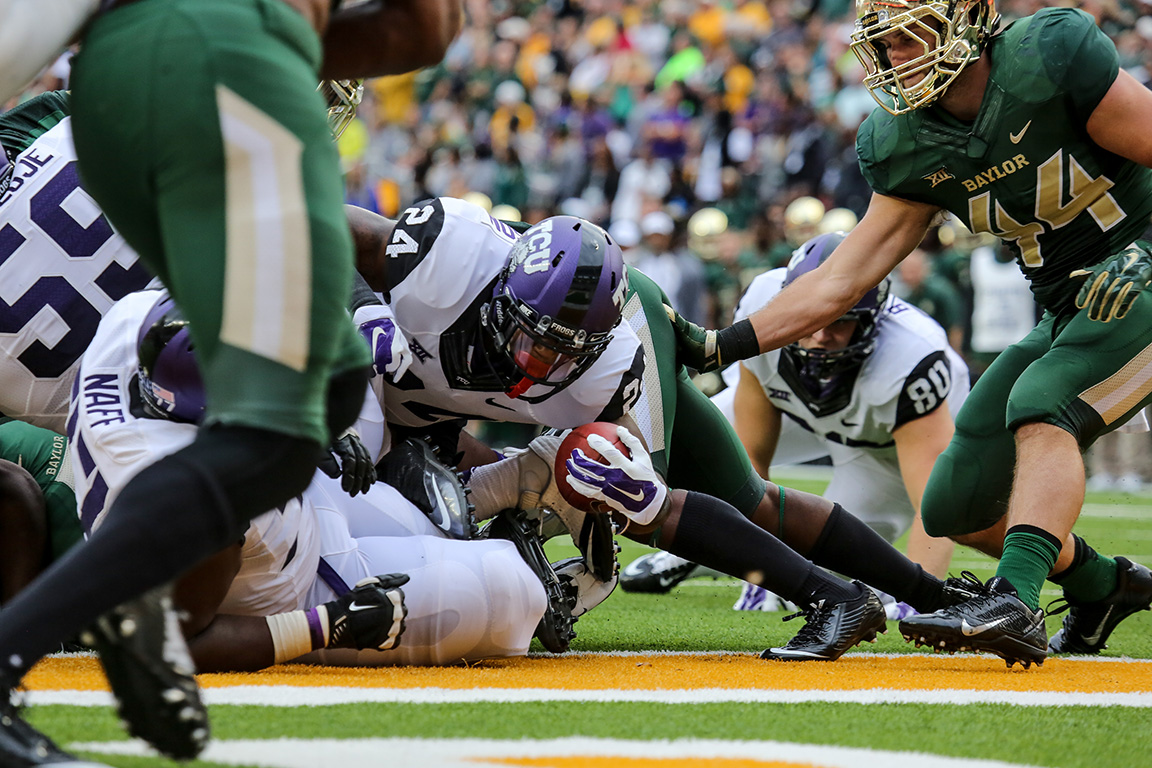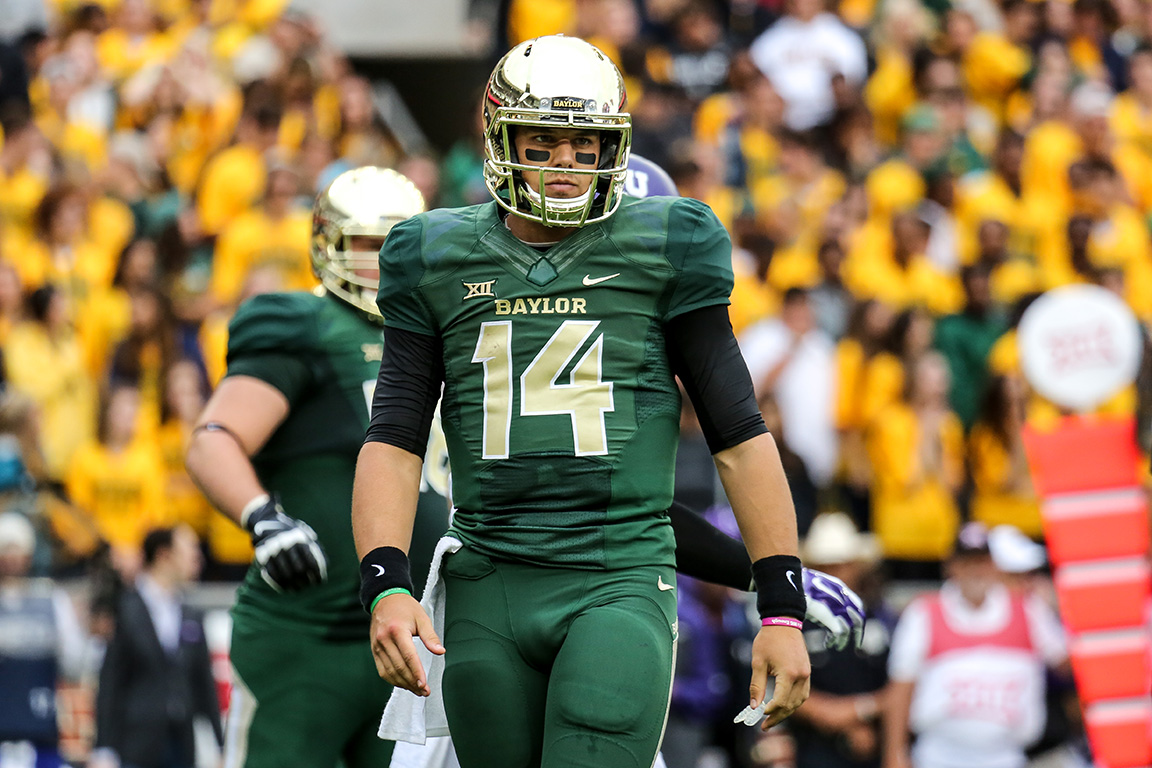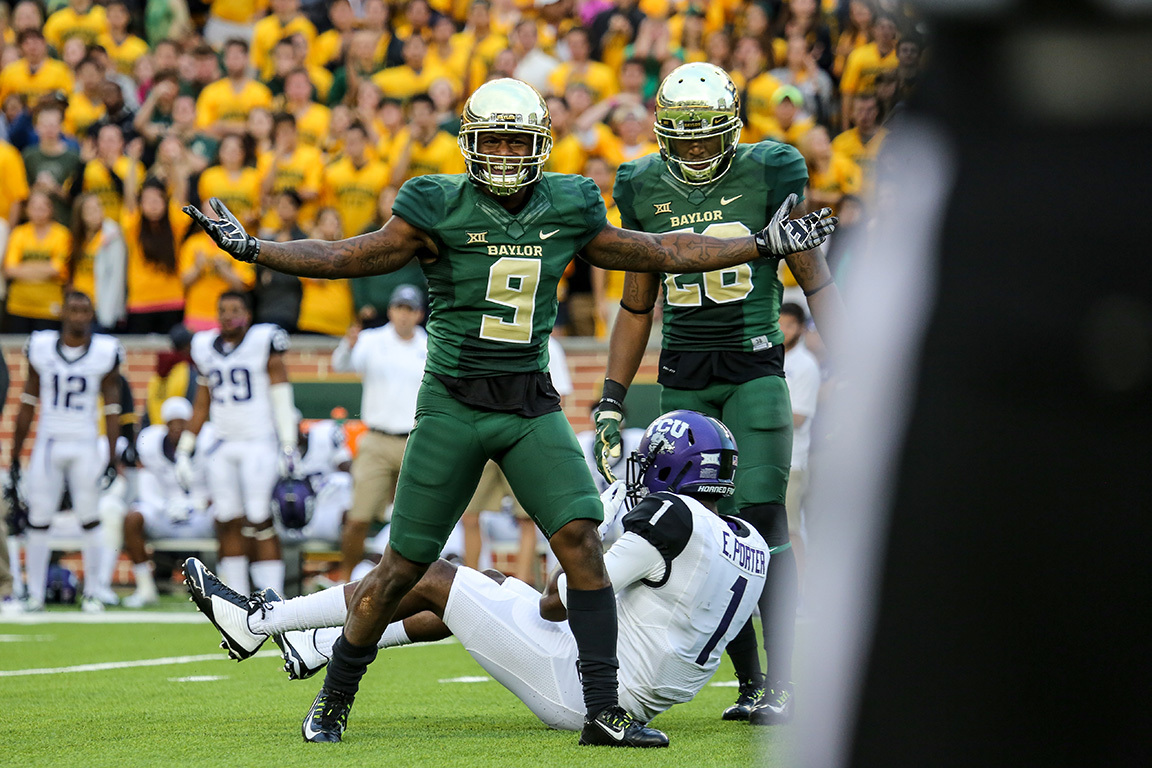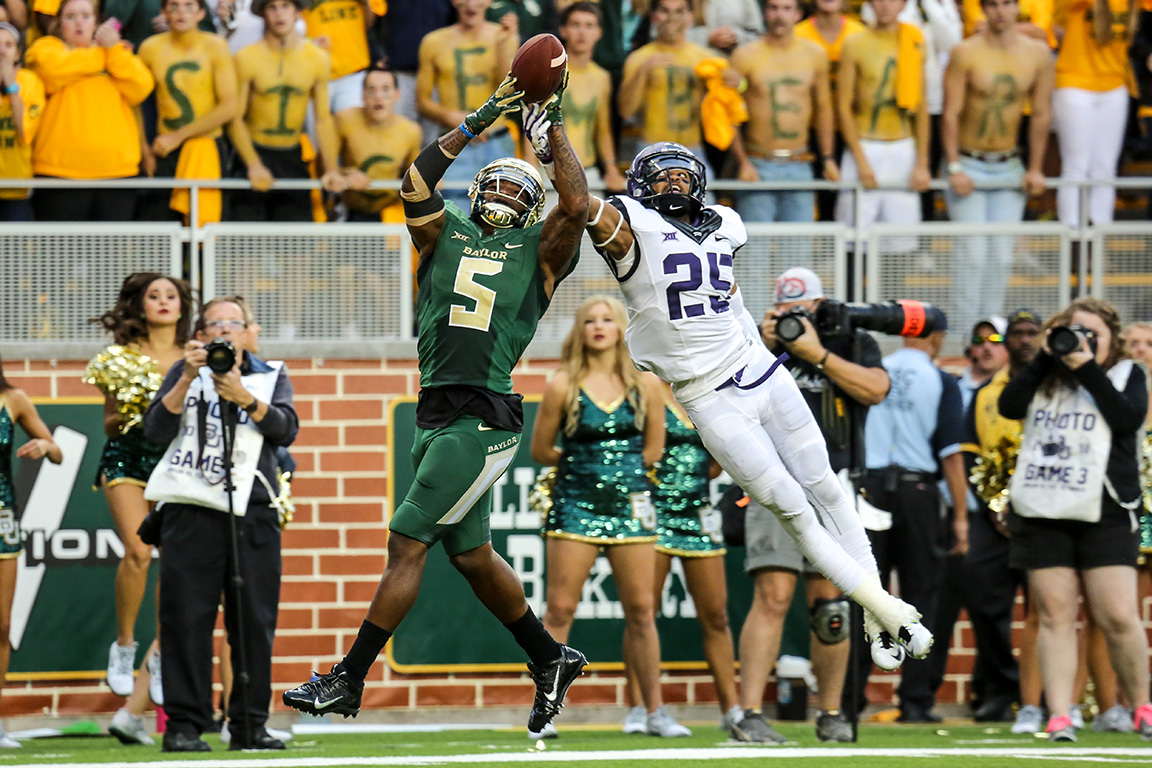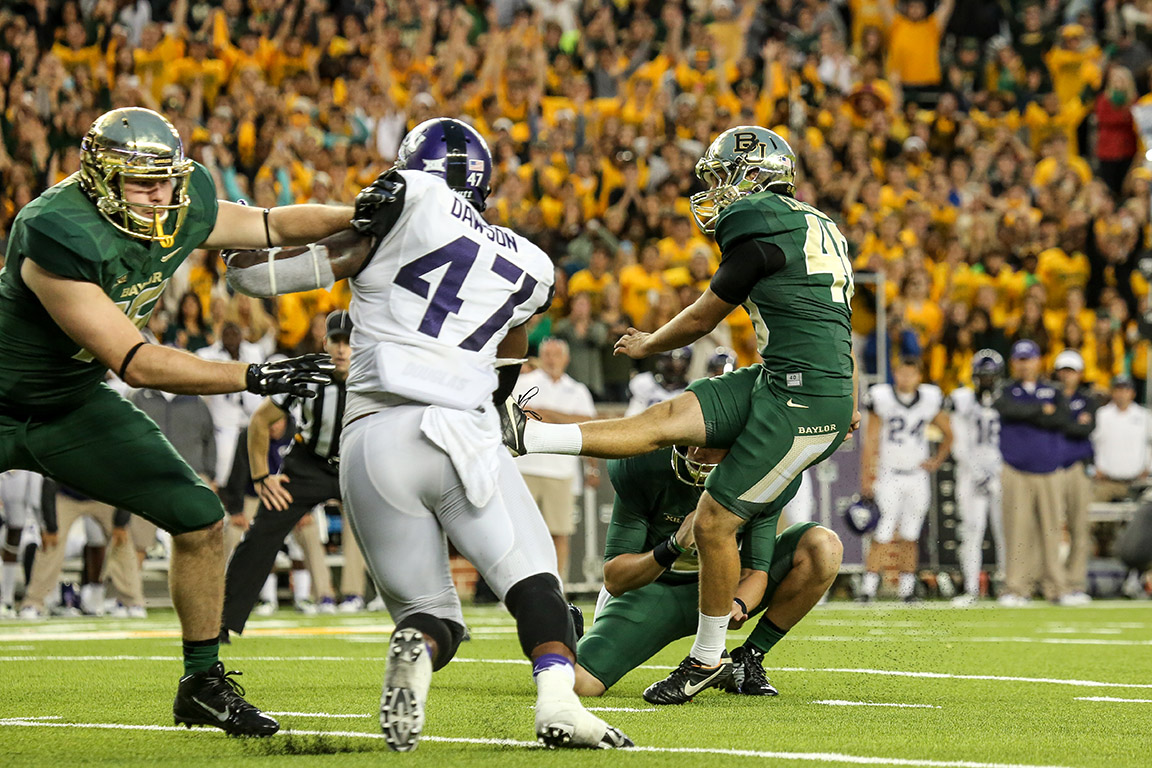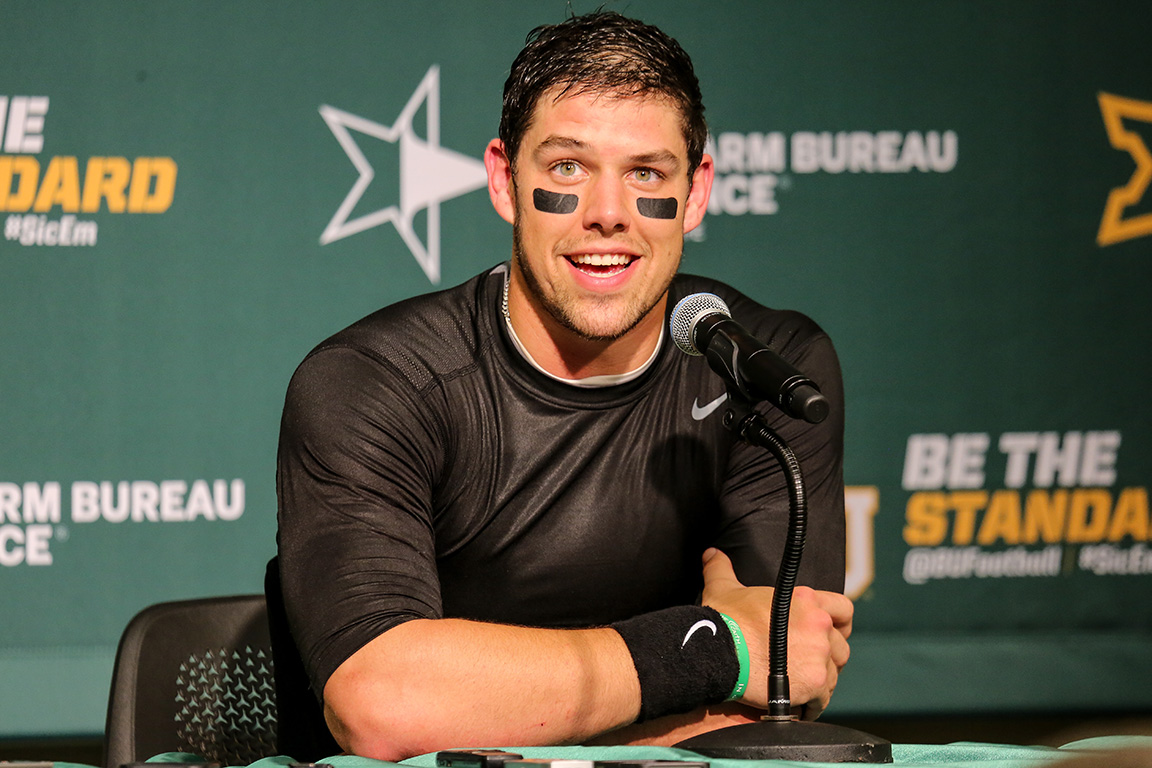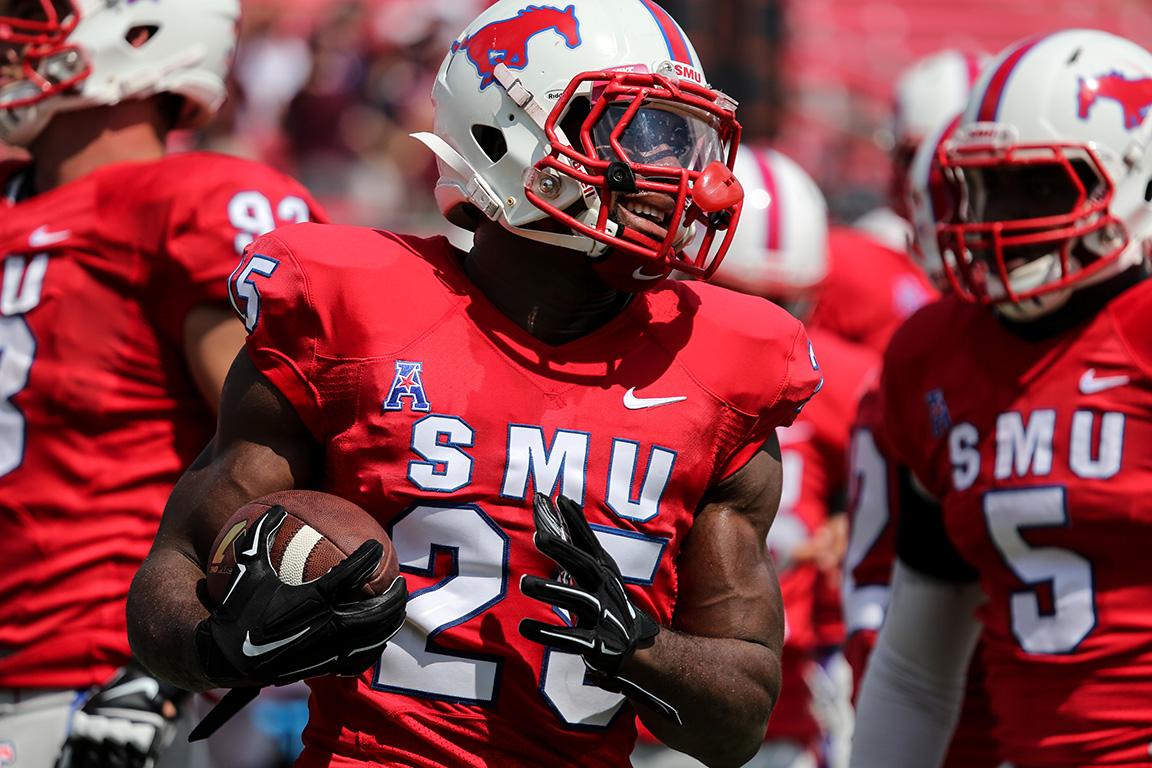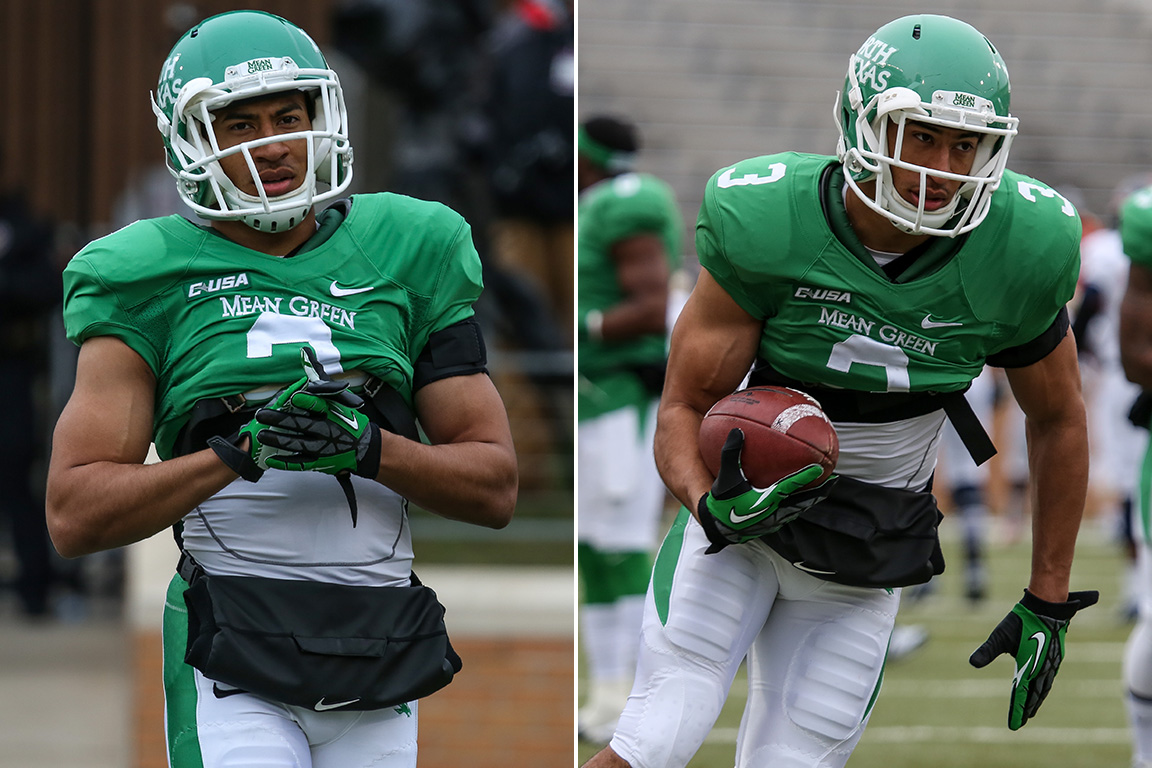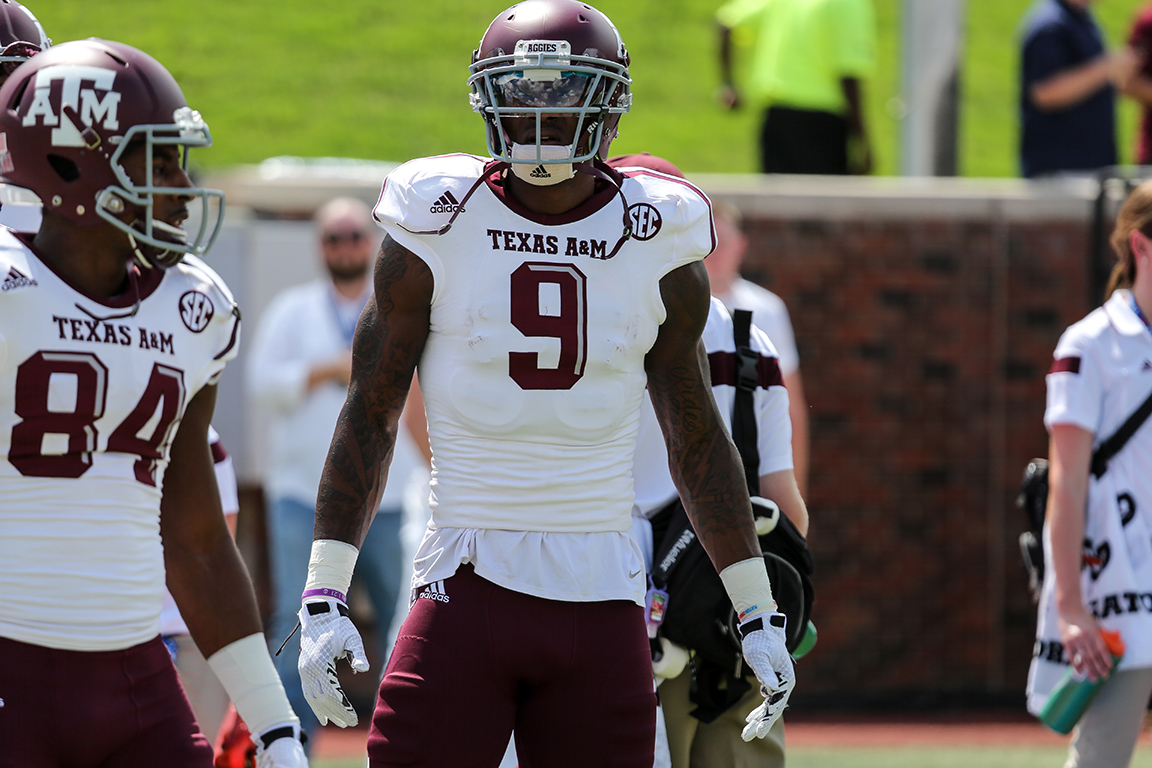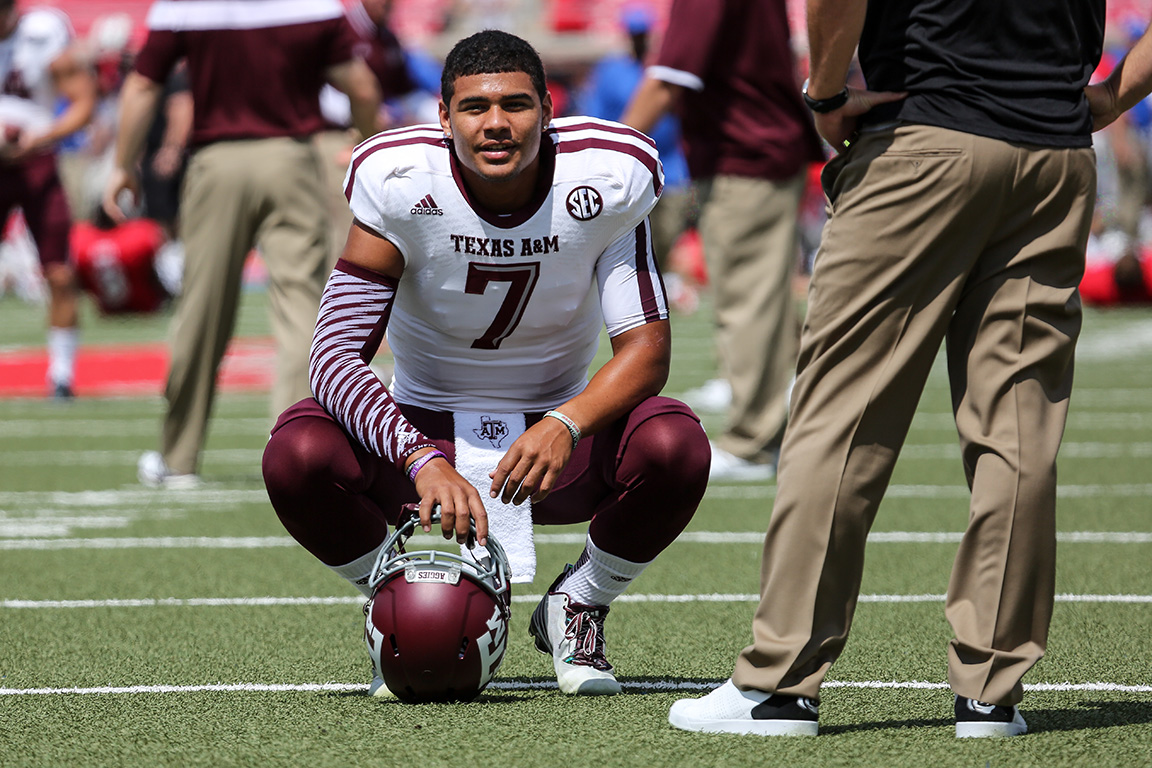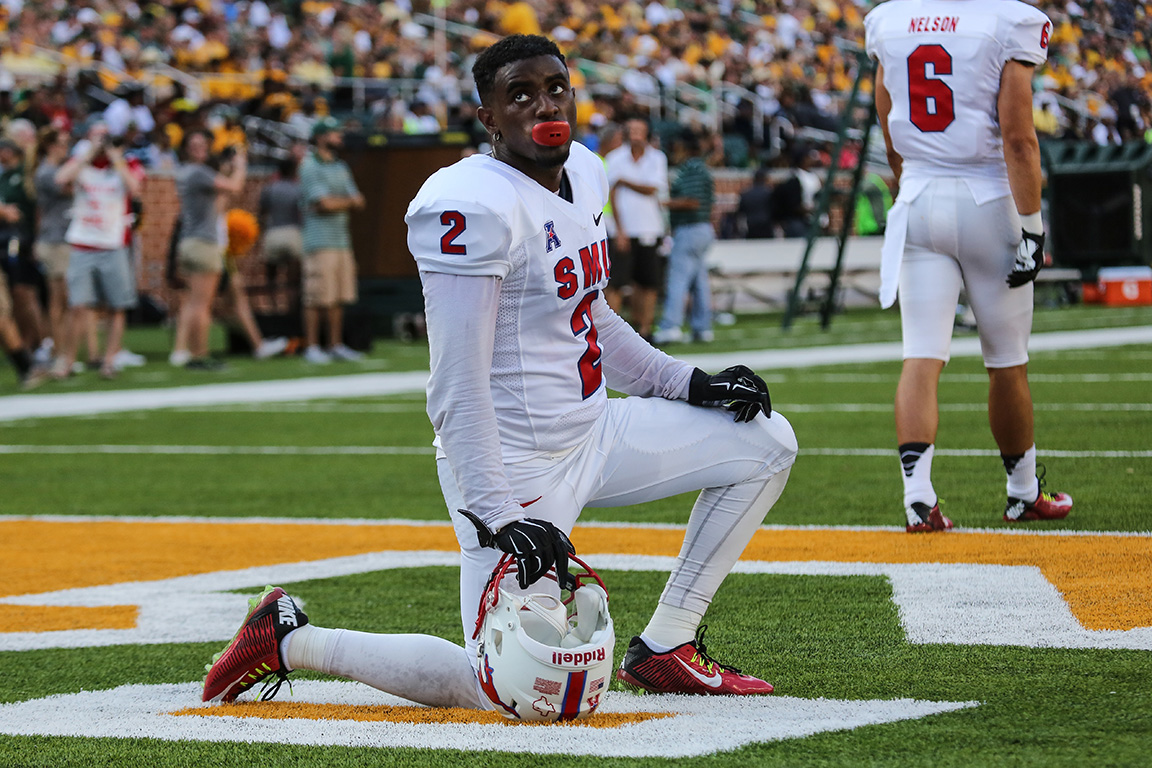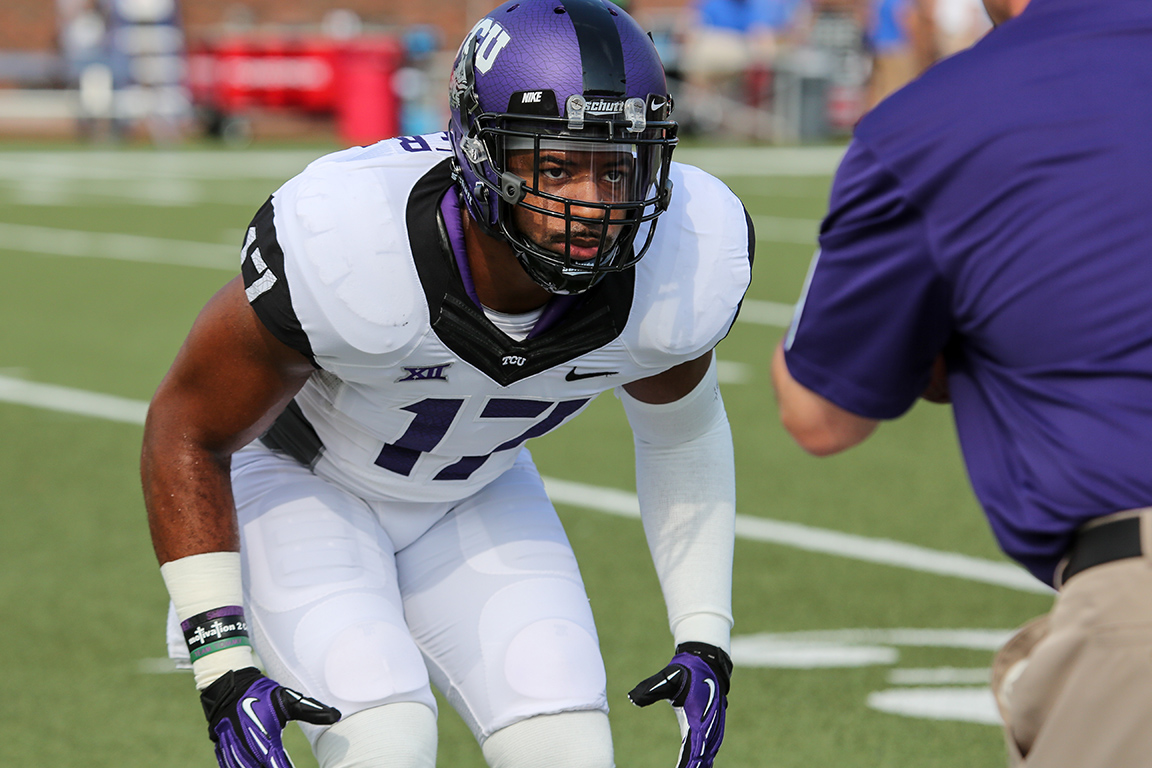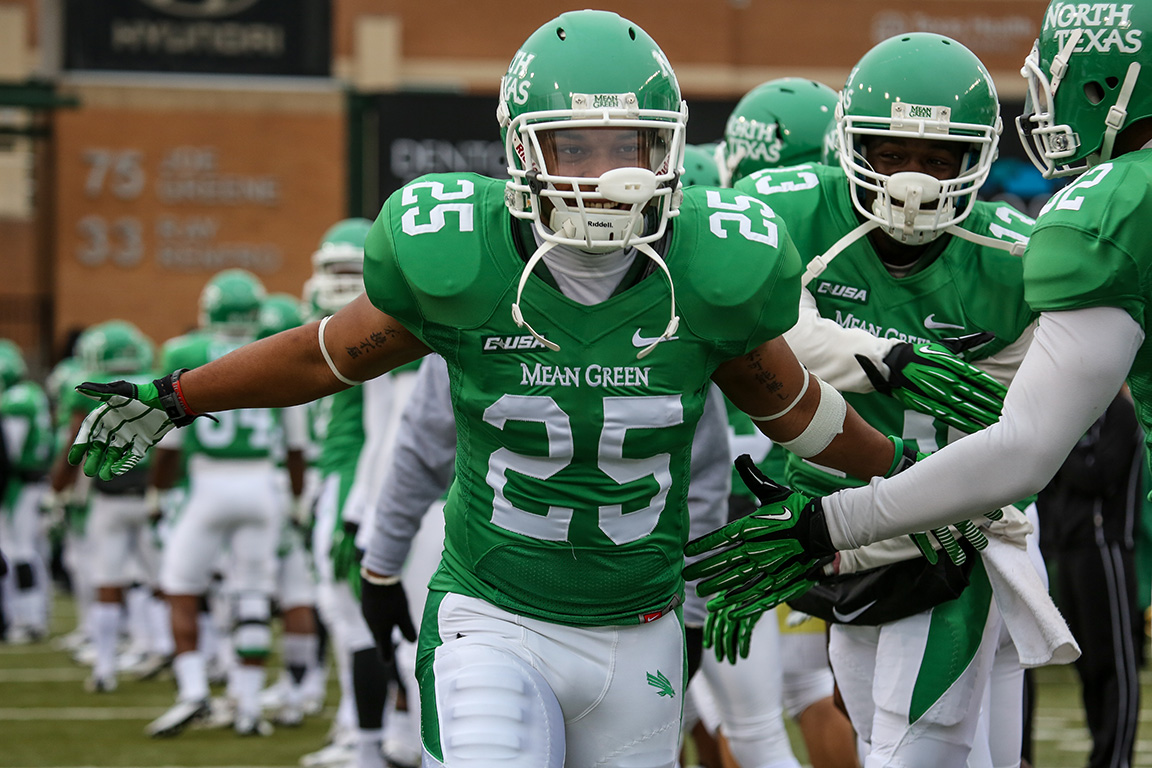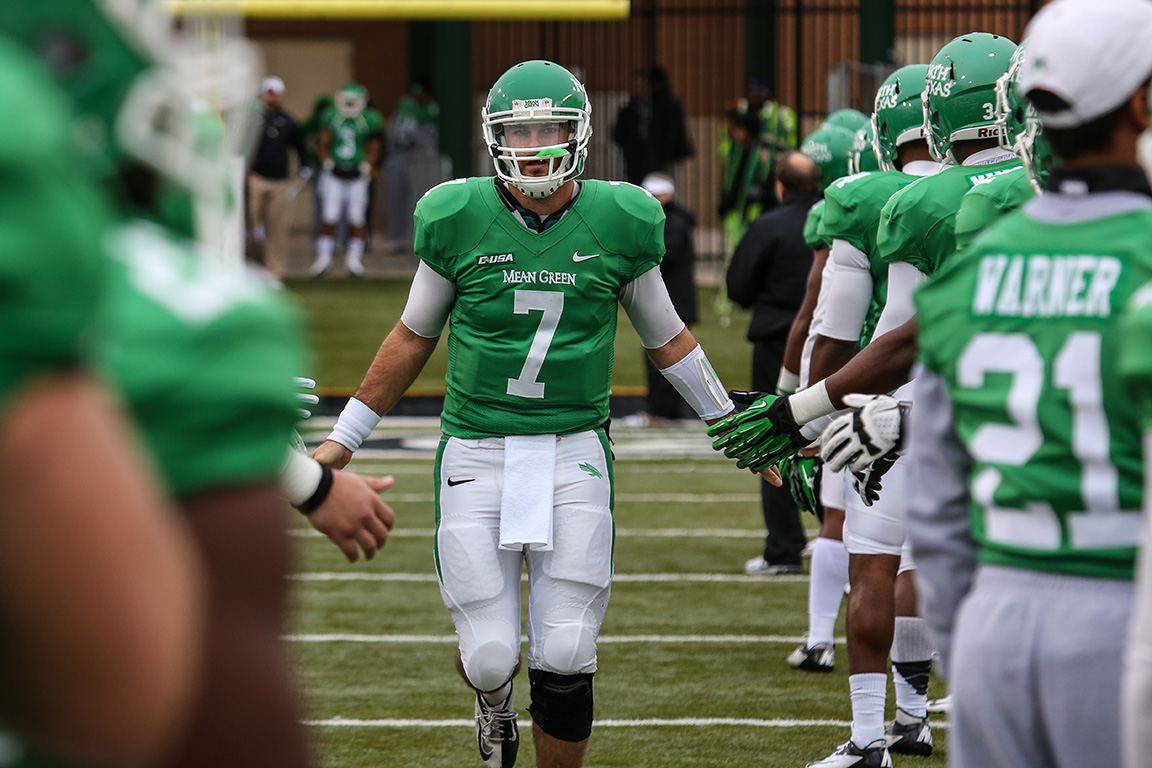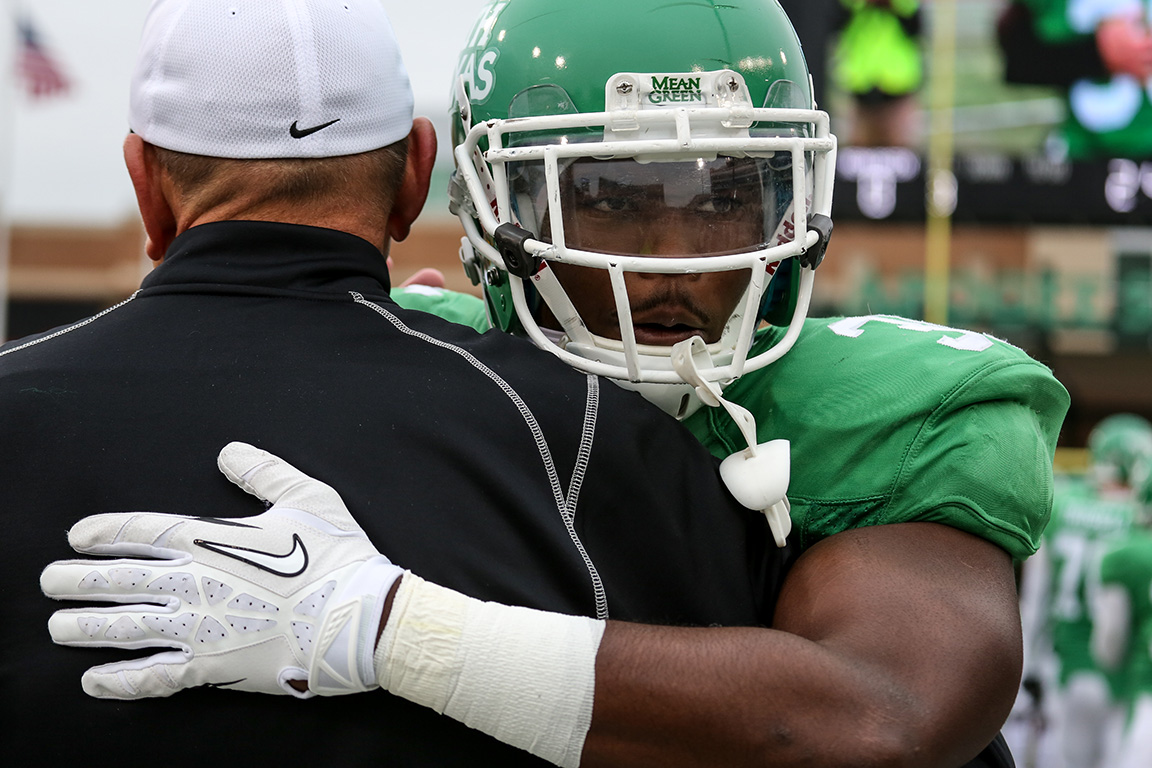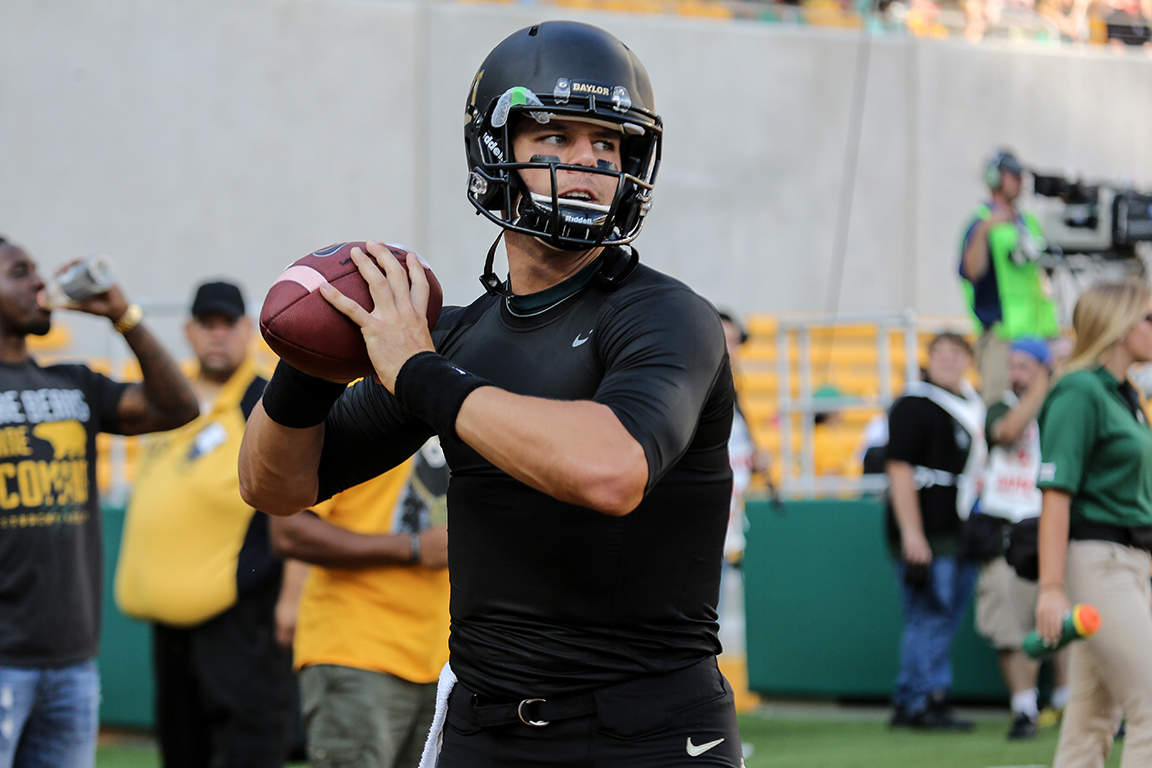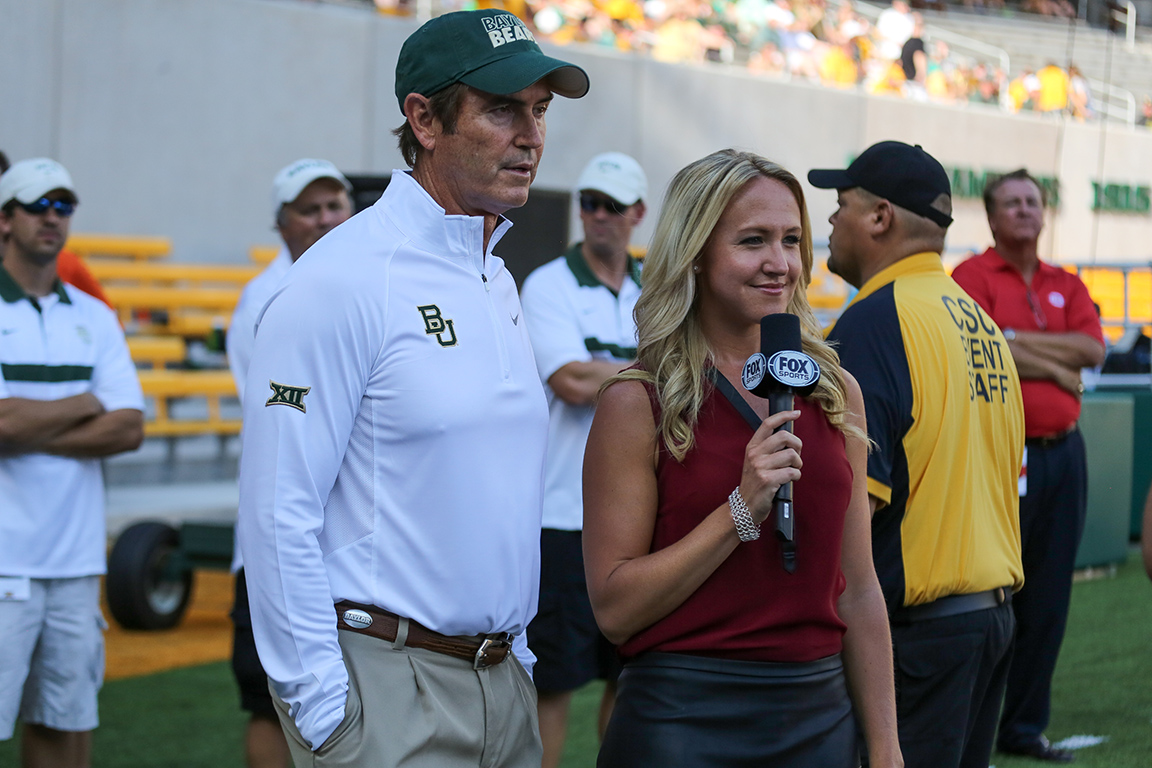Whenever you spend time around a team you start to learn a lot about the players you see on the field. In the last two seasons I've been covering SMU football one of the guys who's stood out to me the most is Kevin Pope (3). He is currently SMU's starting inside linebacker and team captain--he is the leader of team. But what makes his story intriguing is that he is in his fifth season with the Mustangs after being granted an extra year of eligibility due to an injury he suffered earlier in his collegiate career and it just so happens that this is one of SMU's worst seasons on record, who are currently winless. It's such a shame for a player of Pope's caliber, who will do anything for his team and he proved that when he played running back in the beginning of the season because his team needed help at that position. After moving back to linebacker and having a great game, I spoke to his coach about the kind of athlete and man Pope is.
This is a story I originally wrote for Central Track
The SMU Mustangs lost their seventh game of the season on Saturday to the Memphis Tigers, a conference foe, 10-48.
Yup, it was bad.
Worse, the loss officially eliminated the team from being bowl-eligible, and insured the Mustangs of finishing with a losing record.
There's no denying this has been a terrible season for the Mustangs all around, and the near-empty Ford Stadium in the second half on Saturday proved that this team has lost what little remained of its support. The product on the field isn't pretty, and, statistically, SMU is the worst team in the FBS. SMU is the only winless team in the country, ranks last in scoring offense and scoring defense, last in total defense and second to last in total offense.
Yikes.
A season like this was definitely not what senior Kevin Pope envisioned for his team heading into the season. After missing the 2010 and 2011 seasons due to injury and earning a medical waiver, Pope is in his fifth and final year with the Mustangs -- and he undoubtedly didn't want to end his collegiate career this way.
Last season, Pope led the team with 91 tackles from the linebacker position. After several injuries at running back, Pope then started getting carries at that position as well, while still keeping up his defensive duties on the other side of the ball. Coming into this season, he earned the No. 1 running back position, but with the paralyzing struggles the offense has had thus far -- including a four-way round-robin quarterback shuffle -- interim head coach Tom Mason thought Pope would be more valuable to his team if he returned to his linebacker role for the rest of the season.
Last week against Cincinnati, in his first action at linebacker this season, Pope stepped in and recorded seven tackles. This weekend against Memphis, he led the team with 12 tackles and also recorded a sack.
"You gotta love that kid," Interim head coach Tom Mason said. "I wish I had 20 of him. We wouldn't be sitting here talking about problems if I had 20 kids like Kevin Pope."
In the second half of this week's game, after things were already way out of hand, starting running back Prescott Line was on the sideline having an ankle injury attended to. And after backup running back Luke Seeker sustained a huge hit, it appeared as if Pope was lobbying for some carries. Still, Mason stuck to his plan of keeping Pope on defense only.
"Kevin is one of those kids," Mason said. "He'd go both ways. He'd take 90 snaps on defense and 70 snaps on offense and he'd go down in heat exhaustion. That's the kind of kid he is."
For a senior who was fortunate enough to play college football for one more year, his effort has shown gratitude this season. He's certainly leaving it all on the field.
"I just want to bring a different mentality toward the defense and go out there and just be a vocal leader and help them play better," Pope said when asked about his efforts this season. "I just want to go out there and play as hard as I can and spark the defense."
To his credit, the losing season hasn't affected Pope or his play on the field. For now, the team's lone bright spot is only concerned with going out every play and giving it his all.

